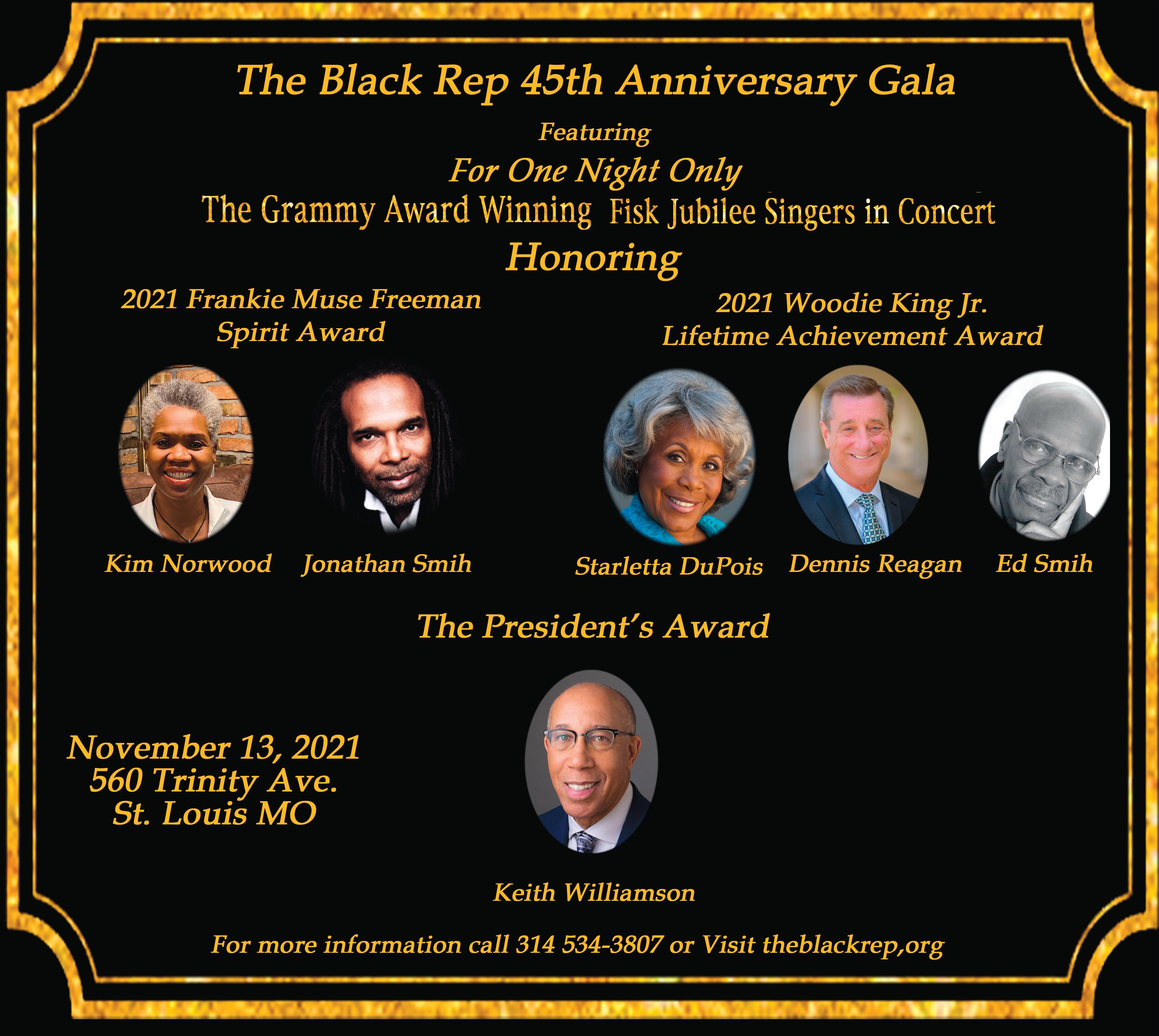
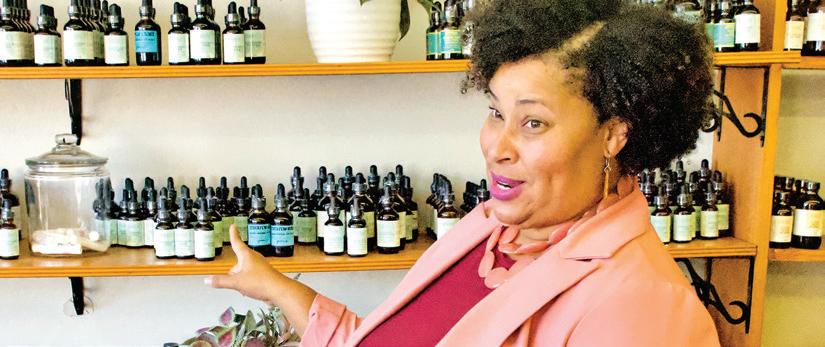





By Sophie Hurwitz
The St. Louis American
Jonathan C. Smith, St. Louis University’s inaugural vice president for diversity and community engagement, died suddenly on June 19 at 61 following a stroke.
At his memorial at Chaifetz Arena, SLU’s president Fred P. Pestello announced plans to rename the amphitheater near the school’s iconic clock tower in Smith’s memory.
“It’s a special place on our campus where our community tends to go when it needs to process something, when it needs to pray, when it needs to mourn,” Pestello said at the time. “And that’s where you’d find Jonathan.”
n “It’s a special place on our campus where our community tends to go when it needs to process something, when it needs to pray, when it needs to mourn.”
– Fred P. Pestello
At Monday’s rededication ceremony, a plaque bearing an image of Smith and an inscription in his honor was unveiled. Several of those who loved Smith spoke at the event and recalled his importance to the school and the greater St. Louis community.
“This particular place where we stand on campus meant so much to him,” Smith’s wife, Rochelle Smith, said at the event. “It was his North Star and a physical reminder of his mission. Here, in this amphitheater that is so graciously dedicated to him today, may students find rest and restoration. May you find courage to go on, and go out, and reach across the lines that attempt to divide us.” In 2014, the killings of Michael Brown Jr. and VonDerrit Meyers led to student protests on campus, culminating in a group who camped out at the school’s clock tower. Smith stood in solidarity with student protesters and served as a bridge between them and its administration. This eventually led the university to adopt the Clock Tower Accords
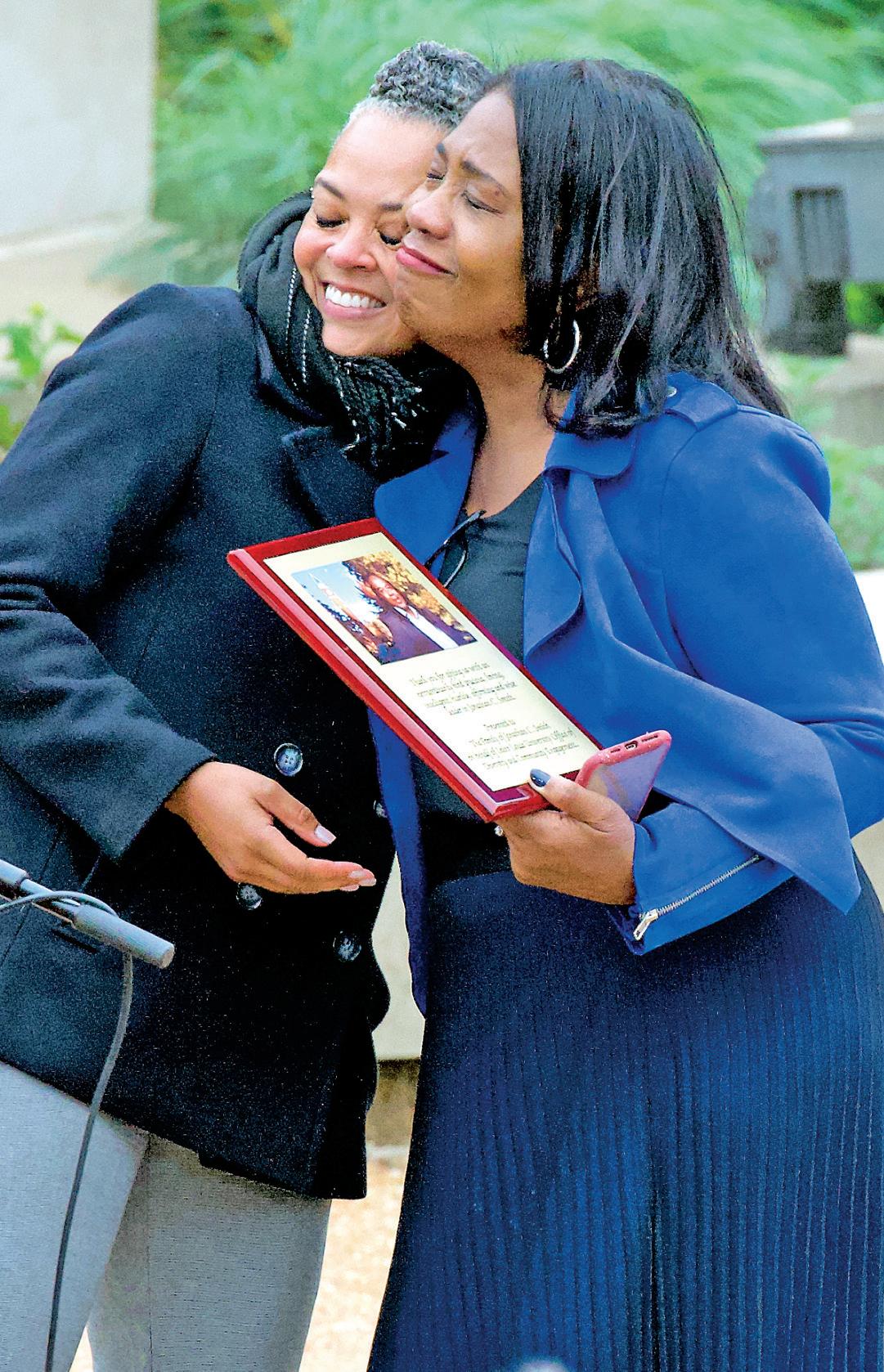
Underling Piggee put on notice
By JoAnn Weaver
The St. Louis American
Paul McKee keeps piling insults on the Black community.
The developer spurned a personal invitation to discuss the public outrage at his insistence to use of the name Homer G. Phillips Hospital on a three-bed clinic by being a no-show at a City Hall meeting on Monday afternoon. Community activist and co-chair of the Campaign for Human Dignity Zenobia Thompson said those in attendance were dis-
appointed, but not surprised.
Instead of facing his critics, McKee and his board issued a press statement by his attorney Darryl Piggee. Thompson deemed it as insulting.
“[Piggee] criticized folks about not caring about healthcare, which is insulting,” Thompson said.
“I know myself, and each and every one here, cares about the struggle for healthcare for African Americans.”
St. Louis Mayor Tishaura Jones said she wants the name immediately removed from the facility.
“We cannot allow a three-bed urgent care facility that does not accept Medicaid and Medicare to be named after one of our icons,” Jones said.
“Without the presence of the first Homer G. Phillips hospital, many Black doctors and nurses would not have been able to become those doctors or nurses.”
The Homer G. Phillips Memorial Hospital board of directors claim their decision “was made after careful consideration and consultation with many in the community and we believe it was the right one.”
It included the callous statement “we have no intentions to re-examine the naming of this

Training for supporters of victims’ families
St. Louis American staff
For the first time, St. Louis will have a volunteer training program for those who want to support the families of individuals killed by police, corrections officers, or other state officers in the St. Louis Area.
The Fatal State Violence Response Program, a collaboration between Faith for Justice and ArchCity Defenders, is seeking volunteers to participate in their crisis response program and 24-hour hotline.
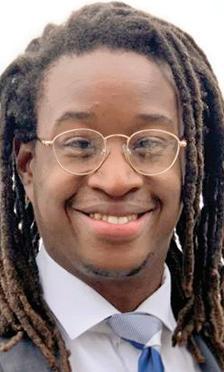
The group has stated that volunteers “will learn trauma-informed techniques for helping families in the aftermath of killings by police and in-custody jail deaths.”
This program is informed by decades of similar work done in a less structured format. The Coalition Against Police Crimes and Repression (CAPCR), for example, has been doing support work for the families of those killed by police or in custody since 1983, after Marilyn Banks was killed by a stray bullet from a police officer’s gun while sitting on her front porch. CAPCR supported her family in the aftermath, particularly her two young sons. Volunteers trained in the Fatal State Violence Response Program will be building off of CAPCR’s work, as well as the work of the Oakland, California-based Anti Police Terror Project. Other groups doing similar victim-support work


Tommy DeBarge, co-founder of R&B group Switch dead at 64
Tommy DeBarge, one of the founding members of the R&B group Switch and a sibling in the DeBarge family, is dead at 64 years old.
His younger brother, El DeBarge, shared a touching Instagram post about the loss.
“And so it is that on October 21, 2021, I had to say farewell to one of the greatest bass guitarists this world has ever known, and I am grieved as I confirm to you that my brother, Thomas Keith DeBarge, passed away.”
He continued, “My dear brother Tommy finally made his transition after a lengthy illness. Tommy was a loving, gentle soul and a beloved son, husband, father, grandfather and one of the best brothers anyone could ever ask for. His legacy will live on in the hearts of all those who love him so much and in the beautiful music he created with our brother Bobby, as well as that of his musical peers in the famous R&B group Switch! Both my brothers Bobby and Tommy DeBarge are together now safely in the arms of our Lord Jesus Christ, though our hearts are still heavy as it will require some time to deal with the fact that he is gone and just missing him so much.”
He added,“I want to say on behalf of the whole DeBarge family we really appreciate all your prayers, especially for our mother, Etterlene DeBarge, whose faith in God’s heavenly promises is unwavering.”
TMZ reported DeBarge died Thursday, Oct. 21 after being hospitalized for kidney failure. He also contracted coronavirus earlier in the year.
Tommy was most known for being a group member in Switch from the mid-to-late 1970s. The group sang popular hits “There’ll Never Be,” “Love Over & Over Again,” and “I Call Your Name.”
Snoop Dogg’s mother Beverly Tate died, details not shared with public
Snoop Dogg’s mother Beverly Tate died. He shared a slew of social media posts detailing the news Sunday.
“Mama thank u for having me,” Snoop said in an Instagram post accompanied by a photo of them together.
He shared a photo of her posing in a red dress while holding a bouquet of flowers in another post
“Thank u god for giving me an angel for a mother,” He captioned the post.
No information has been provided yet on how Tate died. It’s reported that she had been hospitalized since Monday. In June, Snoop posted a photo
of him and his brothers visiting Tate at the hospital.
“Happy Sunday me and my brothers went to c mama today and she opened up her eyes to c us and let us know she still fighting,” he said at the time.
Boosie makes homophobic, hate-filled remarks toward Lil Nas X for “trolling”
Lil Nas X joked about making a song with Boosie, which did not sit well with him.
Lil Nas X posted an Instagram video of him saying he has a song coming out with Boosie over the weekend.
“I been working on this song with Lil Boosie, bro. I have this song with Lil Boosie, gonna come out.” he said in the post. In response, Boosie made a homophobic comment toward him and said he should commit suicide.

“STOP TROLLING ME F-----
LOL!! U A WHOLE B---- PLAYING WITH A GANGSTA SMH U CAN KEEP SUCKING D--- N GET-
TIN F---ED N YOUR A-N PEACE N #uhateyourself I WOULD TOO IF I WAS YOU LOL NASx IF YOU #commitsuicide YOU WOULD DO THIS WORLD A HUGE FAVOR NOBODY WANTS U HERE,” he tweeted
on Oct. 23. The tweet remained online for a while before getting deleted for Twitter violation rules.
Abusive relationship has left Taraji P. Henson with part of her lip missing Award-winning actress Taraji P. Henson opened up on her Facebook Watch series, “Peace of Mind with Taraji” with Angela Simmons about the moment she knew it was time to leave an abusive relationship from her past. Henson said in a clip that sometimes women fall madly in love and figure they can fix a situation later, but for her, the last straw was when she bled.
“It started with the bruises and grabbing, things like that,” she said. “Then once the fist came— I’m missing a piece of my lip to this day — that’s when I knew I had to go.”
When she started talking about her childhood, she explained that abuse was also something she experienced in her younger years.
“I grew up around it, and at the time, I had my son, and I was like, ‘I don’t want my son around this,” she said.
She continued, “You can find yourself in any bad situation in life. Guess who it is up to to get out of it? You. That’s it. If you’re not chained to a wall, and no one has a gun to your head and says, ‘I’m going to shoot you,’ where’s the power? You have the power.”
Sources: bet.com, pagesix.com, billboard.com, thejasminebrand.com, www.revolt.tv
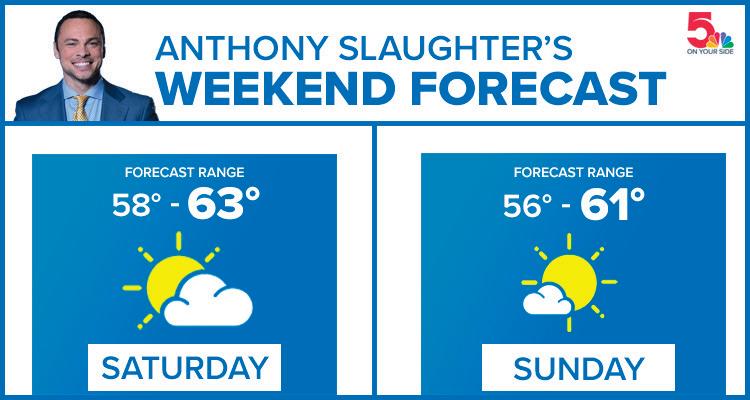







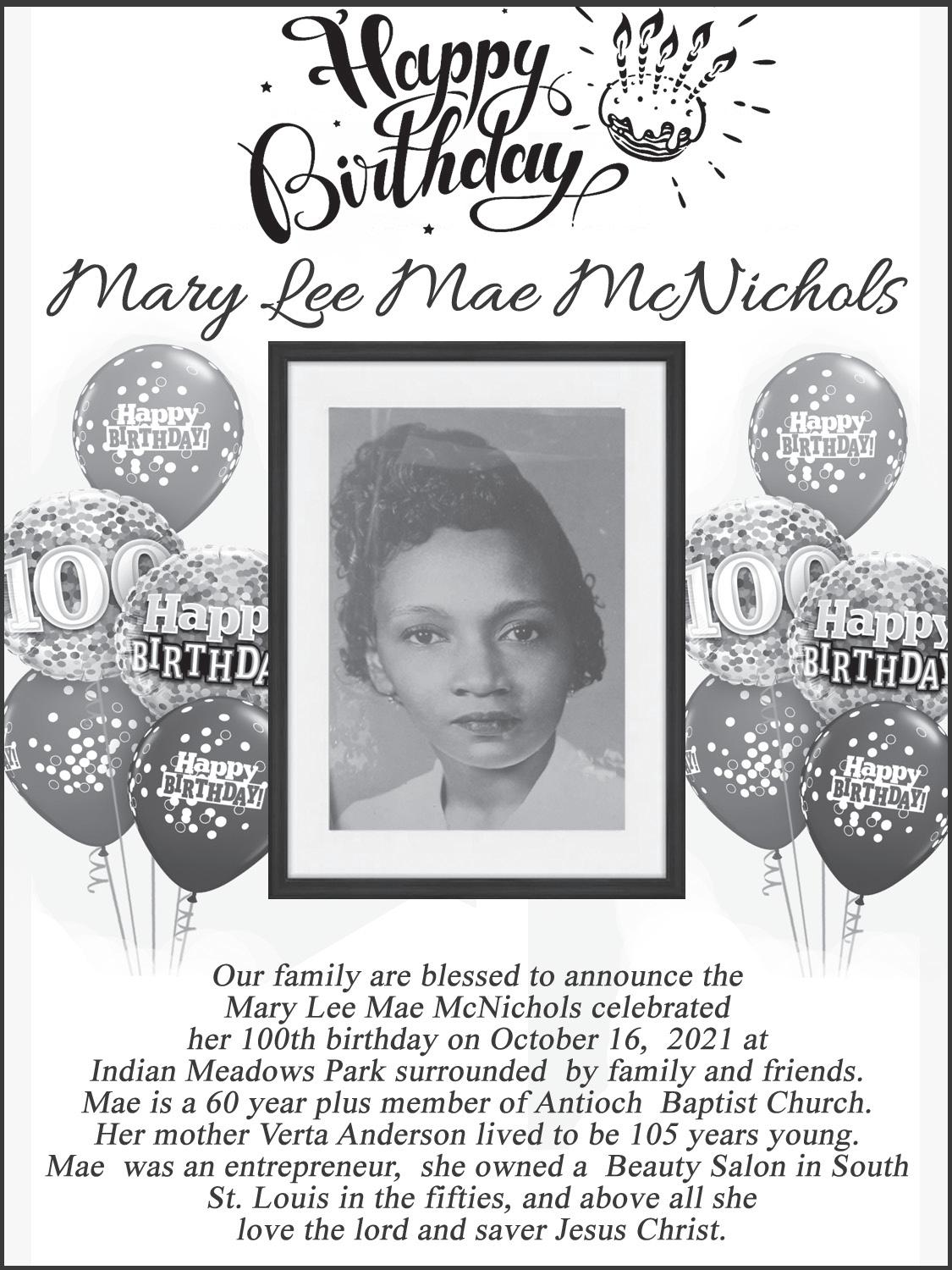

By Sophie Hurwitz
The St. Louis American
The Board of Aldermen passed a resolution prohibiting construction of new schools in the city of St. Louis Friday.
Resolution 65 is largely considered symbolic and unenforceable, as the Board of Aldermen does not have the authority to prohibit new schools from opening. Aldermen passed the legislation primarily to send a message to charter schools seeking to open in the city.
The St. Louis Public School District has not opened new schools for some time and has come under fire for closing several schools this year due to a declining population.
The resolution also calls for the creation of a citywide plan to provide “excellent schools which provides consistent education opportunities across all schools, neighborhoods, and wards,” which will be drafted with input from the Board of Education and the Board of Aldermen, before new schools can be opened in the city. The resolution does not offer a specific timeline in which this should occur.
Over the past decade, schooling in the city of St. Louis has started to look more and more like an elaborate math problem.
About 30 of the city’s schools have closed over the past decade, with several hotly contested public school closings in the past year, while 20 new schools opened during that same decade. Most of them were charter schools.
There are 61 traditional public schools and 33 charter schools in the city of St. Louis, all competing for a shrinking student population: 45,000 students, as opposed to 60,000 just 10 years ago. The schools are working
with limited funding, which is spread too thin across the system.
Most agree on the nature of the problem, but disagreement surfaces when it comes to solving it.
As the debate for a solution continues, St. Louis Public Schools’ students are often left with knowledge bases and test scores far below state standards — with 18.5% of those students achieving “proficient” MAP scores in math and 22.8% in English. Only eight of the city’s 33 charter schools can claim scores any higher than those of SLPS.
Elisa Tomich, The Opportunity Trust communications director, told The American that the information presented during the meeting is incorrect.
“In fact, 23 of the 36 charter schools operating in 2019 exceeded the district’s proficiency rate in math, and 24 charter schools exceeded the district’s proficiency scores in English/ language arts. Twenty-one charter schools exceeded the district’s proficiency rates in both subjects. This is based on the most recent MAP data,” she said.
“The correct information can be found in building-level data tables and data visualizations on the Missouri Department of Elementary and Secondary Education’s website.”
The resolution was sponsored by Alderman Jesse Todd, Ward 18, and passed by a 24-1 Friday morning vote after over four hours of discussion in committee Thursday night. Alderman John Collins-Muhammad was the sole vote against the legislation.
Representatives from SLPS, the AFT Local 420 teachers’ union, Board of Education members, SLPS parents, and other community members spoke in support of prohibiting the founding of new schools.
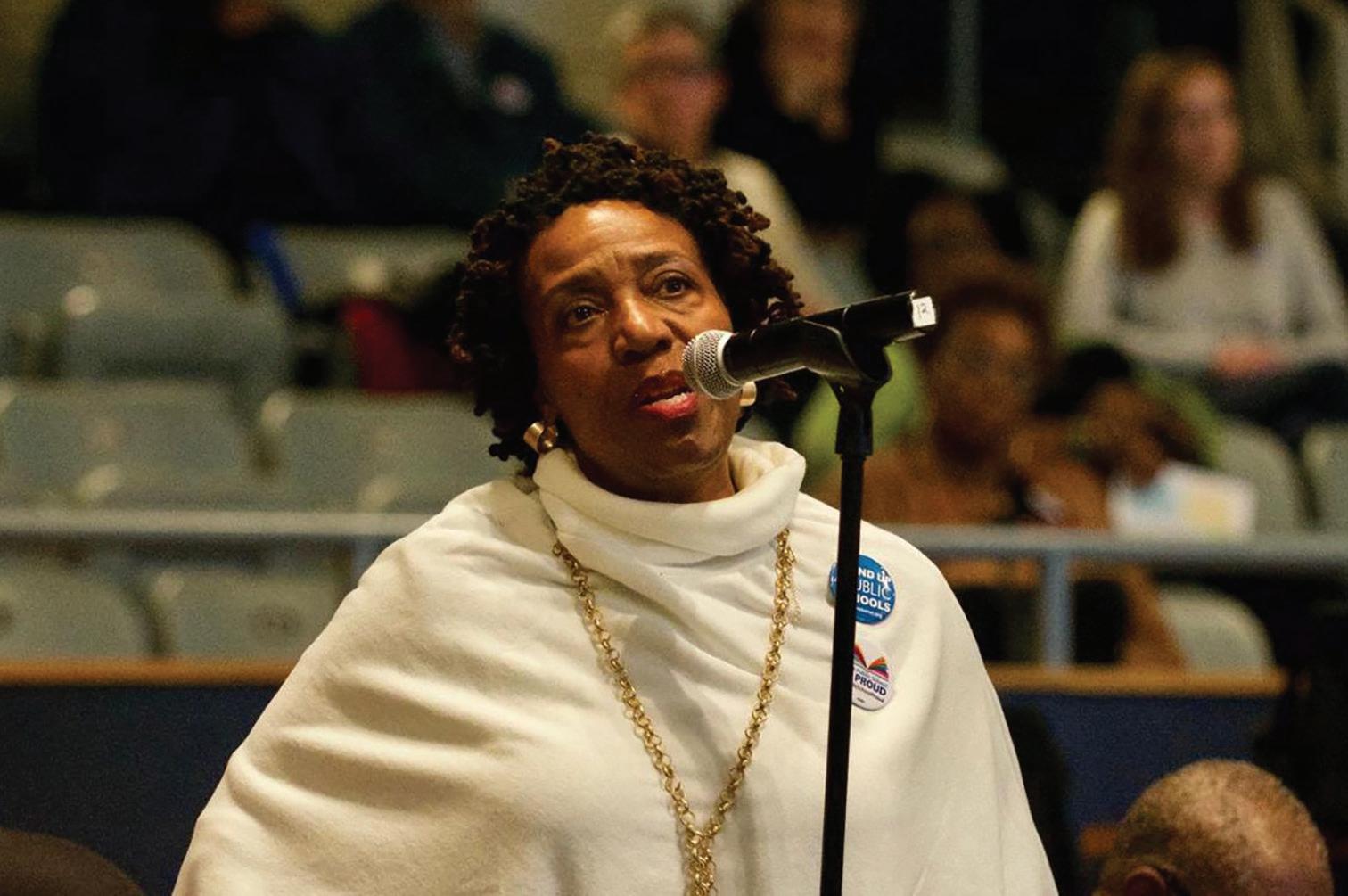
Donna Jones, SLPS Board of education vice president, supports a moratorium on new school openings. On Oct. 21, she told an aldermanic committee she does not understand “why we were closing schools, and as soon as we closed a school, we had a charter school open up.”
Donna Jones, Board of Education vice president, said she sees Resolution 65 as a way to address the community’s grief over the last round of SLPS school closures.
“Resolution number 65 is very important to the citizens of St. Louis because so many of them were concerned and hurt during the [latest] closures of St. Louis Public Schools, and many did not understand what was going on,” she said. “At the end of the closures, we started to talk about a moratorium, because we did not understand why we were closing schools, and as soon as we closed a school, we had a charter school open up.”
Most speakers against the new schools moratorium were affiliated with The Opportunity Trust, which funds new charter schools and “education entrepreneurs” in St. Louis. Two of those speakers were current fellows with the Opportunity Trust hoping
to establish new schools, Charles R. Stanley and Richard Sherin.
They have lived in St. Louis since July and August, respectively.
“There are four Black leaders interested in submitting charters in the city of St. Louis,” Stanley said.
“Not because we hate public schools.”
Rather, he said, the way to stop charters from coming to St. Louis would be for public schools to “get it right.”
“The waitlist numbers that exist in charter schools tell a different narrative than this moratorium alludes to,” he said.
Alderwoman Megan Green, Ward 15, responded by saying only eight charter schools out of dozens in the city are currently outperforming SLPS schools.
The two other speakers against the resolution, former Missouri Sen. Jamilah Nasheed and Bridge 2 Hope founder Krystal Barnett, were also affiliated with the Opportunity Trust.
They spoke of the issue regarding parents’ ability to choose among many educational options for their children.
“It’s really simple,” Barnett said in a video posted to Twitter. “If there are no good schools for every parent to access, and safety is also an issue, then nine times out of ten, they’re going to leave. I often wonder … how the only time choice becomes an issue is when it comes to us exercising our right to make that choice.”
Among the speakers in support of the moratorium was Alisha Sonnier, Board of Education member and chair of the Board of Education’s adhoc Citywide Educational Planning Commission.
Sonnier said “in the most recent annual performance score, there’s not even a 2% difference in performance” between charter schools and traditional public schools in the city.
She also laid out the ad-hoc commission’s ideas for creating a citywide educational plan to end the moratorium. First, the group will undergo a community engagement process involving surveying, canvassing, and listening sessions for “two to three months,” Sonnier said. Then, they plan to lay out a framework to create equitable education in St. Louis and bring all students to a place where they can learn to their greatest potential.
The ad-hoc commission held its first meeting on Oct. 25.
“We know that our scholars are dealing with unprecedented levels of trauma, violence, displacement … and these new schools opening … and closing is a part of this displacement,” Sonnier said. “As a youth myself in this city who just had to bury a friend that wasn’t even 20 years old last week, I’m begging that we do this. If new schools were the answer, we wouldn’t be where we are.”
Alderman Bill Stephens, Ward 12, supported the moratorium resolution.
“This resolution seeks only to staunch a hemorrhage,” he said. “We are hemorrhaging students and resources in schools, and we are looking for how to best bandage it.”


The tragic disappearance and death of Gabrielle “Gabby” Petito captured the nation’s attention the last few weeks. Let me first say, as a father of two daughters, I pray for God’s peace to comfort her family and hope that the perpetrator of her murder can be brought to justice swiftly.
However, the disproportionate national media attention given to Petito’s case has once again triggered African American families across the country to cry out for justice and attention for their missing sons and daughters.
Their feelings of helplessness are shared by thousands of Black families across America. According to the organization Black And Missing, more than 200,000 African Americans were reported missing in 2020. Nearly 40% of the country’s missing persons are Black, while Black people make up about 13% of the U.S. population. Why does this issue so disproportionately impact black families?
The problem stems from cultural and racial bias in both law enforcement and mainstream media. Many of us are familiar with AMBER Alerts, which assist in the search and safe recovery of an abducted child under 17. The alerts are broadcast through radio, TV, road signs, cell phones and other data-enabled devices.
The problem for families of missing loved ones is the alerts are only issued when a law enforcement agency determines that a person has been abducted and is in imminent danger.
A similar assessment must be made to activate Ashanti Alerts, which assist in recovering missing persons 17 years of age or older. The Ashanti Alerts are named after Ashanti Billie, the 19-year-old Black woman who was abducted and killed in Virginia in 2017.
For African Americans, cultural biases play a negative role in response to a missing person. Flippant reactions from law enforcement such as these make Black families feel there is little sense of urgency when it
comes to recovering their loved ones:
• “Maybe they just ran away!”
• “Maybe they are hanging out with a bad crowd.”
• “Maybe he/she is with a sexual partner.”
Law enforcement agencies must better train officers and detectives to respond and react more sensitively toward Black and underrepresented communities. Failure to immediately activate a missing person alert results in losing precious time — time that families don’t have to waste.
Law enforcement is not solely responsible for the lack of attention to missing Black persons. Mainstream media has not only historically underreported the disappearance of Blacks but “overreported” the disappearance of White women — so much so, that the legendary late Black journalist Gwen Ifill coined the term “Missing White Woman Syndrome.” This media disparity mostly stems from the lack of diversity in mainstream newsrooms. Media executives and editors tend to be white and male. When a mainstream newsroom diversifies, it has mostly been increasing white women in leadership roles. Thus, it is easier for newsrooms to report on the people and issues reflecting their own lives. The disappearance of a white woman through a white supremacy lens feels like a more important story because there is a clear “victim” in that story. However, a missing Black person through that same lens appears less important.
The Black Press has always reported on Black lives in their fullness. The experience that Black families feel when their loved ones go missing is different than that of white Americans — all of this during a terribly traumatic time. If they need support, it is important for all community members to feel they can count on institutions that claim to serve them — further adding to the rallying cry of this century that Black Lives Matter.
This editorial was originally published by The Sacramento Observer.
As I See It - A Forum for Community Issues
By Ben Jealous
The New York Times re-
cently reported that the public health system in the United States may be less prepared for the next pandemic than it was for the current one. Given everything we have been through and everything we have learned, how can that be?
The answer is disturbing. Our public health system is being put at risk by the same right-wing disinformation tactics undermining our educational and election systems.
Right-wing media outlets and social media spread false information and conspiracy theories. Conservative activists and politicians opposed public health measures as a form of “tyranny.” Angry people have harassed and threatened public health officials, and politicians have passed more than 100 laws restricting their authority to take action to protect the public. Those new laws, combined with chronic underfunding and staff burnout, are making us all more vulnerable to health threats in the future. So is the fact that extremism is being embraced by public officials, not just agitated activists.
The Times reported that one county sheriff in Washington state threatened to arrest any government official enforcing health restrictions that he thought were unconstitutional. New laws will make it harder for schools and hospitals to enforce vaccine requirements that have been in place for years.
We are seeing this destructive political dynamic play out in our schools and elections

as well. The opposition raging against public officials trying to protect our health care is the same opposition raging against teaching about systemic racism in our schools and feeding the “Big Lie” about a stolen 2020 election. It’s all coming from the same playbook. All across the country, school board meetings have turned into angry mob scenes. Parents’ frustration over school closings and mask requirements has boiled over in some places, and it is being inflamed and exploited for political purposes. To make matters worse, right-wing media and political groups have manufactured panic about the supposed threat of “critical race theory” being taught in schools. Critical race theory is an academic framework for understanding how systemic racism affects people’s lives, but right-wing activists, with a big boost from Fox News and Donald Trump, are getting parents riled up with claims that honestly teaching about the racism in our history and institutions is part of a Marxist plot to impose tyranny by making students hate America.
It sounds ridiculous, and it is, but the rising tide of threats against educators and school board members is no joke. Neither is a widespread campaign
By Christian F. Nunes
Instead of “one person, one vote,” our democracy is being upended to favor one party seeking to control all the votes.
Voter suppression and voter nullification laws, for example, are designed to make it easier for Republicans to pick their electorate, opening the gates of democracy for some while adding barrier after barrier for others.
Senate Republicans used the filibuster last week to block debate on the Freedom to Vote Act, but they must not be allowed to write the last chapter of this story. Senate Democrats must recommit to this legislation to protect and expand the right to vote and set national standards to ensure all Americans have access to the ballot in ways that work for them. It also addresses the latest threat to democracy — partisan gerrymandering.
Voters are supposed to choose legislators, not the other way around, but Republicancontrolled state legislatures are free to draw congressional maps explicitly to gain political advantage, following a Supreme Court ruling in 2019 that allowed the practice to continue.
As has long been the case, much of this gerrymandering disproportionately impacts women and communities of color.
Our present-day system of politics was born out of the racist power struggle that emerged during Reconstruction when Black voting power was an existential threat to politics as usual.
Back then, Southern Democrats and vigilante groups like the Ku Klux Klan (KKK) rose up in a violent insurrection
against democracy itself, lynching and attacking Black voters, hounding Black officials out of office, and upending elected governments.
Jim Crow gave Southern lawmakers the chance to finish what the KKK had started with a grab-bag of racist registration requirements, poll taxes, literacy tests, and unconstitutional gimmicks designed to build up a White, male electorate and tear down voting rights for everyone else.
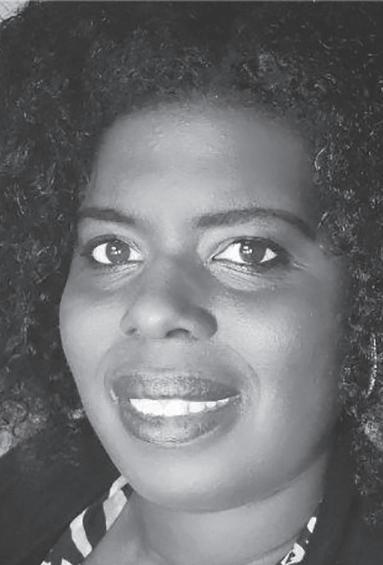
Now, Jim Crow 2.0 is alive and well, as partisan gerrymandering threatens to disenfranchise further, exclude and marginalize Black and brown voters.
To see how democracy gets subverted, look to — where else — Texas. The partisan gerrymander on display in Texas is part and parcel of the vigilante abortion law. Whether it’s seizing control of women’s bodily autonomy or monopolizing access to the ballot, Texas Republicans see state laws as vehicles for exercising more power and control over women and communities of color.
Wherever the freedom to vote is compromised, our ability to elect leaders who will fight for our agenda is also weakened.
by right-wing activists to take over school boards and impose a whitewashed “patriotic education” on students. They are passing laws that will make it impossible to teach about racism in schools—even in some state colleges.
So, we see the same rightwing playbook in action. Spread lies and conspiracy theories to convince conservative and right-wing voters that their country and freedom are being “stolen” from them. Launch attacks on the officials who oversee our elections. Undermine confidence in elections with fake “audits” and tell more lies about the outcome of those “audits.” Use lies and anger to justify new laws that make it harder for people to vote. Some Republican state legislators have given themselves the power to ignore voters altogether and declare their own winner if they don’t like the results. These are all threats to our future as a peaceful, multiethnic, multiracial democratic society, and there’s no easy solution to overcoming these threats. There’s a lot of hard work to do. Exposing lies and telling the truth. Lifting up voices with moral authority to break through the deceptions. Organizing people of goodwill to get involved and insisting that our friends and allies in cultural, economic, and political power positions have the courage and commitment to defend our families, schools, communities, and democracy.
Ben Jealous is president of People For The American Way.
With the start of the redistricting process, I believe it is necessary to point out the close relationship to our elections and how our communities will get resources for the next 10 years. Elections are about the future. I am a mother with children and grandchildren and my most sincere wish is that they have the opportunity for a better future. To me, this means maps will be drawn that allow for the election of legislators that value community service over personal gain. This would mean my children and grandchildren would be able to live in a state where clean air, water, medical care and educational resources are valued. My children and grandchildren deserve police reform and the right to vote in a state that subscribes to racial equity. I am asking that when commissioners draw maps, they do so in a transparent way that allows time for citizens like me to evaluate any proposed maps and offer public comment.
Joan Hubbard, St. Louis
We know that voters favor candidates who support policies like paid leave, access to reproductive health, LGBTQ+ rights, and other vital issues, but partisan gerrymandering and restrictive voting laws stack the deck against democracy, even as the electorate grows more diverse.
The 2020 Census showed that people of color accounted for all of the country’s population growth for the first time in history. In recent years, suburbs have been transformed from the overwhelmingly white communities that fled big cities after World War II, including growing Black, Latinx, and Asian households.
The Brennan Center analyzed demographic trends in four states — Florida, Georgia, North Carolina, and Texas — and found that all were experiencing rapid population growth that included more diverse communities. This is a trend that should be paying off in more political power, but it won’t. The report concludes because, in all four states, Republicans control redistricting to rig the maps and ignore the reality of diversity. We need to prioritize voting rights because those rights are the first defense against losing everything else. Our vote is our voice, and the Senate needs to act decisively to ensure we won’t lose it.
Christian F. Nunes is president of the National Organization for Women.
As Leah Alden, deputy director of litigation at the NAACP Legal Defense and Educational Fund, says, “You can do all of the voting, but if people have manipulated the line so that your vote effectively doesn’t matter, then how do you get better schools, better roads, better health care, criminal justice reform? Maps can be drawn to either aid communities of color to have a voice, or designed to drown them out.”
and style.
A different idea for name of new “hospital”
I’d like to suggest that instead of naming his new three-bed hospital Homer G. Phillips, Paul McKee use the name of another Black hospital that is little remembered today but that served St. Louis’ Black community for quite some time. Peoples Hospital (originally founded in 1894 as Provident Hospital) was a private hospital that served both well-to-do and poor African Americans. In 1898, it began a program to train Black women as nurses (one of only two institutions offering such women access to postsecondary education in St. Louis-the other being a school that trained teachers).
Peoples was the only accredited hospital that treated Black charity patients until City Hospital #2 in 1919. From 1944 to 1966, it was a 75-bed facility located at 2221 Locust Street (just a few blocks northeast of the St. Louis American offices) and then moved west, closing in 1978.
Patrick Kleaver St. Louis




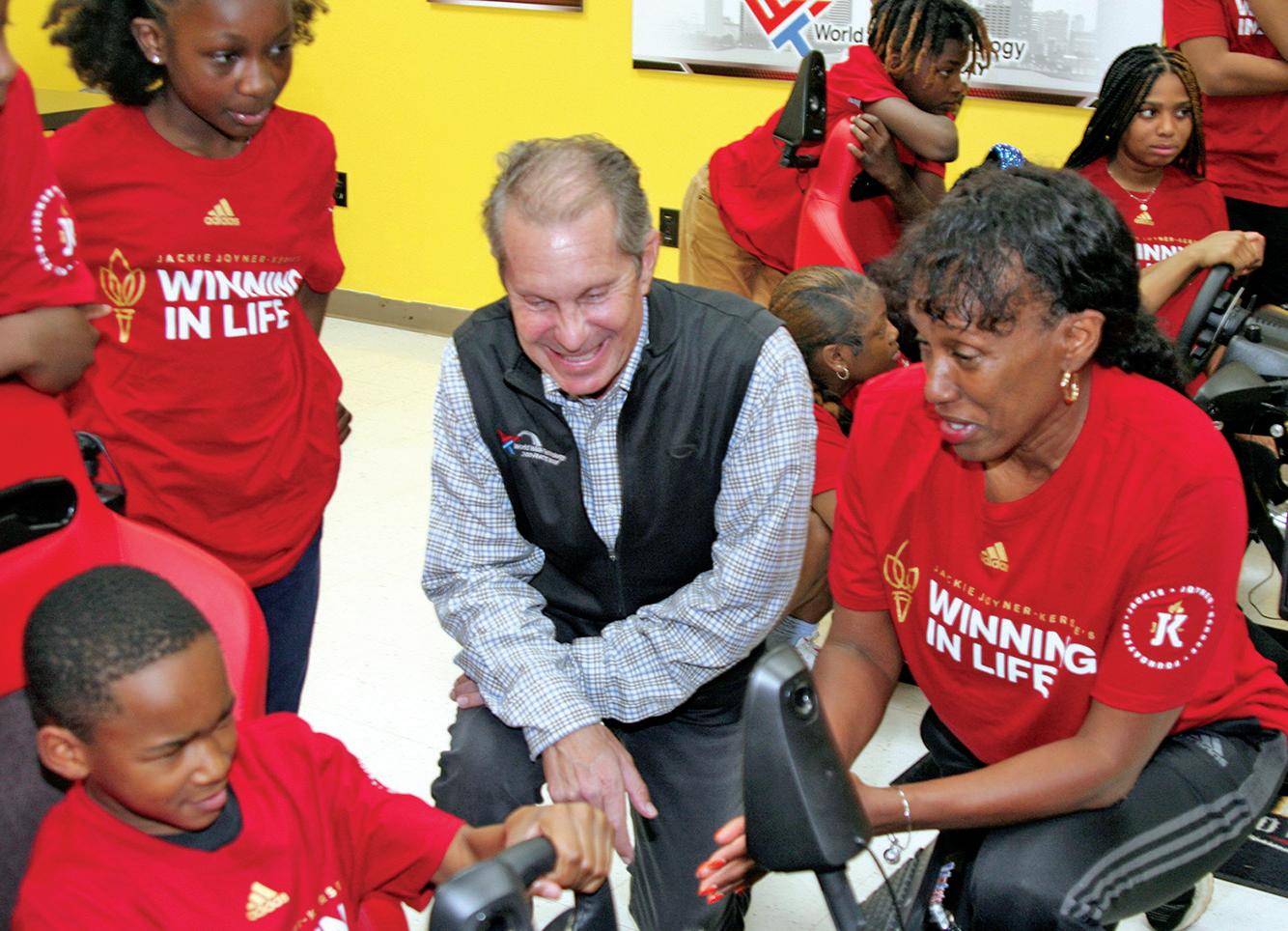
Officials for World Wide Technology Raceway keep racing to help youths at the Jackie Joyner Kersee Center prepare to compete in a technology-driven economy.
Curtis Francois, owner and CEO of the raceway, paid a recent visit to the center to work with Kersee and future drivers on NASCAR simulated racing computers. Along with the fun of competition, Francois said the computers are part of WWTR’s effort to advance youths’ STEM (Science, Technology, Engineering, Math).
The raceway was granted a coveted NASCAR race date in June 2022, and World Tide Technology founder and CEO David Steward discussed the importance of STEM during the official announcement at the raceway.
“World Wide Technology and the Steward Family are grateful and privileged to play a role in bringing a NASCAR Cup Series race to St. Louis fans,” he said. “We are thrilled to welcome a new generation of fans
to this exciting sport and to emphasize the importance of STEM education through racing.”
The racing campus received the Track Award during the 2020 NASCAR Drive for Diversity awards last year after partnering on a youth outreach program with the JJK Center, NASCAR Diversity & Inclusion and NASCAR Acceleration Nation.
“We’ve worked closely with Jackie Joyner-Kersee and the JJK Center to bring racing to her kids via STEM educational programs,” Francois said. “Our karting complex and related programs are designed to provide hands-on experience and the ability to compete at the grassroots level, with scholarship programs to further reduce barriers.”
World Wide Technology secured the long-term naming rights commitment rights, and the track’s name changed to World Wide Technology in April 2019.
Steward’s firm also became the track’s official technology partner of the track and will use the venue to advance development programs for the company and its community outreach initiatives.
By Oseye Boyd
We are failing our children.
Those were the words that came to mind after reading two articles in recent weeks detailing abuse of power and trust with regard to regarding our children and the criminal justice system. We love to spout platitudes such as “children are our greatest asset,” and “children are our future,” all the while treating children, specifically Black and brown children, as well as poor children, like criminals almost at birth.
Children are a blind spot in the conversation about police abuse, brutality, mistreatment and misconduct. We need to rethink the way we treat children.
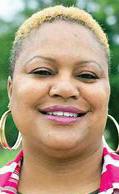
A ProPublica article exposed the juvenile justice system in Rutherford County, Tennessee, where children are actually arrested and jailed at the whims of the juvenile court judge, police officers and juvenile detention center director. Children are actually jailed for a crime that doesn’t exist. Police officers are arresting children as young as 8 at school, and they’re arresting the wrong children at that. There are outrageous consequences for children, but none for the adults who are responsible for the madness.
While the ProPublica article focused on one county in Tennessee, AP looked at how police force is used on children nationwide.
AP reporters examined about 3,000 incidents of police force used against children 16 and under from the past 11 years. The sampling was small — 25 police departments in 17 states — but it found Black children comprised 50% of youth handled forcibly by police. Black children make up 15% of the child population. That’s a pretty clear overrepresentation. No one is going to convince me that Black children are — to use a less than eloquent and grammatically incorrect phrase — more bad than other children.
Something is wrong here.
When there’s public outcry about an incident, time and again, we hear the officer followed protocol or procedure or their training. That excuse is so tired. It is abundantly clear police officers aren’t receiving the training they need to deal with children. Procedures and protocols need to change.
That just-following-their-training answer is actually lazy and tired. Am I to believe that policies and procedures can’t be revisited for improvements? Am I to believe that training has never been updated? Is the training from 1932 is still applicable? I sure hope not, but that may as well be the training followed because today’s training seems just as out of date.
Children are not adults in smaller bodies. It’s common knowledge today that our brains aren’t fully developed until we’re in our 20s. Children won’t react the way adults do. Heck, many adults react out of fear when interacting with the police, so why do we expect any different from children? I suspect most children, especially young children, will be confused and terrified. If you’ve ever dealt with a confused, terrified child, you know that child will shut down. Barking orders won’t make the situation better.
I know someone will counter with the argument that some of these teens are as big and strong as adults and sometimes force is needed. That argument doesn’t change anything. Better training is still needed.
It’s heartbreaking to think of how these children have been traumatized by adults — adults who are supposed to have their best interests in mind; adults who are supposed to keep them safe. Folks are always talking about improving this tenuous relationship between police officers and the Black community. How does this help police-community relations?
In many of these instances, the parents sued the city and the police department and won. I’m waiting for the day taxpayers will get tired of these lawsuits for rogue police behavior and demand accountability.
Oseye Boyd is editor of NNPA member newspaper The Indianapolis Recorder
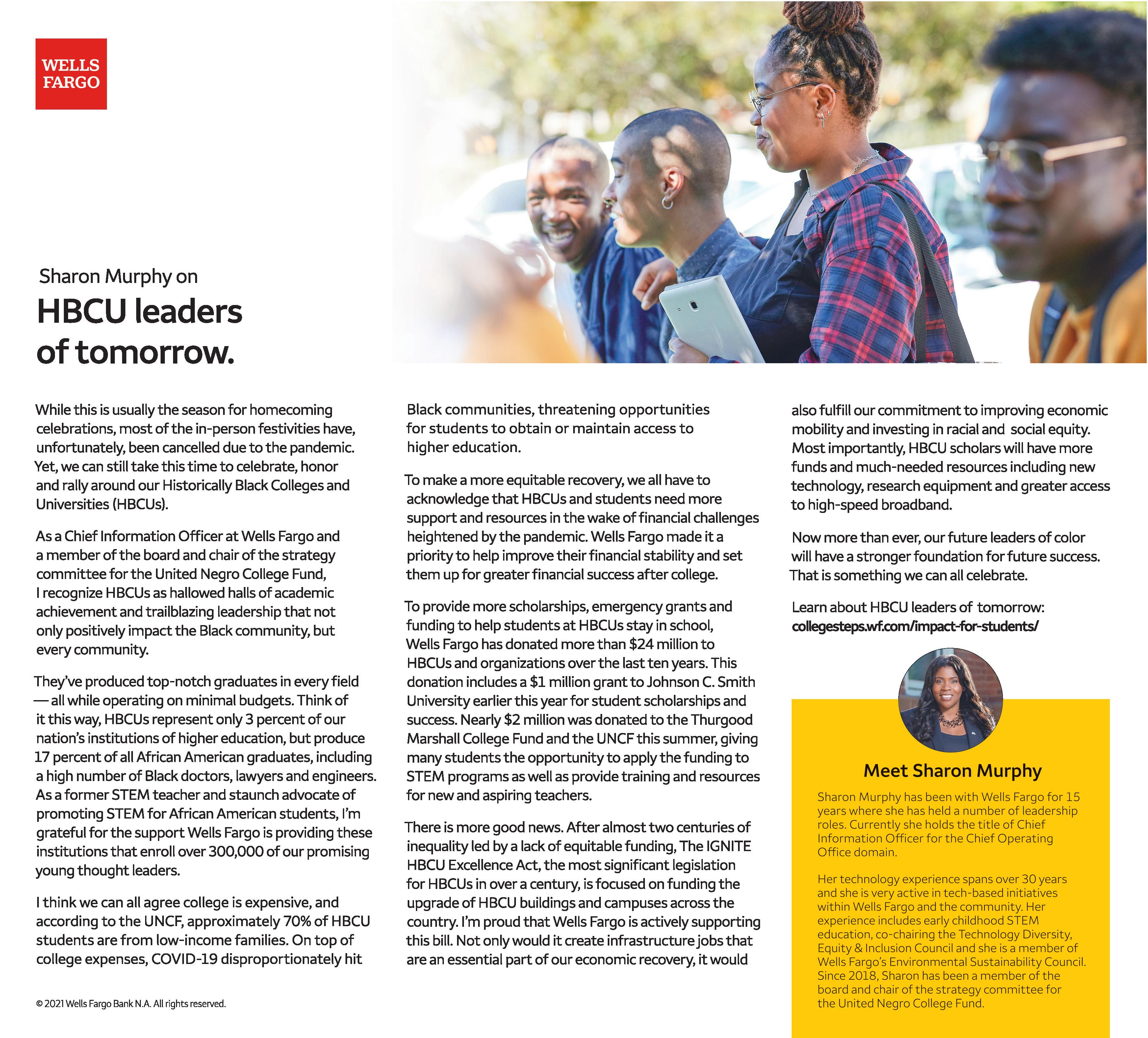
Continued from A1
Jonathan Strong Ed.S
Jonathan Strong is the principal of Meramec Elementary in St. Louis Public Schools. His philosophy for education can be summed up in one word: service. He said he believes it is his purpose to serve as a steward for learning and growth. His passion for education has led him to the St. Louis Public School District to serve as Meramec Elementary’s principal. Before St. Louis Public Schools, he served as an assistant principal in the Maplewood-Richmond Heights School District, and as a literacy coach Title 1 reading instructor, and fourthgrade teacher at Confluence Academy. Additionally, he taught at Thurgood Marshall Academy.
Strong holds a B.A. in Elementary Education from Alabama A&M University, an M.A. in Reading, and an Educational Specialist in School Leadership degree from Webster University.
Committed to shaping the generations that follow him, he serves as a mentor for young men. He works with various nonprofits dedicated to helping the youth and families of St. Louis. His passion for the city of St. Louis continues to direct his path of service through education for the community that raised, nurtured and led him to be the man he is today.
Ronda Wallace, Ed.D
Dr. Ronda Wallace serves as the principal of North Technical High School. With 23 years of experience in education at all levels, Dr. Wallace earned a Bachelor of Arts degree in Psychology from Texas Southern University, a Master of Arts degree in Counseling from Prairie View A&M University, an Educational Specialist degree in Administration and a Doctorate of Education in Educational Administration
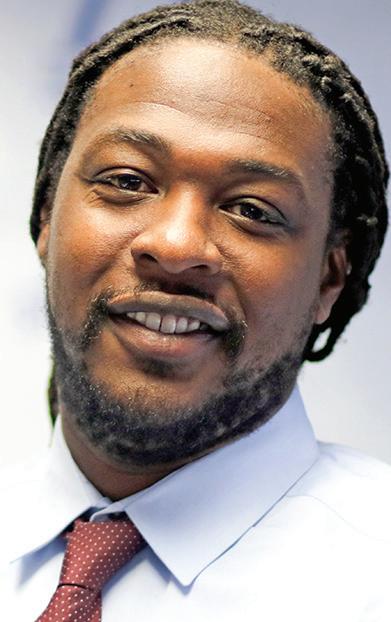
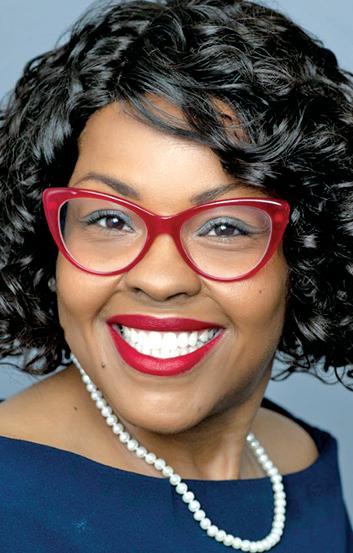
from Lindenwood University. Previously, Dr. Wallace has served as Assistant Principal at Normandy Middle School and in many educational and leadership capacities within the Houston Independent School District in Houston, Texas. She has also taught grades one to eight with a specialty in English and Writing and taught high school students many summers. She is also a 2020 recipient of the Titus 2 Foundation Educator Impact Award, 2013 recipient of the Apple for The Teacher Award presented by Iota Phi Lambda Sorority, Incorporated Alpha Zeta Chapter and is a member of Delta Sigma Theta Sorority, Incorporated. Wallace’s educational philosophy is “give them the opportunity, show them that you care, and watch our future thrive.” She has four children: Kharynton, a senior at The Jackson State University, Toni, a sophomore in high school, and twin sons Langston and Landen, who are approaching high school next school year.
Brian M. Gant, Ed.D
Dr. Brian M. Gant is an accomplished information technology, cybersecurity, and critical infrastructure educator and researcher. Currently serving as an Assistant Professor of Cybersecurity for the Maryville University Simon School of Business, Dr. Gant brings over 20 years of federal government and teaching experience into his practice. As an alumnus of Maryville, he continues
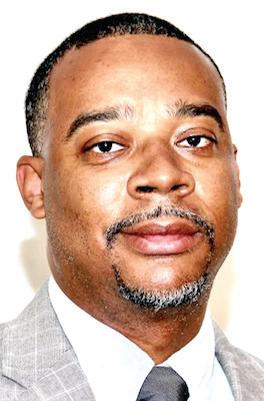
to serve in various capacities across campus. Dr. Gant has dedicated himself to practical instruction and allowing his students to think abstractly about multi-layered approaches to complex problems. His hands-on approach to instruction gives his students options to learn at different levels and communicate with each other as future cybersecurity leaders.
Dr. Gant has given presentations to government and private industry leaders, participated in cyber research, and analyzed real-world case studies concerning cybersecurity issues. His passion is his students, especially those from underserved backgrounds, because he said he believes in the power of access and education to better their lives. As a student at Maryville, he served as an advisor to the Men of Color Brotherhood (MOC), Maryville Cyber Association (MCA), and board member of the Athletics Advisory Council.
“As an alumnus of Maryville and now faculty member, I have been drawn to the commitment of student-first led instruction and activities,” Gant said.
Howard E Fields III, Ph.D.
Dr. Howard E. Fields III currently serves as an Assistant Superintendent of Human Resources for Kirkwood School District. He is an international speaker and presenter and the author of the new book How to Achieve Educational Equity, co-founder of Black Males in Education St. Louis

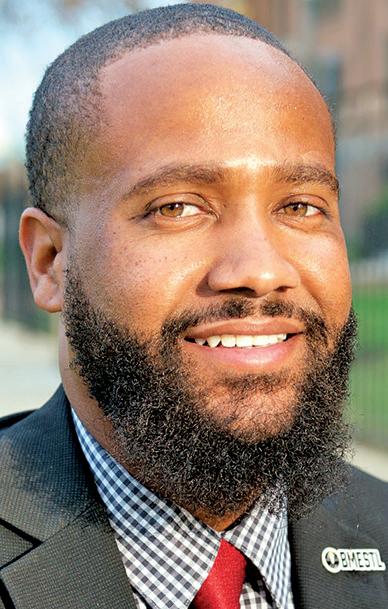
(BMESTL) and EduOpenings.
com. As an educational thought leader, he focuses on “remaining student-centered as well as equity-focused.”
He was recognized as the 2020 National Elementary Distinguished Principal from Missouri.
Dr. Fields started his career in urban education, serving as a coach, teacher, assistant principal, and principal. In his first year as a principal, he was responsible for navigating what would become known as the Ferguson Unrest. Though the school was located down the street from where Michael Brown Jr. was shot and killed by a police officer, Dr. Fields’ leadership was a driving factor in increasing his school’s Annual Performance Report (APR) that year by 200%. This was among the highest growth of any North St. Louis County public elementary school in 2015.
As a result, Dr. Fields was recognized by the Missouri Association of Elementary School Principals (MAESP) in 2016 with the Exemplary New Principal Award. In 2017, he was internationally recognized by the Networked Digital Library of Theses and Dissertations for the innovativeness of his research.
Accompanying his 132page dissertation was a feature-length documentary on the topic of Missouri’s Student Transfer Law. This law forced unaccredited school districts to pay the tuition and transportation costs for students who decided to transfer from
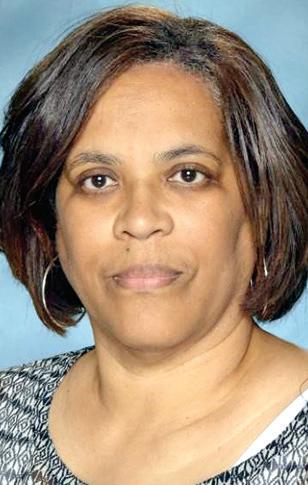
their home district to attend an accredited school district in the same or adjoining district.
After nine years in urban education, Dr. Fields transitioned to a suburban school district in 2017. Dr. Fields expanded elective course options for sixth-grade students to include computer science, drama, art and design, and foreign languages, all with existing district staff within one year.
In 2018, Dr. Fields expanded his involvement in shaping the future of the education field by becoming an adjunct professor at Harris-Stowe State University. Then, in 2019, he co-founded the organization Black Males in Education St. Louis (BMESTL) to support, develop, connect, mentor, and empower current and future educators of color. Later that year, he was inducted into the first class of the Mehlville School District Alumni Hall of Fame.
In February of 2020, Dr. Fields co-founded the inaugural State of Black Educators Symposium (#SBE20), an event created to increase the recruiting, support, mentoring, and development of Black educators. With over 1,400 in-person registrants and an abundance of support from schools, universities, nonprofits, and businesses, The State of Black Educators Symposium returned in 2021 in a virtual format.
Dr. Fields plans to continue to advocate for the well-being of students and staff while also empowering them to be their authentic selves.
Lynn R. Hinton, M.Ed.
Lynn Hinton’s career as an educator spans over 20 years. Currently, Hinton is an 8th grade English Language Arts teacher with the Parkway School District at Northeast Middle School. Her unwavering dedication to teaching students the fundamental importance of mastering reading, writing, and English language comprehension does not end once the dismissal bell rings. Hinton extends her assistance and time after hours to ensure students have every opportunity for academic success by making herself accessible. Additionally, Hinton supports her fellow educators by serving as the school’s N.E.A. (National Education Association) Building Representative. In this role, Hinton advocates on behalf of the educators at Northeast Middle School regarding various policies and concerns. Hinton serves as the liaison and says her goal is to find solutions that create a work environment that encourages professional growth, safety, and goal attainment. After school, Hinton also supports her students by serving as a volunteer for the Parkway S.T.E.P. Team. Hinton weekly monitors their academics to ensure they are held accountable for maintaining an acceptable GPA to balance their academics and extracurriculars. Hinton serves as the Correspondence Secretary for the National Association of University Women, and often volunteers at a local food bank. The 34th Annual Salute to Excellence in Education Scholarship & Awards Virtual Gala will be celebrated online as a free virtual event on Friday, Nov. 5, at 7:00 on stlamerican.com, the St. Louis American’s Facebook page and YouTube channel. For additional details on how to participate, please visit givebutter. com/2021EducationSalute
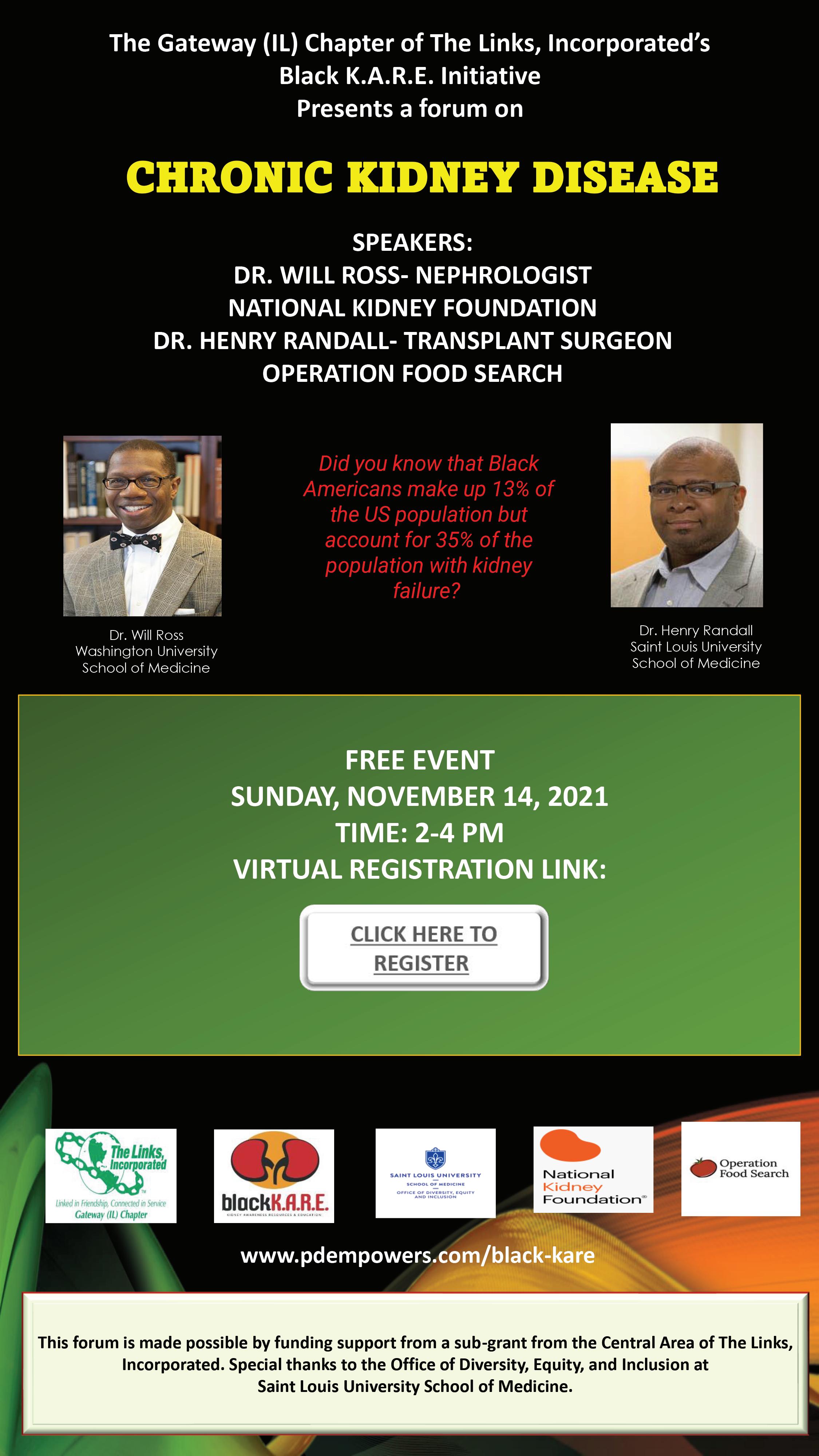
Continued from A1
— a list of 13 diversity, equity, and inclusion commitments.
Now, the physical space where those conversations happened bears Smith’s name.
After the Derek Chauvin verdict, Smith was once again found in the amphitheater, helping students process what it meant for them.
“Jonathan was comfortable here. Jonathan was listened to here. Jonathan helped us process here,” Pestello said. “This is the place where we process social justice. This space is well-known in this community and among our alumni, and this is the space where Jonathan could be found on any of those critical moments.”
Along with the plaque dedicating the space in Smith’s memory, new outdoor outlets and seating areas have been added to the amphitheater to create new spaces for students to interact and collaborate.
Tina “Sweet-T” Pihl presented the Smith family with a resolution marking recognition from the city at the rededication ceremony. Part of SLU sits in Pihl’s ward, the 17th. She worked with Smith in the past.
McKee Continued from A1
“I remember…you didn’t need to call him doctor,” Pihl said. “He said, ‘Call me Jonathan.’ He talked to the custodian and the CEO, and everybody was the same. Everybody was equal.” hospital.”
Percy Green, an activist and founding member of ACTION, blames Piggee for McKee’s alarming misjudgment.
“I like to think that Darryl Piggee recommended to Paul McKee to name the ‘urban clinic’ [after] Homer G.
Continued from A1 in the area include PotBangerz, who help feed and support the families of some victims, and CopWatch St. Louis.
The St. Louis Prosecutor’s Office also has a Crime Victim’s Services division, which provides advocacy, support navigating the criminal justice system, and assistance applying for Crime Victims’ Compensation money to help cover funeral services and mental health assistance. However, according to attorney Emanuel Powell with ArchCity Defenders, the
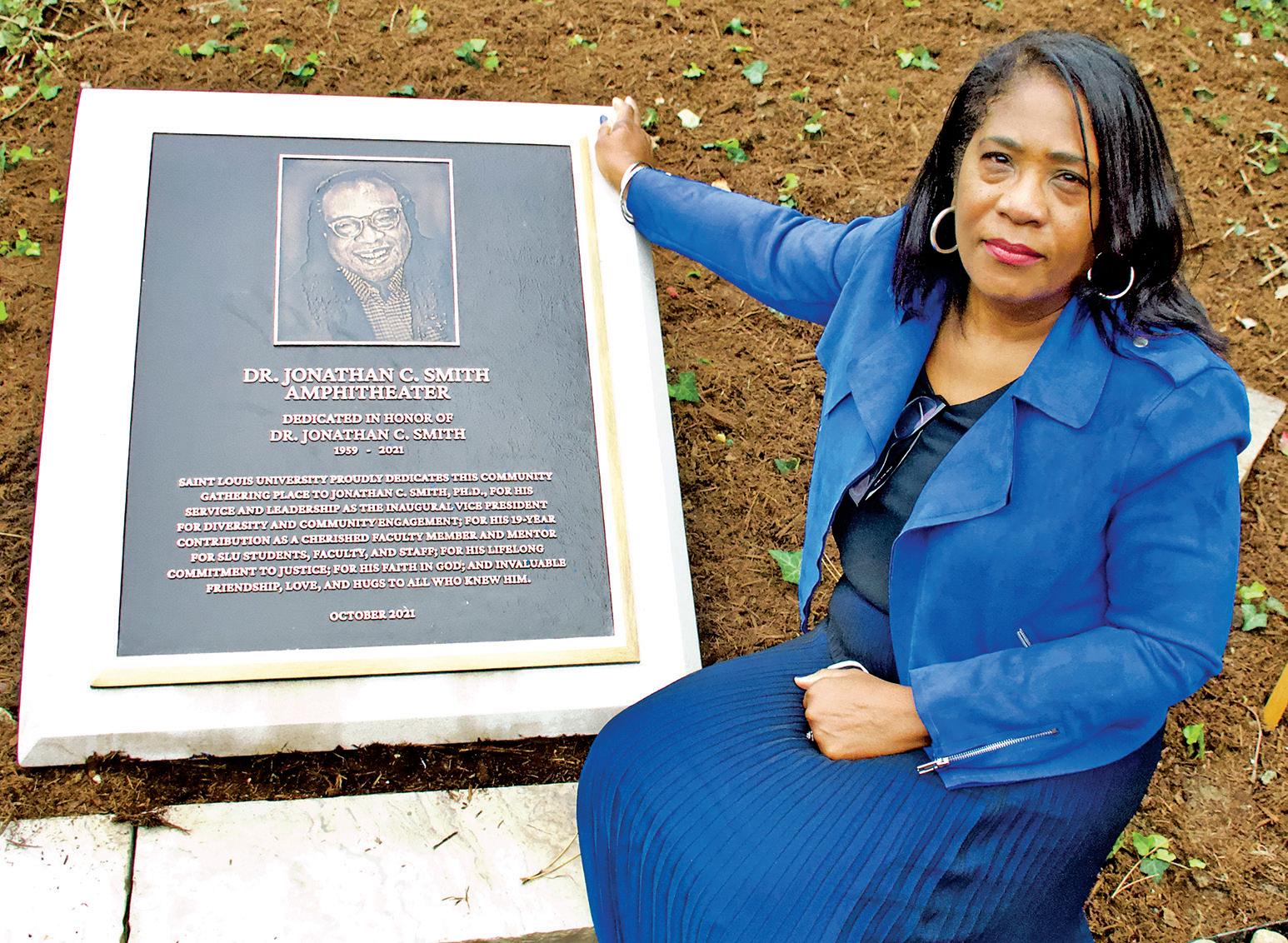
Phillips, knowing that such an act would trigger the Black community,” Green said. “Not only to protest the naming but his deceitful and deceptive racist method of acquiring Black folks’ property around where the new [National GeospatialIntelligence Agency] facility is being built.”
Green said the community should keep up the criticism of Piggee. “I think he should be
Fatal State Violence Response Program helps fill a specific need not addressed by this program: that of helping families navigate the unique trauma of a loved one killed by an agent of the state.
The Fatal State Violence Response Program volunteer positions will be financed with a stipend. They will be trained, according to Powell, in “how to show up on a scene” and advocate for families in both an immediate and long-term sense.
“One of those horror stories we’ve heard with some mothers is not even being able to find their loved ones’ bodies,” Powell said. So, volunteers will be trained to help with that type of question, as well as more
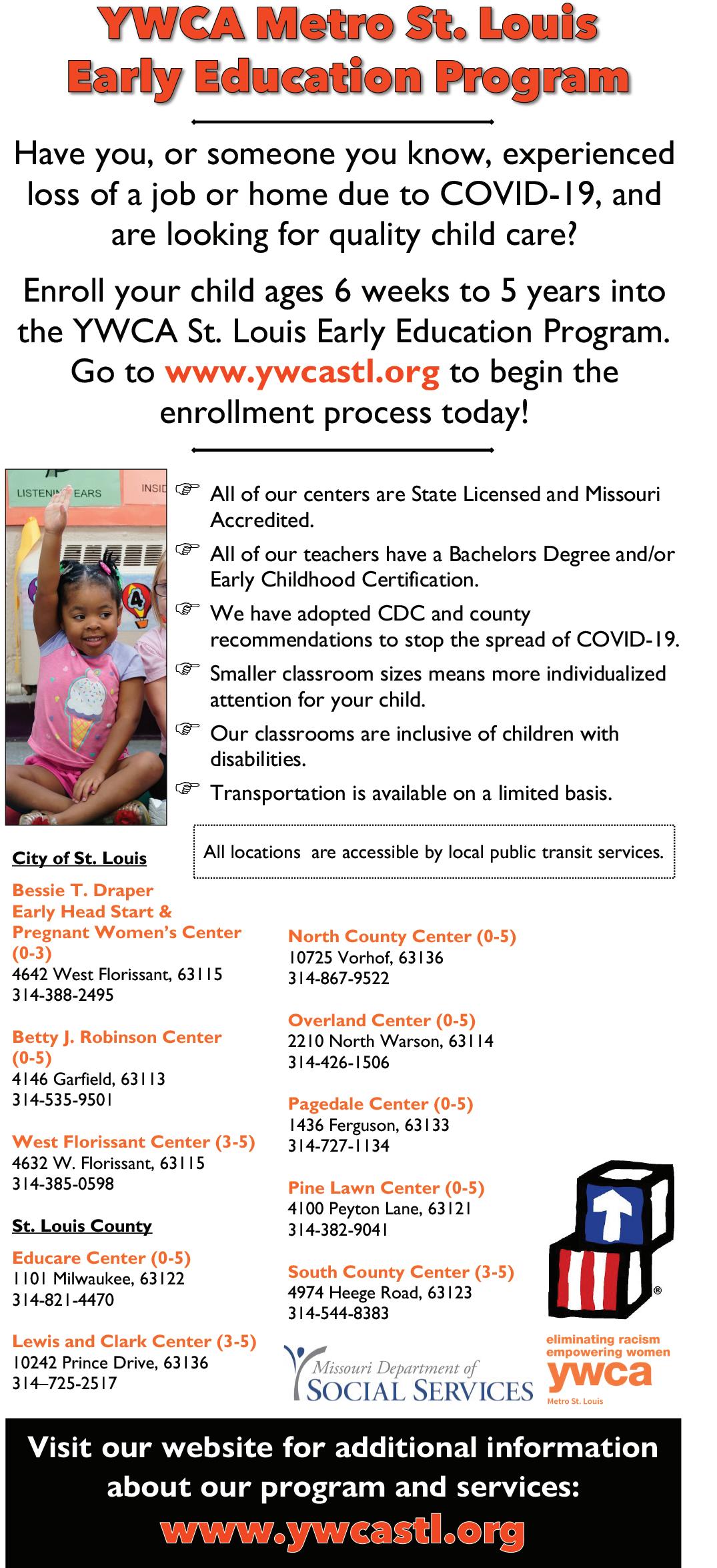
exposed to alert other Black folks to not make the same mistakes. There are Blacks, who we have fought to get integrated into decent-paying jobs. When they get there, they sell out the community and act in the interest of their own prosperity.”
Green spoke of how this protest is not a push back against needed health care access.
“The protest is not related to any health care facility, but
long-term things such as filing complaints with the civilian oversight board, connecting with more long term legal or mental health services, and planning vigils.
“To the extent that families want to march, or do another direct action, that’s what that
we’re talking about the naming of the health care facility,” Green said.
“It’s about misinformation versus misinformed, which goes for some of our Black officials; it doesn’t take a lot to confuse the community. I think it is very important for Blacks to be clear about what is being protested here.”
Community leaders present at the meeting also raised concerns about the amount of minority participation in the
team would help with, too,” Powell said.
Back in 2018, ArchCity workers began interviewing the families of people killed in prison or by police to figure out what support they needed.
One thing that came out of those interviews was the ques-
construction of the new medical facility. The St. Louis Development Corporation (SLDC) has approved new rules governing the certification and compliance of women and minority-owned businesses for participation in the City’s Minority and Women Business Enterprise Program (M/WBE Program), which was expanded a decade ago. Through the M/WBE
tion of “What would it look like for the community to show up, even if it’s not one of the ‘big-name’ cases,” Powell said. “This is something that came out of that — the need for both rapid response and also an ongoing support and community building.”
is seated next to a commemorative plaque at the amphitheater and clock tower of St. Louis University honoring her late husband Jonathan
on Monday, Oct. 25.
Program, the City has established certain policies for the utilization of minority and women businesses in its purchasing and contracting practices. The policy sets out a goal of at least 21% certified African American-owned business and at least 11% certified women-owned business enterprise participation for contracts and purchases where City funds are expended.
Applications are due on November 8, 2021. Interviews will be completed by November 12, and volunteers will be notified by November 15 per a Fatal State Violence Response Program press release.
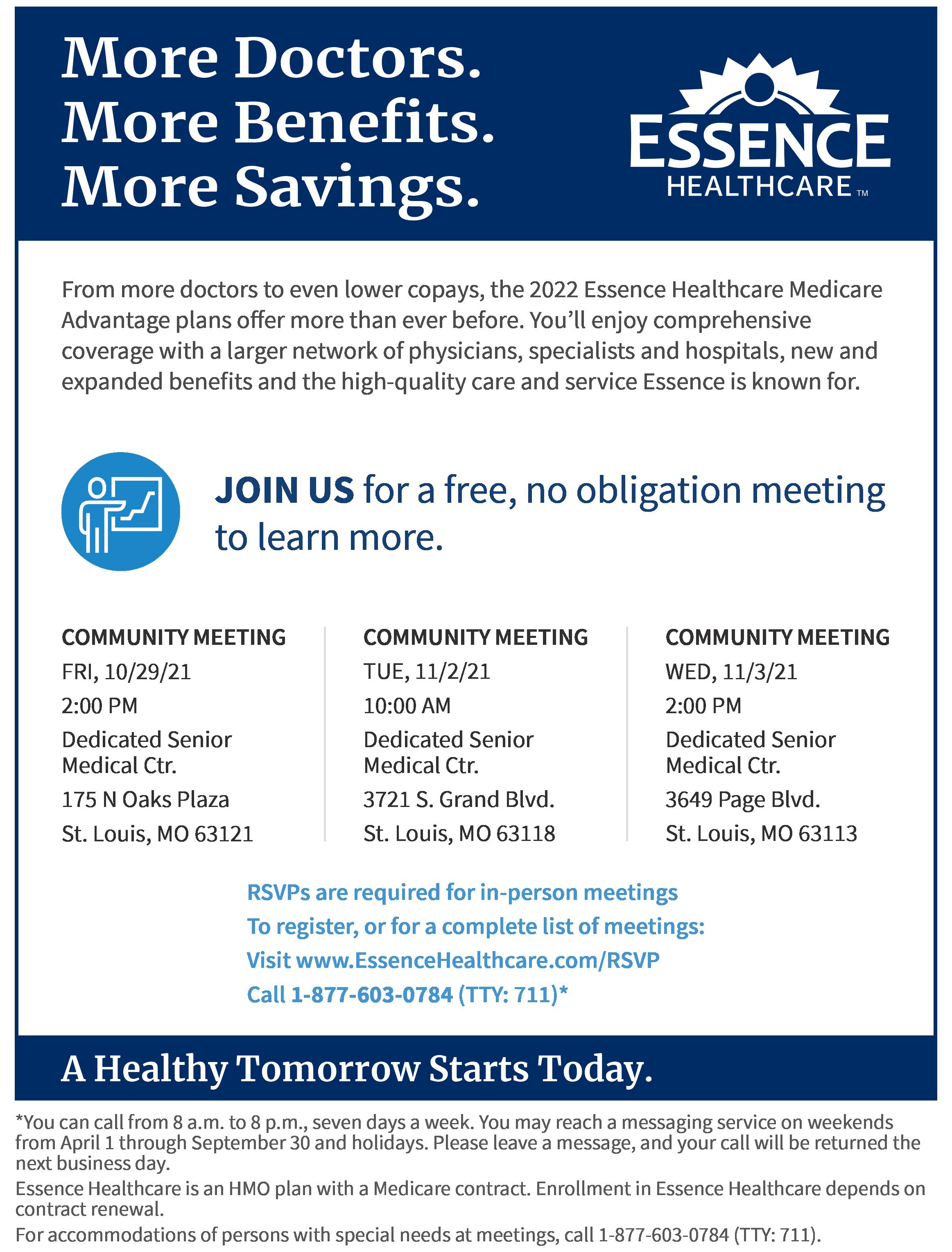


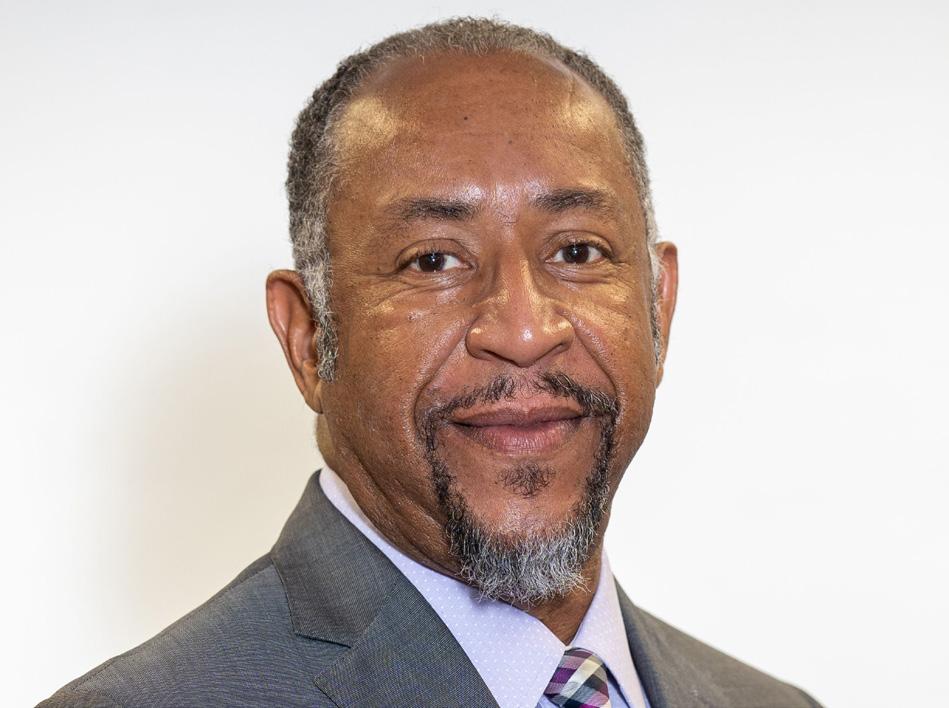
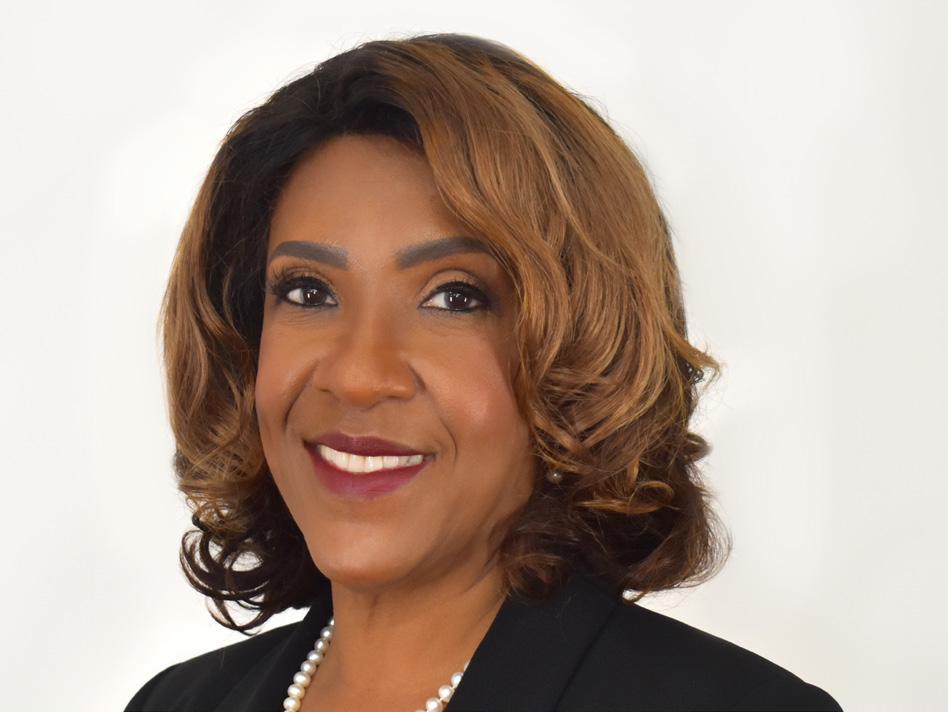
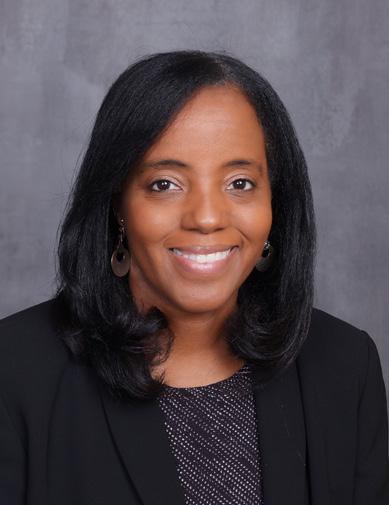

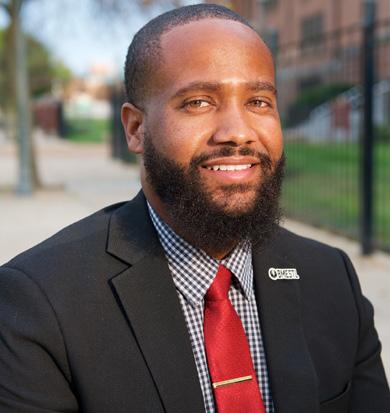

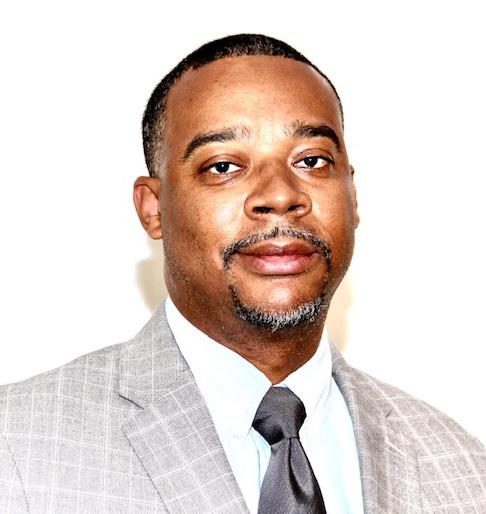
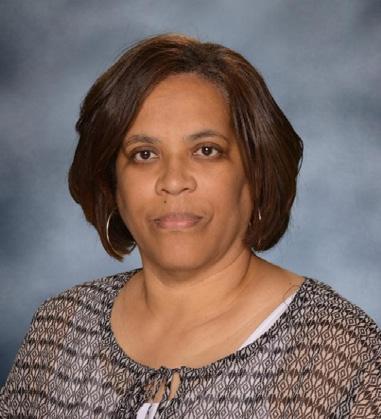


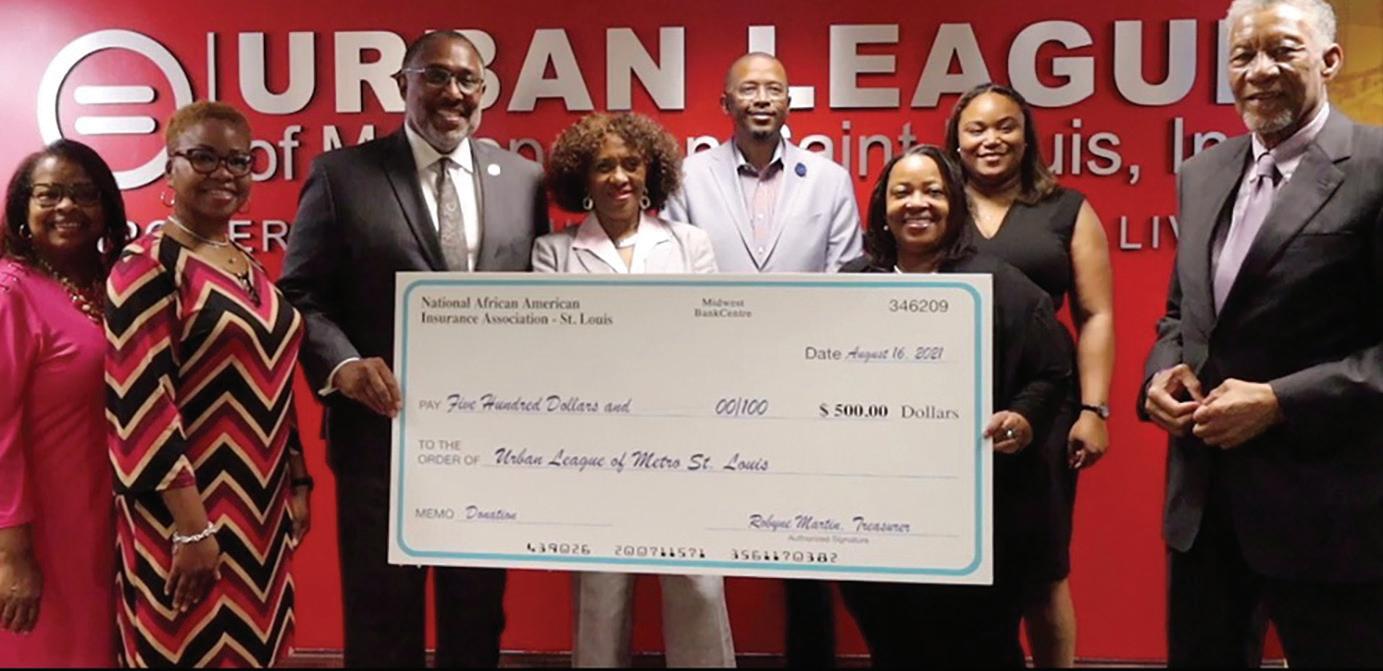
Tom Bailey, vice president of development for the Urban League of Metropolitan St. Louis, Kathy Conley-Jones, founder and president of The Conley Financial Group, and Tina Anderson, National African American Insurance Association (NAAIA) – St. Louis Chapter President hold a display of which will be “many donations” to the Urban League, according to Anderson.
Urban League because we believe in their mission of helping over 100,000 African Americans and others in the St. Louis region to obtain economic equality,” said Tina Anderson, NAAIA president.
“The Urban League thanks NAAIA for their contribution, and we are looking forward to their continued partnership and support of our programmatic goals and initiatives,” Tom Bailey, vice president of development for the Urban League, said after accepting the $500 donation.
Kathy Conley-Jones, founder and president of The Conley Financial Group and member of NAAIA-St. Louis said upward

study is to determine how well a blood test can detect an Alzheimer’s disease protein. You may qualify if you meet the following study criteria:
1. Participants must be at least 60 years old 2. Participants must not have a bleeding disorder or active infectious disease such as HIV
mobility and wealth building are critical to success in the African American community.
“I feel that the Urban League offers the best community programs for closing the racial wealth gap,” she said.
The 15 chapters of the NAAIA serve as a network among people of color and others employed in or affiliated with the insurance industry. For more information about NAAIA, visit www.naaia.org
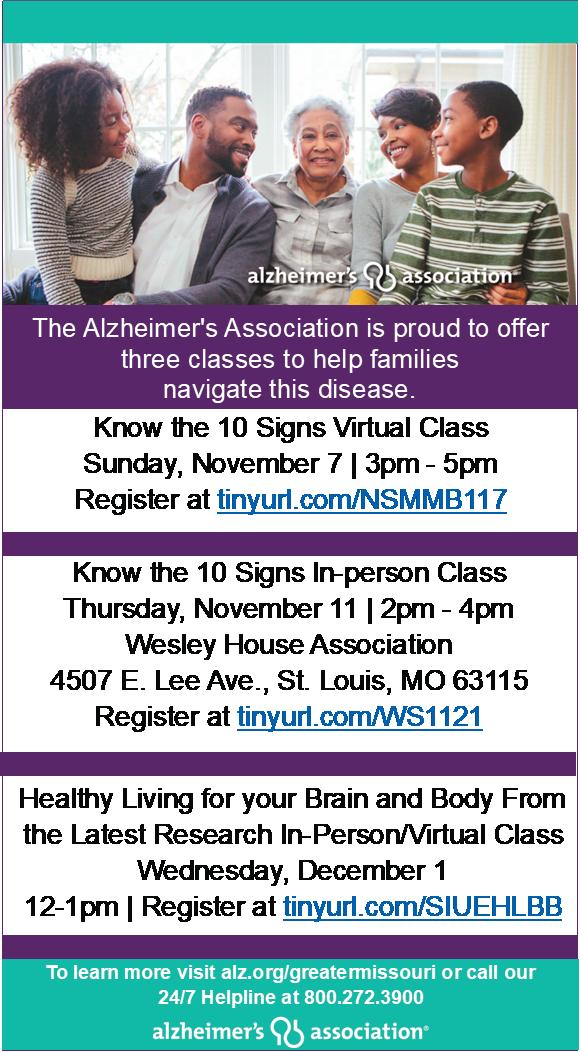

The 1st study visit will last up to 2 hours. Participants asked to return may have up to 3 additional visits. Participants will be asked to complete blood collections, genetic testing, cognitive testing, demographic questions, MRI, Pet PIB Imaging scan, complete a medical records release, and asked about future research opportunities. For participants asked to return after the 1st visit, total time commitment could be about 7 hours. Up to $600 is provided for time and effort.

Niquaja Burns, 38, arrived at the labor and delivery unit at SSM Health St. Mary’s Hospital – St. Louis on April 19, 2021, for her scheduled induction. She was excited, anxious, and a little nervous, which is how most expectant moms feel as they prepare to give birth.
“Once I got to my room, the labor and delivery team was there to greet me, telling me it was going to be a wonderful day. And they made sure it was,” said Burns. “They were just as excited, so I knew I was in good hands.”
From admission through delivery and during those first important hours, St. Mary’s labor and delivery nurses and medical providers partner with expectant moms and their families to help welcome these precious new babies into the world.
There’s also a Level III Neonatal Intensive Care Unit (NICU) where the smallest newborns get state-of-the-art care, when needed.
“Our labor team is focused on empowering patients with education, guidance, physical and
cy. We’re dedicated to promoting a comforting environment, including welcoming doulas and family to support you in this final stage of your journey to motherhood.”
Burns expressed her wishes for a vaginal, uncomplicated birth. She wanted to avoid having a C-section. Fortunately, the induction proceeded as planned with Burns receiving the pain management support she needed as well.
“Our nurses have a wealth of labor support techniques and pain management strategies to best help our patients cope,” said Jenkins. “When you deliver at St. Mary’s, you can rest assured that you’re in the hands of some of the most highly-trained providers in
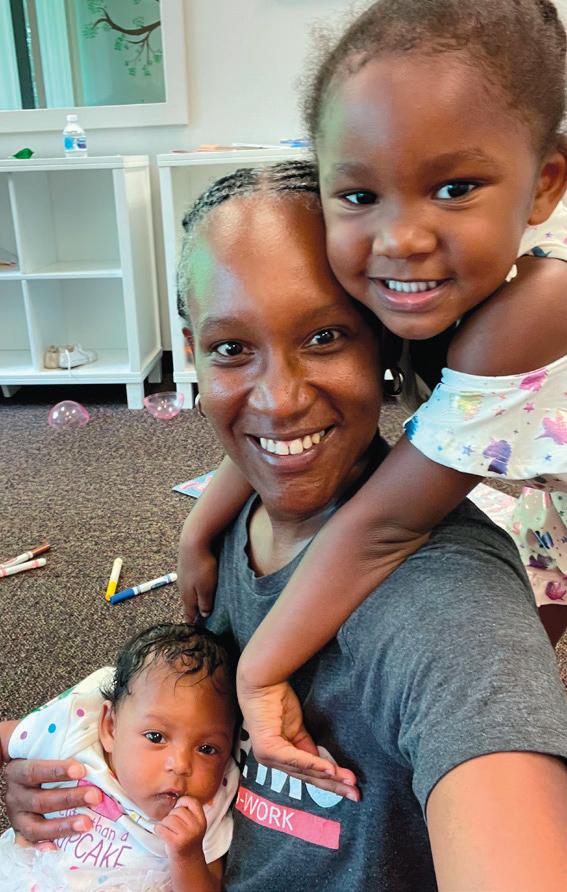
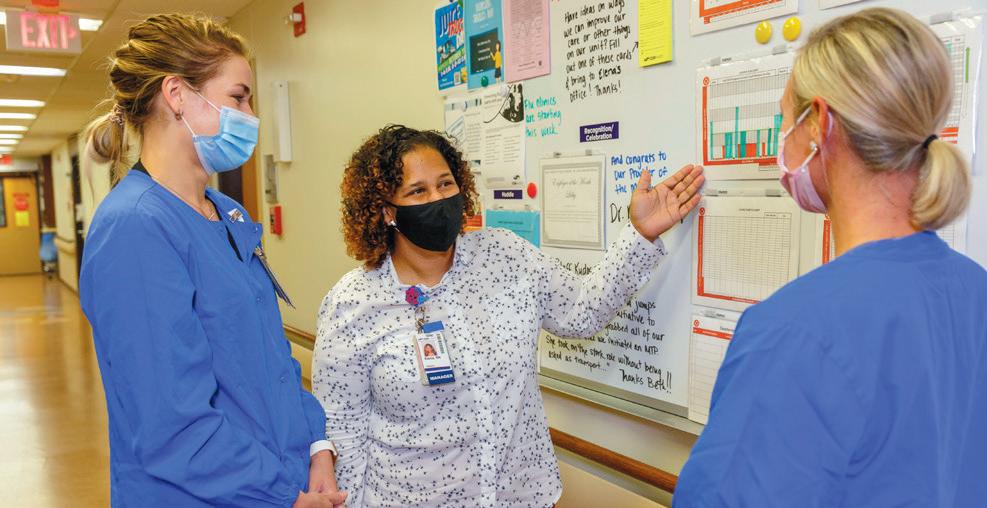
emotional support to facilitate a safe delivery,” said Elena Jenkins, RN, BSN, nurse manager in labor and delivery at SSM Health
St. Mary’s Hospital – St. Louis.
“This begins with talking about the ways in which we can help create the birthing experience you want, whether you have a high- or low-risk pregnan-


By Dana Rieck The St. Louis American
As city legislators begin to tackle the monumental task of redistricting 28 wards into 14 by the end of December, they’re asking for the public’s input on how they’d like to see boundaries drawn.
The St. Louis Board of Aldermen on Monday launched a website that provides the public with information on the redistricting process, upcoming dates of public meetings, information on testifying at upcoming meetings, census data and a place to submit comments.
Later on, the website will also provide the public with proposed maps to give them an opportunity to weigh in before a final vote by the board.
“For the first time in over 100 years, the city of St. Louis is drawing its map with 14 wards, not 28,” Aldermanic President Lewis Reed said in a statement. “In order for this process to be successful, we need as much input from the residents of the city of St. Louis as possible. I am encouraging everyone to participate and make their voices heard in this process.”
City voters passed the ward reduction in a 2012 election, which stipulated that the new 14 wards would be redrawn after the 2020 census. It laid out a plan in which the first election in the newly drawn wards would be held in 2023 for all wards and aldermanic president. Oddnumbered wards would start with two-year terms, to stay in line with the election schedule set by the city’s charter in 1915. The Board president and evennumbered wards would run during that initial election for a full four-year term.
This ward reduction comes as census data supported what St. Louisans have known for a long time: the city’s population


is in decline — with a population totaling 301,578 residents in 2020, down from 319,294 in 2010 and 348,189 in 2000.
The redistricting process occurs every 10 years following the release of new census data. Currently, the board’s legislation committee is charged with creating the new map, which will then be outlined in Board Bill 101, sponsored by Reed and Alderman Joe Vollmer, Ward 10.
However, Proposition R seeks to shift this year’s redistricting task from the Board of Aldermen to an independent citizen redistricting commission and it remains unclear whether the passage of Proposition R in April would be too late to take effect this time around. While the proposition’s proponents have been adamant there would be time to form a citizen commission to redraw the boundaries for the 2023 election, Reed disagrees. He believes if Prop R is passed by the voters in April, it would only apply to the next redistricting process in 10 years, because the wards would have already been drawn. By law, the Board of Aldermen must pass a new ward map by Dec. 31.





Sophie Hurwitz
The St. Louis American
The Education Equity Center, a St. Louis nonprofit training anti-racist and equityfocused educators, has begun training their third cohort of Anti-Racist Educators for Systems Change Fellows this October.
This group of ten antiracist educators will spend nine months working together to strengthen their anti-racist leadership roles within their respective schools, districts, and systems. The Education Equity Center’s website states the fellowship’s end goal is “propelling radical change within the St. Louis regional education system.”
The Education Equity Center was previously known as EdHubSTL and was a project of Venture Cafe STL, a branch of a larger national nonprofit. During the early days of the pandemic, though, they separated from Venture Cafe, which discontinued operations in the region. They received a planning grant from the Opportunity Trust, beyond which they are funded by anonymous donors.
“[Fellows were selected based on their] leverage to implement practices, policies and procedures within a system, [as well as based on their history of work in education equity],” Sheila Love, founder and executive director of the Education Equity Center, said.
Often, in the schools where the fellows are based, they are “the only person pushing for change,” Love said. Then, the question becomes, “How do you build communities, how do you build coalitions?”
Since the fellows are selected from across the region, fellows can coordinate across districts and across organiza-
tions. Love mentioned Terry Harris, former fellow and Director of Student Services for the Rockwood School District, as an example. Harris is also a founder of The Collective STL, a Black-led restorative yoga studio.
“Harris works across districts supporting, not just the fellows in his same cohort, but he works with districts across the region on wellness [and] restorative practices,” Love said. “This type of cross-district work [Harris does] helps move the whole region forward. If we simply just kind of, raised our gaze to a place where we can say ‘oh, we’re all kind of working towards the same goals … we can break down some silos.’”
Tavonda Palmer Harvey, a former fellow, said the Education Equity Center AntiRacist Educators for Systems Change Fellowship was “transformative.” Harvey works as the Graduation Coach for Ritenour School District and serves as the sponsor for the Game Changers, the school’s social justice club. Through the fellowship, she said, she could bring more opportunities to her Game Changers students.
“The Game Changers have been able to speak to other districts, and the staff of the other districts, on the topic of giving Black and brown kids a voice in a school,” Harvey said. “That came through connections that were made through the fellowship.”
Aside from building connections, Love said the fellowship encourages educators to utilize data to figure out where they can improve conditions for students of color in their schools. She says one school the Education Equity Center has worked with a large and wellresourced district that did not track testing data disaggregated
By Colleen Starkloff Co-Founder Starkloff Disability Institute
Michael F. Neidorff Chairman and CEO
Centene Corporation
According to the National Center on Disability and Journalism, African Americans have the highest number of people in poverty living with disabilities across all segments of the population. In 2020, 22 percent of Black Americans with disabilities were living in poverty, and according to the Bureau of Labor Statistics, in 2020 the jobless rate for individuals living with disabilities for Hispanics was 16.8 percent, with Blacks at 16.3, and Asians at 15.7, compared to 11.6 percent for whites.
While people with disabilities have traditionally faced significant barriers to employment, for people of color with disabilities, entering and staying in the workforce can be especially challenging. These traditional barriers have been exacerbated by the COVID-19 pandemic, which has made it more difficult and more dangerous for this segment of workers to remain employed.
As the U.S. rebuilds toward a full economic recovery, we cannot lose sight of the fact that recovery also needs to include rebuilding and increasing access to quality employment opportunities for people with disabilities.
Workers with disabilities create a positive economic impact in our nation and region. For over 35 years, Centene has been committed to removing barriers that prevent people from accessing high-quality healthcare. Members of the Centene team with disabilities bring valuable life experience to our work culture, as well as an unparalleled understanding of the barriers that many people
by race until this past year.
“We’re not giving them any data that they don’t already have. It’s just about, are you tracking it, and what measures are you putting in place when the data tells you the story?”
Love said. “And the data’s consistent across every district in this region: Black and brown students fare far worse in every single measure than their white counterparts.”
This year’s Anti-Racist Educators for Systems Change Fellows are listed below.
• Dr. JaNae’ Alfred, Ph.D
The School District of University City, Administrator
• LaToya Crockett, Barbara C. Jordan Elementary in University City, 3rd Grade Teacher
• Morgan Hill, SouthSide Early Childhood Center, Program Director
• Jen Patterson, Francis Howell School District, Director of Student Services
• Dr. Erica PeytonNunnery, MRH High School, Administrator for Alternative Programs and AP
• Kate Polokonis, STEM STL, Interim Executive Director
• Mona Rajab, Parkway School District - Sorrento Springs, 1st Grade Learning Experience Designer
• Marvin L Rice, Hazelwood School District, Twillman Elementary School, Assistant Principal
• James Sykes, Forward Through Ferguson, Youth at the Center, Policy and Advocacy Fellow
• Nakia Winston, St. Louis Language Immersion School, Social Worker

face each day.
Thirty-one years ago, the Americans with Disabilities Act (ADA) became a law, enabling people with disabilities equal opportunity to live and work free from discrimination. While the ADA removed discrimination as a major barrier to employment, negative societal attitudes about people with disabilities being viable job candidates still persists. In collaboration with the disability community, employers have made significant progress in the development of innovative strategies designed to provide quality jobs and careers for people with disabilities. This includes being intentional about the design of accessible workplaces, as well as the creation of open and inclusive work cultures. But despite this progress, there is still much more for us to do. Full access and participation in community life is critical to the economic stability and overall security and wellbeing of people with disabilities. In addition to creating accessible workplaces, U.S. businesses must actively support the advancement of public policies that promote accessible and affordable housing and accessible transportation options. This October, as part of National Disability Employment Awareness month, Centene and the Starkloff Disability Institute join companies across the region to celebrate the leadership, talent, skill, ability and experiences of employees with disabilities,. Together, we challenge business leaders to take bold actions, within their organizations, and beyond, to build and maintain accessible communities and workplaces. America’s recovery is on the horizon. Let us commit to leaving no person behind, including people with disabilities.
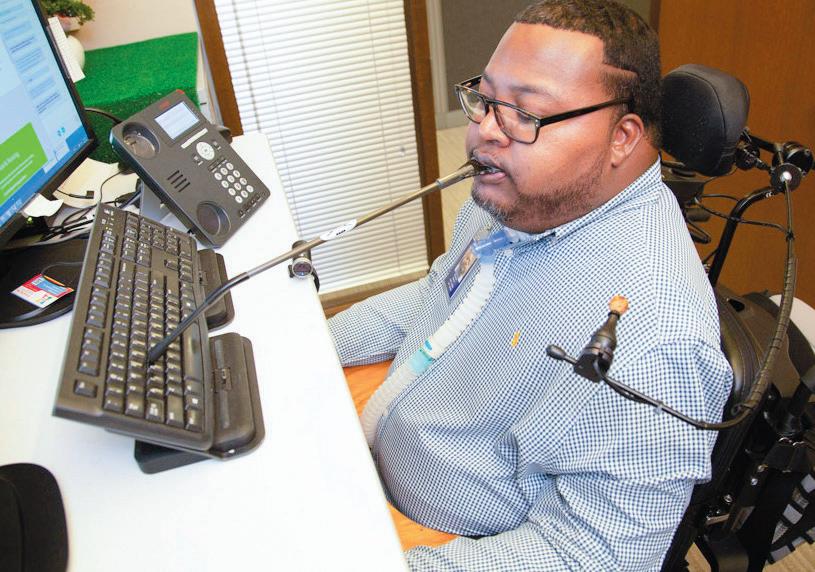
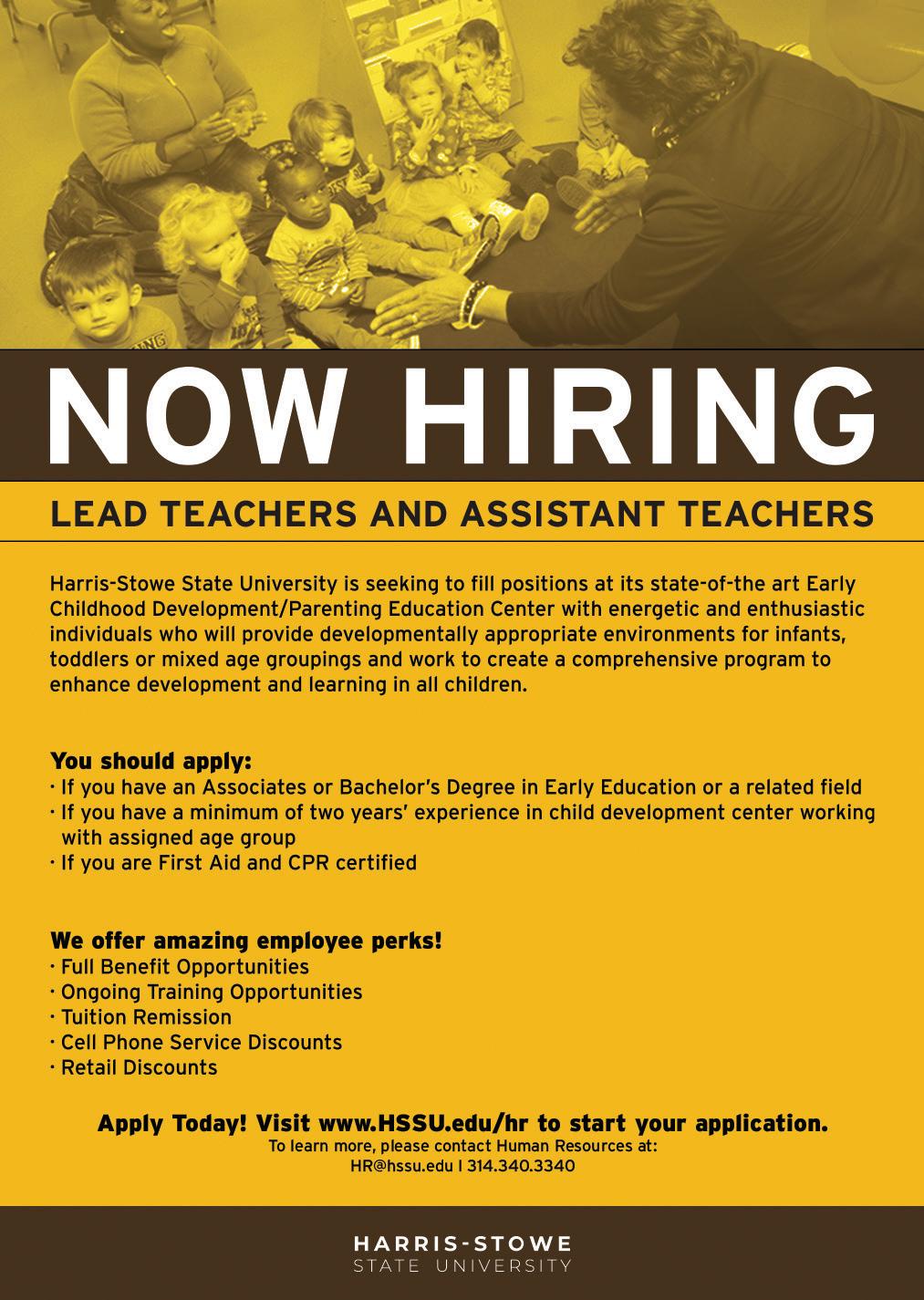
Like most parents this month, I’m focused on what my son wants to be for Halloween. After COVID-19 prevented us
from celebrating last year, I think we’re all excited for trickor-treating again. But at 14 years old, Aden

Enjoy the St. Louis Symphony Orchestra holiday performances of A Gospel Christmas with Oleta Adams and the Mercy Holiday Celebration with AARP St. Louis. AARP Members and guests can purchase 2 for 1 Grand and Terrace Circle tickets at a discounted price from October 15 –December 17, 2021. Limited quantities available.
People must register through AARP St. Louis to receive promo code. Learn more at aarp.org/stlouis

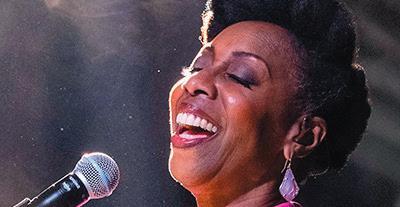
is reaching that age where we talk more about what he wants to be when he becomes an adult. I want St. Louis to be a place where he can envision building a family and a career, with good opportunities no matter the zip code. A growing industry and a major project in North St. Louis hold much promise for families across our region.
I spoke recently at the 2021 GEOINT National Symposium, a geospatial intelligence conference that brought together thousands of the top innovators and experts from the Department of Defense, intelligence agencies, and academia. In 2019, the geospatial intelligence industry was responsible for 27,000 jobs and nearly $5 billion in economic impact throughout the St. Louis region. While some of us grew up with landlines and dialup phones, this cutting-edge technology is helping our kids catch ‘em all in Pokemon Go. The NGA West project is helping put St. Louis back on the map. The new $1.7 billion federal facility is currently under construction in the JeffVanderLou neighborhood, but benefits will touch families across St. Louis by attracting international talent and investment.
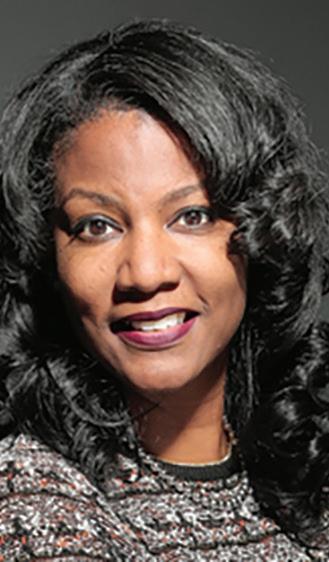
NGA West, combined with new federal dollars from the American Rescue Plan, offer us a once-in-a-lifetime opportunity to transform North City for the better. With our first round of funding - $135 millionwe’re investing directly in people with three key areas of focus - strengthening our public health infrastructure, providing economic support during tough times, and improving public safety by addressing root causes of crime. This means millions for vaccine education, community violence intervention programs, food assistance, investment in affordable housing, and more. That’s just the beginning. St. Louis still has hundreds of millions of dollars in the bank to help bring us into a new era. I want the kids trick-or-treating through our City this Halloween to grow up knowing they can build a great career at NGA right here in North St. Louis. Parents are already asking: “How can my kid get a job at NGA?” Neighborhood development happens from the bottom up, not the top down. My administration is working with neighborhoods around NGA West to plan how new investment improves their communities, so they can have a voice. Eventually, we will bring this process to all city neighborhoods. We are also developing an economic justice plan to invest millions of dollars to right historic wrongs and ensure neighborhoods left behind on both sides of Delmar get the resources they need to thrive. More resources mean safer neighborhoods and stronger communities. St. Louis is a hardworking city, a tough city: We face our fair share of challenges for sure, as any other city does. But with the $1.7 billion NGA West campus soon to be a reality, I believe North St. Louis and our entire city is primed for change. In the meantime: Happy Halloween to you and your babies, get vaccinated and protected against COVID-19, and God bless.

The late Jerry Tucker was a General Motors auto worker and a firebrand in the United Auto Workers Union. Jerry succumbed to pancreatic cancer on October 19, 2012. Tucker would be pleased to know that date opened a special election for union members to vote directly for its national officers. It could be a gamechanger for not just the UAW but other big unions who have lost their way.
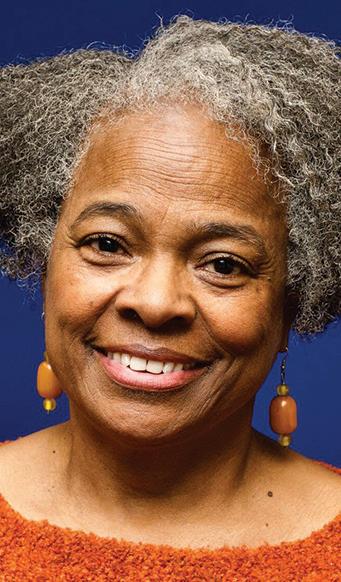
Tucker and dissident union members were weary of unionnegotiated contracts that continued to favor management at the expense of workers. They launched the New Directions Movement in 1986, an opposition caucus inside the UAW that advocated for better representation along with more democracy, transparency, and accountability. Since then, corruption among union leadership has multiplied exponentially.
The upcoming referendum is part of a consent decree supervised by the Department of Justice. The DOJ conducted an intensive investigation into the UAW corruption scandal. The referendum promises to bust up the administrative caucus, a concept created by union hierarchy decades ago to control the election outcome of international union leaders.
For years, workers and union
supporters have criticized unions for operating like corporate entities (stealing all they can) and elected union leaders like corrupt politicians (suppressing democracy).
Regarding the UAW, some have even likened the tactics of the union hierarchy to that of the Mafia. With about $1 billion in assets, greedy union officials had deep pockets at their disposal for personal pleasures.
Top union officials have indulged in lavish getaways in the millions of dollars while workers toiled on assembly lines. Equally as disgusting, they have taken bribes from auto companies, totally compromising their ability to
n My hope lies with the rank-and-file workers although the challenges to turning the UAW around are daunting.
boldly represent its members.
Members have complained about jacked-up contracts for years, especially the twotiered system. Member have been forced to accept more concessions with less benefits.
During COVID-19, workers felt like they were trapped in unsafe conditions which unnecessarily exposed them to the deadly coronavirus.
During the 2019 strike, workers received paltry strike payments as union bosses were living large. Union members are sick and tired of being sick and
Have you, or someone you know, experienced loss of a job or home due to COVID-19, and are looking for quality child care?
Enroll your child ages 6 weeks to 5 years into the YWCA St. Louis Early Education Program. Go to www.ywcastl.org to begin the enrollment process today!
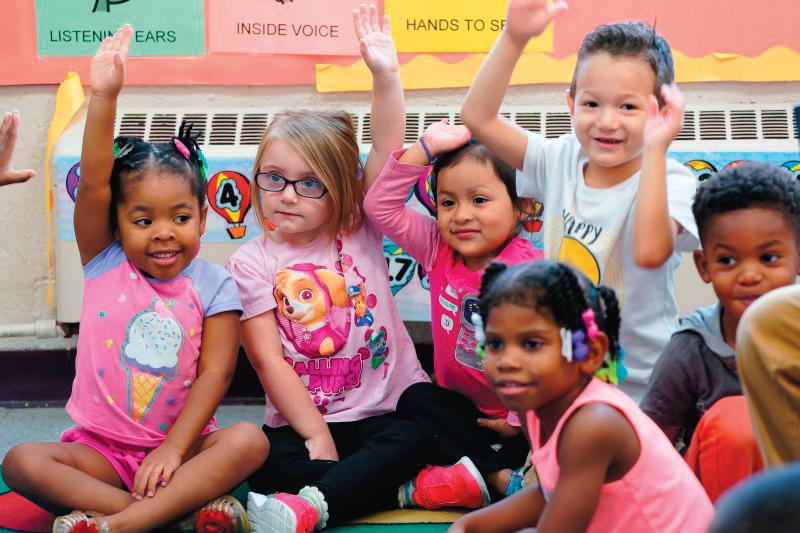
tired.
The justice Department has concluded its investigations and its criminal indictments went straight to the top.
Several union officials have already been convicted and former UAW Presidents Dennis Williams and Gary Jones received prison time for their criminal roles.
The despicable actions of union leaders don’t inspire optimism about the future of the labor movement at a time when strong unions are needed. My hope lies with the rank-and-file workers although the challenges to turning the UAW around are daunting. Their tasks are to restore trust both inside the union and in communities, to set up strong and effective financial controls and to draw neon lines of demarcation between union and corporate management.
Knowing Jerry Tucker, he’d put his faith and fate in the hands of the one million current and retired autoworkers who started voting last week. One election is not a silver bullet but it’s heading in the right direction that’s far from being new.









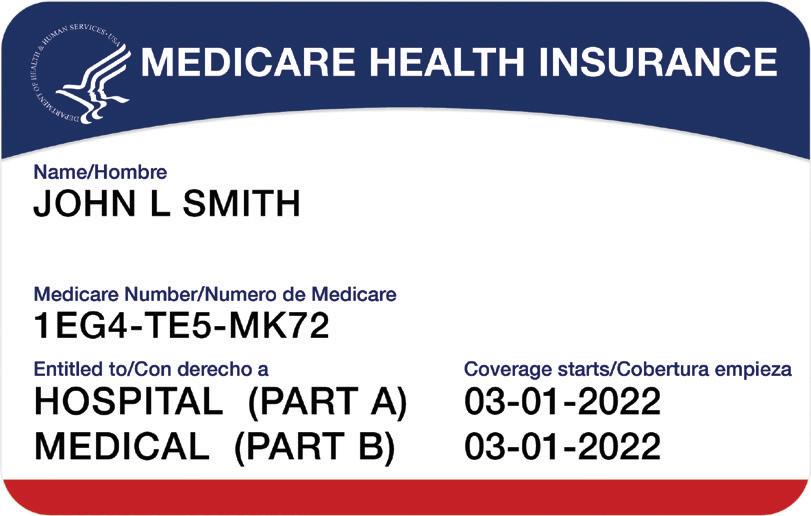




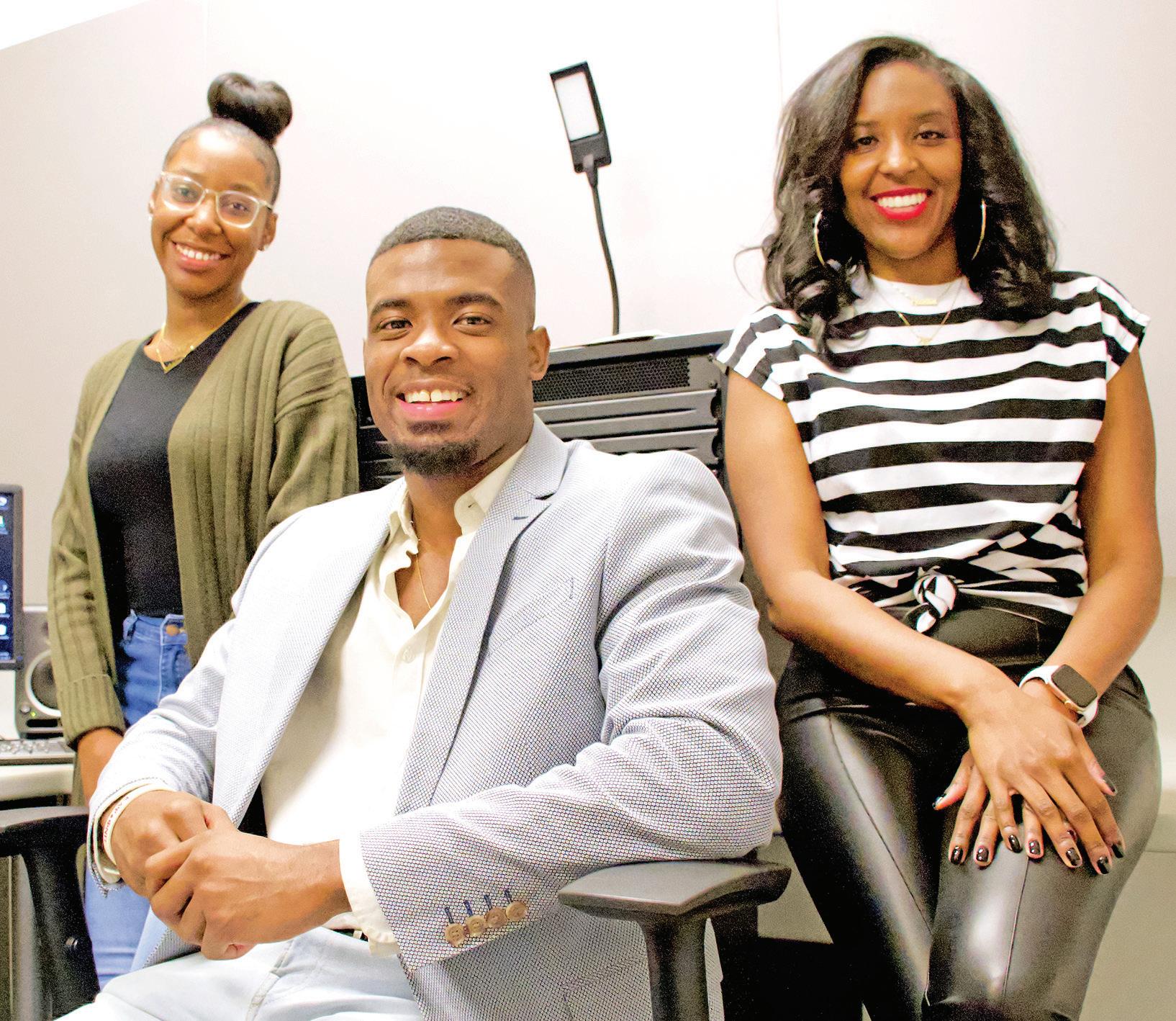
18.
By Sylvester
Jr.
The St. Louis American
At the age of 25, Malik Wilson, co-host of “Show Me St. Louis” on KSDK Channel 5, seems to have mastered the art of drafting his own destiny. Before entering the news business, Wilson was a wide receiver with a Canadian football team, the Saskatchewan Roughriders. A torn hamstring, just months into the game, motivated him to pursue his first love, mass communication.
While attending North Carolina A&T State University in Greensboro, North Carolina,

N.C., Wilson interned with the school’s radio station before going off-campus to intern with 107.5 KZL FM radio station and, later, WLXI TV, a Christian television network in North Carolina, his home state.
Wilson was prepared with the internships under his belt when offered a job as a general assignment reporter with KX News in North Dakota. Wilson became a television news reporter right before the coronavirus
pandemic started to spread around the globe. Although Wilson said he has a passion for “hard news,” intense and repetitive COVID coverage prompted him to reevaluate his priorities and perhaps change his career path.
“In the midst of COVID, I had to dig deep and ask myself ‘what makes Malik happy?’” he said.
Wilson was one of the panelists for the Oct. 7 viral panel discussion, “We Live Here: Black Journalists Covering Race, Identity & Culture,” hosted by St. Louis Public Radio. Wilson and this writer were joined by Lauren
Nomi Health opens free COVID-19 testing site with Kranzberg support
By JoAnn Weaver
The St. Louis American
Nomi Health opened a new COVID-19 testing site with no out-of-pocket cost to patients in the Grand Center Arts District of St. Louis with support from the Kranzberg Arts Foundation and the Grand Center.
“Easy access to free COVID testing has been a hindrance to our arts community both on the artist and patron side throughout the pandemic,” Chris Hansen, executive director of the Kranzberg Arts Foundation, said. “This new testing site is just one more step in bringing our arts economy back to thriving.”
The testing site is on the second floor, open to the public, and will support artists, performers, and patrons of the arts district by providing both antigen and PCR testing.
“This latest site is a part of Nomi Health’s continued commitment to keep communities safe and to enable the arts to re-open safely in St. Louis,” Joshua Walker, co-founder and COO of Nomi Health, said. “Key to us all learning to live with COVID safely is easy access to quality testing, so we are proud to serve St. Louis in this way.”
The site accepts insurance, but uninsured people will not be turned away. The direct healthcare company has coordinated COVID-19 testing and vaccination efforts across the country.
“Grand Center Inc. is so pleased to be able to support the resurgence of the arts post-pandemic,” Rich Simmons, executive director of Grand Center Inc., added.
The testing site will be open Monday through Wednesday from 9 a.m. until 7 p.m., Thursday through Saturday from noon until 8 p.m., and Sunday from noon until 6 p.m. A local call center will be open Monday through Sunday from 8 a.m. until 6 p.m. at (314) 673-8309.
African-American community still hesitant about getting vaccine
By Genoa Barrow
Black folks are still getting sick. Still spreading COVID-19. Still flooding local ERs. Still dying.
Still giving the vaccine the side-eye.
While vaccination mandates are being issued and enforced more frequently, health officials continue to come up against hesitancy in the Black community.
Local African American doctors are stepping up and speaking out, to allay fears and encourage people to make informed decisions about not only their own health, but also protecting others around them.

Dr. Kristin Gates, an adult primary care physician with Kaiser Permanente Elk Grove, and Dr. Mikah Owen, a pediatrician with UC Davis Medical Group, were guest speakers during a recent Zoom session aimed at training Black community leaders to become “vaccine influencers.”
The series of trainings were hosted by the Sacramento County COVID-19 Collaborative that includes The Center at Sierra Health Foundation and the Sacramento County Public Health Department. Participants in the sessions got vaccine updates, learned how to provide COVID-19 vaccination information and messages, how to address common concerns, and got communication tools to have effective conversations in their circles of influence.
Gates, who co-leads Kaiser’s African American Disparities Strategy Team, offered strategies for having “honest” conversations about the vaccine.
“Our ultimate goal is to encourage, not convince,” she said. “Telling people that we trust them to make the safest choice for them and their family and then giving them the information to do so, allows them to step
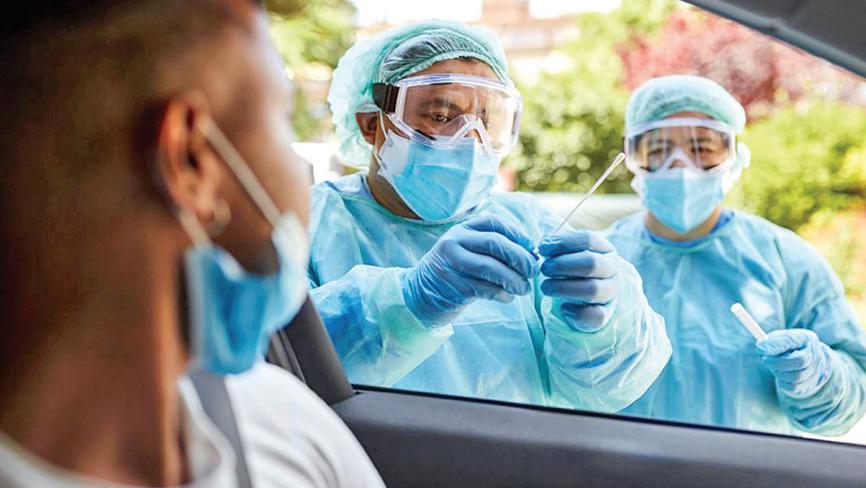
Nomi Health opened a COVID-19 testing site with no out-of-pocket cost to patients in the Grand Center Arts District. People with symptoms related to COVID or who are considered to be a close contact of someone with confirmed COVID are still recommended to get tested for the virus. Testing may now also be needed for travel, to work or to shorten a quarantine.


By Sylvester Brown Jr.
The St. Louis American
It was a frantic day in early August for Dr. Ebony Carter, a high-risk obstetrician at Barnes Jewish Hospital’s Women and Infants Center. A patient in the hospital’s COVID isolation room was about to deliver her baby. Carter remembers how she and her obstetric resident hastily donned their N95 masks, face shields, gowns, and gloves in the decontamination room. Significant decisions had to be made quickly, like would thesoon-to-be-mother require a c-section if the baby began showing signs of distress from her COVID infection, too?
n “There’s only two ways out of this pandemic and I feel like people are choosing the much more dangerous path.”
patient declined support to help her breathe. Carter recalled how she “begged and pleaded” with the “coughing and hacking” woman to put her on an oxygen machine but to no avail. The OBGYN’s worst fears came to fruition when the woman’s respiratory status deteriorated to a level where her team could no longer care for the patient on her floor. She had to be transferred to another room where a tube would be placed down her throat and into her lungs so a machine could breathe for her.
– Dr. Ebony Carter, a high-risk obstetrician at Barnes Jewish Hospital’s Women and Infants Center
As Carter entered the delivery room, she could see the woman was having trouble breathing. The patient, Carter recalled, was angry when “this should have been one of the happiest times of her life.” The
Continued from A14
away and make their own decisions.”
With COVID-19, personal decisions have a larger impact.
“Even though this is an individual choice, it’s not a choice that has individual consequences,” Gates shared.
“Most of the people who we see infected, if mom’s infected, that means often that dad and all of the kids are infected as well, so it’s households who get sick, not just the individual,” she continued.
The “Vaccine Influencers” session was held in midAugust. At the time, only 7.1% of the vaccinations that had been given out in Sacramento County had gone to African Americans. “The thing that’s so crazy about this is, not only is this not equal to the percentage that we make up of the population, but we make up 13% of all COVID cases, but only 7.1% of the vaccinations. We’re seeing the dire differences between the amount of exposure compared to the amount of protection in our community,” Gates said. The numbers did not change in a month.
Carter, who wrote about the incident on her blog, added: “I felt dejected and feared the road ahead for her and her baby.” Since the onset of the coronavirus, Carter finds herself writing and sharing her experience as a high-risk obstetrician working during a pandemic. “Writing,” she said is “somewhat therapeutic.” It helps her navigate the precarious world of treating pregnant patients during a pandemic.
Carter has seen a troubling statistic in real time. According to two new academic studies, pregnant women who develop Covid-19 symptoms risk emergency complications and other serious problems with birth. Yet, only 33% of pregnant people between 18-49 are fully vaccinated, according to the US Centers for Disease Control and Prevention (CDC). In her practice, Carter said the number is more like 25 percent.
need a machine to beat for their heart and breathe for their lungs.”

“I am so frustrated,” Carter said. “I feel like I’m spending all day asking patients where they are; counseling them on the risks and benefits and all that, but it seems the vast majority say, ‘thanks but no thanks.’
“I wish they could just look over my shoulder when I’m taking care of patients who refuse the vaccine all summer and greatly regret their decisions as they’re struggling to breathe or are on ventilators or, like some of my patients who ended up on heart/lung bypass machines because their bodies have shut down to the point where they
Carter said she tries to practice empathy with her unvaccinated patients. “I think it’s important that everybody is armed with the information they need to make the best decisions for themselves and their families, so I try to counsel them with the objective data; In pregnancy, your immune system kinda tamps down because you’re carrying this foreign alien in your body, and you don’t want your body to attack this thing that is other than you. Now, that is great for the baby but terrible for the mother. Because it means her body is unable to fight infections the same way it would if she wasn’t pregnant. That’s why pregnant people have the potential to get a lot sicker than the non-pregnant version of themselves.”
Carter titled the piece she wrote in August, “Shutting Down the Pandemic Freeway: What’s Your Exit Strategy?” She described two exits from
the deadly “pandemic freeway.”
The unvaccinated take “Exit 1” where their bodies can get “battered and bruised—some for months to years.” For every one or two out of a hundred people, Carter wrote, “this exit ends in death.”
“Exit 2,” Carter summarized, “has a sign marked by vaccinations. It is now wide open if you are fortunate enough to live in a country that can “pay the toll”, such as the United States. But, despite these exit ramps, the pandemic freeway remains congested and prone to adversity, as the virus continues to find a high concentration of vulnerable hosts to infect and mutate into new, more dangerous forms, like the Delta variant.”
Many researchers have attributed the reluctance to get vaccinated among pregnant women to “fluctuating guidance from health officials earlier in the pandemic.” What some call “fluctuation,” Carter describes as the scientific process playing out.
“Back in December when the vaccines first came out, pregnant patients were systematically excluded from those studies so we couldn’t ethically say, “yeah, this is going to work for you, too.’ The guidelines

That, Black doctors say, warrants a sense of urgency. “We only have two choices.
Continued from A14
Brown, host and lead producer for the “We Live Here” podcast, Andrea Henderson, the race, identity, and culture reporter for St. Louis Public Radio, Camron Rhodes, founder of “Voice of The People News” and Gabrielle Hays, communities correspondent for the PBS NewsHour. Veteran broadcast Jade Harrell, director of On-Demand Content & Community Partnerships for St. Louis Public Radio, moderated the discussion. The show’s goal was to give journalists of color the chance to discuss the opportunities and challenges in covering news that disproportionately affect people who look like them, such as the pandemic, police brutality and urban crime.
Wilson described what truly makes him happy as a lifestyle morning show co-host in St. Louis during the discussion.
“I’ve been in the hard news world dealing with COVID, politics, and all that stuff. It’s hardcore,” he said. “Here, being with ‘Show Me St. Louis, ‘ it’s more so positive news. We highlight food, businesses, and events; things that help people get away from the harsh realities of life.”
In North Dakota, what Wilson described as a true “Red State,” he said he often found himself lumped into the category of the “mainstream media” engaged in fearmongering and over-dramatizing the virus even while North Dakota’s COVID death numbers were escalating. Unlike most news stations that went virtual for most of 2020, KX News reporters were in the studio a couple of months after
the virus started to spread. The atmosphere and attitude toward the pandemic challenged Wilson’s sense of value.
“In a sense, I wondered if my higher-ups really cared about my well-being,” Wilson recalled while also sharing his feelings about some of his viewers. “Despite the high death toll, people looked at you crazy if you wore a mask. It was like, ‘why are you bringing that negative vibe in here?”’
Determined to redefine his career, Wilson put together a demo reel of positive, upbeat stories he’d done at KX News. After uploading the video to YouTube, he received a call from KSDK producers asking if he’d be interested in joining the “Show Me St. Louis” team. He was, and, in short order, he did, joining KSDK in July.
Andrea Henderson’s biggest challenge was trying to
find balance in a fast-changing world. As the pandemic spread, she heard talks of layoffs at the radio station. When her immediate editor was let go, she feared she’d be next. Henderson decided to redirect her fears into her work. She recalled how she drafted a to-do list for work.
“I woke up early one morning and jotted down a whole lot of ideas: new ways to talk about COVID and the protests in different, more nuanced ways,” she said.
Henderson admits that covering COVID, police brutality, and the ensuing protest was challenging at first, but it was the aftermath of George Floyd’s death that strangely lifted her spirits:
“The protests started to invigorate me a little bit because I saw what was happening with my people and I saw other people (nonblacks)
stepping in to help,” she said. “I knew George Floyd’s death and COVID led to a different outcome. People were sitting at home, isolated. Everybody was watching TV and social media. Seeing so many people rise up encouraged me. It was like ‘OK, Andrea, you can do this!’”
Lauren Brown, 24, said she had difficulty separating herself from the people disproportionately suffering from COVID-19 and police brutality. Her paternal grandfather succumbed to the virus in June 2020. The Chicago native has no immediate family members in St. Louis.
She wondered who’d be there for her if, for instance, she got infected while covering a protest. Brown turned those worries into fodder for future stories.
“I started focusing on things I needed and what I
fluctuated only in the fact that our knowledge of the disease and the vaccinations have increased.”
Between July and August, two leading OBGYN associations threw their unequivocal support behind the vaccine, and the CDC formally recommended it, sending out an urgent plea for pregnant women to get the shot immediately. Carter has joined the pro-vaccine chorus.
“There’s been no signals for harm from the vaccine other than the typical stuff…fevers, chills, muscle aches,” Carter said. “I would take those minor discomforts anytime. It’s better than ending up in intensive care with COVID.”
Now that vaccines for pregnant women have been approved, Carter said it’s another good reason to take “Exit 2” on the Pandemic Freeway.
“There’s only two ways out of this pandemic and I feel like people are choosing the much more dangerous path. COVID Kills and the vaccine protects you. We each have a choice on how we exit this pandemic.”
Sylvester Brown Jr. is The St. Louis American’s inaugural Deaconess Fellow. tion risk
people made it through 2020.”
Owen is serving as a consultant with local school districts, assisting with the return to in-person instruction. Younger children ages 5-11 are expected to become eligible for the vaccine shortly. In anticipation, California just became the first state to pass a vaccine mandate for the younger students, from kindergarten to sixth grade to be vaccinated to attend school next year, once federal approval is granted.
Many parents haven’t been vaccinated and others haven’t allowed their older children to be vaccinated, even though they’ve returned to school. Low risk doesn’t mean no risk, Owen reminds.
“We’ve seen it all over the country, parents filled with regret that they did not do it because they weren’t expecting their kids to get sick. We have seen children get sick and unfortunately we’ve seen children who have died of COVID-19,” he said. Owen wants people to think about the implications of not getting vaccinated, especially in communities that are predominantly people of color.
Genoa Barrow is a columnist and writer for NNPA member The Sacramento Observer
felt other families needed, like black mental health and family wellbeing,” Brown said. “I was feeling a little overwhelmed talking about our hardships, trials, and tribulations, so I focused on stories that left people feeling less despair, maybe even hopeful. Talking about those things lifted a heavy weight for me.” Brown said she was pleased with the “We Live Here” discussion. Despite the challenges of an ongoing pandemic, societal atrocities, and disproportionate injustices, all the panelists spoke lovingly of their roles as black journalists with self-imposed mandates to represent, serve and inform black audiences during these troubling and transformative times.
Sylvester Brown Jr. is The St. Louis American’s inaugural Deaconess Fellow.


PRESENT:











When we’re lucky enough to have a chance to go out for dinner, there are a few ways to stay healthy with our food

If you have a bag FULL of Halloween candy — what can you do to help you resist over-loading on sweets? Some tricks to follow are:
those leftovers for lunch the next day!
are popcorn, wheatberries, brown rice and wild rice.
> Decide you’re going to switch from soda to water.






We each need at least 3 servings per day of whole grains. But what does that mean? How can we know what foods contain whole grains?
> Ask the server how the different menu items are prepared. Fried, sautéed, and



See if the restaurant will let you “share” a meal. Many meals are two, three or more times an actual serving size.
Calculate BMI

Now is the time to talk about staying safe during your trickor-treating. Here are a few very important things to remember.
Brush your teeth after you’ve had a piece of candy. Having fresh, clean teeth can help you resist eating another piece. Bonus — brushing also helps get the sticky sugar off of your teeth to help prevent cavities!
Look at the ingredients list of a package of food you are about to eat. If the word “whole” is used, then there is most likely a whole grain ingredient. A few items that don’t use the word whole
lifestyle. You can do this by forming new habits. For example, if you decide to eliminate sugary drinks completely, it only takes a few weeks until this becomes what you’re used to.
In our “Super-Size” world, we can easily lose track of what an actual serving size means. When reading labels on a food or drink product, you can determine the nutrients, sodium, fiber, sugar and calories of a serving size. But be careful; just because it looks like one small bottle
Getting plenty of whole grains in your diet can improve your health and reduce your chance for some chronic illnesses such as stroke, diabetes, heart disease and high blood pressure. Visit wholegrainscouncil.com for more information.
group that might appreciate your leftover treats. When you do have a treat, remember to do some extra, fun activities to burn off the extra calories.
> Start by substituting one drink per day to water.
> Avoid gravies, cheese sauces and other kinds of toppings that often just add fat and calories.
As soon as you’ve divided your plate into the right size servings, ask your server for a to-go box. Go ahead and box up what you don’t need to eat right away. You can enjoy
Consider “donating” your candy to a food pantry, family shelter or other
Here are the steps to making a healthy permanent change. We‘ll use the sugary drink change as an example.
Let’s make a game out of exercise!
As spring approaches, warmer weather allows us all to get more outdoor exercise. Here are some ways to become a more active person.
According to some statistics, the average American child spends as much as 4 hours a day watching TV and another 2 hours playing video games and having fun on a computer. That’s 6 hours each day!
Can you think of other uses for your bag-o-candy?
> Every few days increase the amount of water and decrease your soda intake.
of soda — it may not be considered one serving size. For example, a 20-oz bottle contains 2.5 servings. So if the bottle states “110 calories per serving,” that means the entire bottle contains a total of 275 calories! Remember to watch those serving sizes and you’ll have better control over what you’re eating and drinking.
> Stick with water to drink. Not only will you save money, but you won’t be adding in extra calories from a sugarfilled drink.
Learning Standards: HPE 2, HPE 3, HPE 5, NH 1, NH 5
> After 3-4 weeks, this change will become a habit.
Learning Standards:
Learning Standards: HPE 2, HPE 5, NH 1, NH 3, NH 5
When you automatically reach for water instead of soda, it has now become a lifestyle change!
> What are other ways to stay healthy while dining out?
even simmered can all mean, “cooked in oil.” Instead, choose baked or grilled options.
Learning Standards: HPE 1, HPE 2, HPE 5, NH 1, NH 5
Amy Smith, EMT
Melissa Douglass, MSW

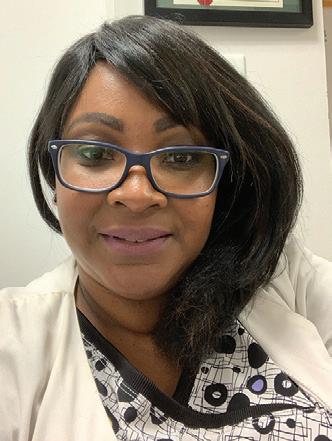
Where do you work? I am a family nurse practitioner for BJC Medical Group.
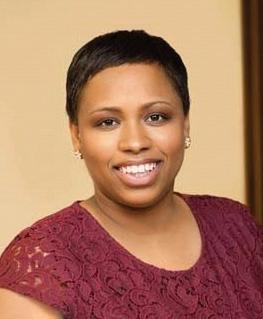
Where do you work? I am a school nurse with St. Louis Public Schools.
Where do you work? I am a school nurse at Monroe Elementary School.
It’s important that before you embark on any kind of exercise to remember two things: warm up and cool down. Start with some slow stretches and movement (like walking) to increase your heart rate a little. Warm up for a good five minutes before increasing your heart rate.
Secondly, when you are finished with any kind of strenuous (very active) exercise, take some time to cool down. You can slowly stretch your arms and
Learning Standards: HPE 1, HPE 2, HPE 5, NH 1, NH 5
March 20, 2021, is the first day of spring. With spring comes warmer weather and longer days (later sunset). Make it a habit to spend as much time playing outside as the weather allows.
Instead of playing video games — play baseball, football, badminton, or some other active game.
Instead of spending so much time in front of screens… why
not go outside and get some exercise? Try reducing your TV watching by one hour each day, and spend that hour throwing a football, riding a bike, playing kickball or some other fun outdoor activity with your friends or family. That one hour can make a big difference in how you look and feel.
legs again, and continue with reduced speed movements until your heart rate begins to slow down.
Where did you go to school? I graduated from McCluer North High School. I earned an Associate of Applied Science in Nursing from Meramec College in Kirkwood and completing my bachelor’s degree at Webster University in Webster Groves.
and breathing. You want to have fun, but it’s also a great way to help keep your heart, lungs and body healthy.
Instead of watching TV — ride your bike with friends. Can you think of other ways to be more active? Going outside and staying active not only increases your heart rate and burns calories, but it also helps you build friendships!
This warm-up and recovery period is important for your heart health. It also helps to reduce the amount of muscle pulls and strains.
Where did you go to school? I graduated from Sumner High School. I then earned Associate Degree in Nursing from Forest Park College and a BS in Business Administration from Columbia College.
Instead of surfing the ‘Net — go for a brisk walk around the neighborhood.
Some fun outdoor games to play include tag, kickball, basketball, Frisbee, and bicycling. Choose activities that increase your heart rate
Walk with a parent or older sibling.
First, locate either a deck of cards or two dice. Next you’ll need to make a list of different types of exercise: jumping jacks, sit-ups, lunges, etc. Write each exercise item on a small piece of paper or index
> NEVER walk on a “frozen” pond, lake, river or any other body of water. Just because it looks frozen does not mean it is safe.
Break into small groups and define what it means to be a bully. Share your ideas with the class. Did you have the same things listed (as the other groups) that you would consider as bullying behavior? Now back in your groups, create a newspaper ad that includes at least two of the following:
A BMI (Body Mass Index) is a generic way to calculate where your weight falls into categories (thin, average, overweight, obese). However, it’s a good idea to remember that a BMI may not take into consideration many things such as athleticism (how athletic you are), your bone density and other factors. Discuss your BMI with your
Wear reflective clothing or something light/bright to be more visible to cars.
How much time do you spend each day looking down at a phone, laptop or video game?
card and fold into a small square. Put these squares into a bowl. Take turns rolling the dice (or drawing a card) and selecting an exercise from the bowl. The total number on the dice or card tells you how many of the exercise you must do. Face cards (king,
Make a list of your favorite 10 activities to do outdoors. Compare your list with your classmates and create a chart to see what are the most popular.
Learning Standards: HPE1, HPE 2, HPE 5, NH 1, NH 5
Never go inside someone’s home.
queen or jack) should all count as the number 10. Aces are “wild” and you can do as many as you want! To really challenge yourself, have one person roll the dice and the second can select the exercise. See who can complete the exercise challenge first!
Learning Standards: HPE 2, HPE 5, NH 1
Learning Standards: HPE 1, HPE 2, HPE 5, NH 1
> What to do if you see someone else bullied.
> What to do if YOU are the bully.
Learning Standards: HPE 2, HPE 4, HPE 5, NH 1
Where did you go to school? I graduated from McCluer High School. I then earned a Bachelor of Nursing and a Master of Nursing Practice from the University of Missouri – St. Louis. And finally, I earned a Doctorate of Nursing Practice from Maryville University.
Where do you work? I am the founder and distance counselor for Goal Driven Counseling, LLC. Where did you go to school? I graduated from Whitney Young Magnet High School in Chicago, IL: same as former first lady Mrs. Michelle Obama. I then earned a Bachelor of Science in Social Work, and a Master of Social Work from the University of Missouri – St. Louis. I also completed two more years of supervision and exams to become a Licensed Clinical Social Worker in the state of Missouri.
degree in science / criminal justice from Lewis and Clark Community College in Godfrey, Illinois, and a bachelor’s in science / criminal justice from Missouri Baptist University, St. Louis.
What does a school nurse do? I love giving students medications, so they’re able to focus on learning. I clean and bandage wounds. I use medical equipment like a stethoscope, for example, to evaluate whether or not my asthmatics are breathing well. Moreover, I teach and promote healthy habits to my students.
What does a family nurse practitioner do? Each day I have office visits with patients to help treat new health conditions and/or manage established health conditions. I perform physical examinations on patients, order labs, read x-rays results, and more.
What does a school nurse do? I assess the concerns of students who are ill, injured or experiencing alterations in their normal health. Nurses screen daily staff, students and visitors for safety. Monroe School is a pilot school for Covid-19 test sites in partnership with the city.
What does an emergency medical technician do? We work closely with other first responders daily to ensure the safety of our patients and perform life-saving efforts when our patients are sick or injured. We use our training and medical equipment to assist patients with breathing, we can restart someone’s heart and some days we deliver babies. Each day is unique and challenging.
What does a Licensed Clinical Social Worker do? I use technology to help teens and young adults explore their emotions, better understand their feelings, work through relationships, and address common challenges completely online through a computer, tablet, or smart phone. Similar to a Facetime call, I support and guide my clients from the comfort of their home or private location where they are comfortable
Chiropractors around the country see young patients every day suffering from back, neck and head-aches resulting from the extra strain you put on your body when you look down for long periods of time.
Carry a flashlight, if possible, to watch for obstacles while walking such as holes, fences, flower-pots, etc.
> If you are with someone that falls through the ice, first run (or call) for help. Do not try to go out onto the ice to help your friend. You can fall through the ice too.
> How bullying hurts others.
Do not eat any candy until your parent(s) have had a chance to “inspect” it.
doctor if you have any questions. The formula to calculate your BMI is 703 X weight (lbs) ÷ height (in inches/squared) or search “BMI Calculator” to find an easy fill-in chart online. If your number is high, what are some ways to lower your BMI?
> What to do if you are bullied.
> Also — remember to look up! Icicles injure numerous people every year. If you see large icicles forming over your front steps, ask your parents to use a broom handle to knock them off to the side before they break loose from your gutters.
1. Most importantly — take breaks! Have a goal of a 3 minute break every 15-20 minutes. Move around, stretch your neck and relax, without looking down!
Watch for cars! They might not see you in the dark.
Remember Covid-19 guidelines. Visit https://www. cdc.gov/coronavirus/2019ncov/daily-life-coping/ holidays/halloween.html for many tips on how to keep safe and protect others!
Ingredients:
8 Saltine crackers
Why did you choose this career? I chose this career to help improve the health of my community.
PB Smoothie
Ingredients:
Look through the newspaper for examples of ad layouts and design. Discuss the words “compassion,” “empathy” and “sympathy.” How do they each play into your response to bullying at your school?
Learning Standards: HPE 1, HPE 2, NH 5
Learning Standards: HPE 2, HPE 5, HPE 7, NH 5, NH 7 Ice can be dangerous for several different reasons.
> What other ice hazards are there?
Learning Standards: HPE 2, HPE 5, NH 5
2. Set your tech device in a holder to keep it at eye level, reducing the need to look down.
Learning Standards: HPE 2, HPE 5, NH 4
“Questions or comments? Contact Cathy Sewell csewell@stlamerican.com or 314-289-5422
A couple of quick tips that will reduce that strain on your neck are:
> When walking on icecovered roadways or sidewalks, take baby steps. Walk carefully and slowly.
Learning Standards: HPE 1, HPE 2, NH 1, NH 5
Ingredients: 10 Round Wheat Crackers, 40 Small Stick Pretzels, 4 Tbsp Low-Fat Cream Cheese, 10 Raisins
4 Tbsp Peanut butter
Ingredients:
Ingredients: 1/2 Cp Vanilla Greek yogurt, 3 Tbsp Natural peanut butter, 1 Ripe banana (sliced and frozen), Splash of vanilla (optional) 6 Ice cubes
2 Large Strawberries
1 15-Oz Can Garbanzo beans
1 cup blueberries
1 Garlic clove, crushed
1 Tbsp Honey (optional)
1 cup non-fat Greek Yogurt
2 Tsp Cumin, 1 Tsp Olive oil, ½ Tsp Salt Directions: Combine all ingredients in a blender until smooth. Enjoy with baked tortilla chips or raw vegetables.
Directions: Spread softened cream cheese onto five of the crackers. Lay eight of the pretzels onto the cheese (like legs) and top with the second set of five crackers. Use a dab of cream cheese to add raisin eyes to the spiders. Makes 5 cracker spiders.
Directions: Blend all ingredients until Smooth. Makes 2 yummy smoothies!
Directions: Spread peanut butter on four of the crackers and top with sliced strawberries. Drizzle with honey and top with the other crackers to make four cracker-wiches.
Directions: Drop each blueberry into the yogurt. Using a spoon, swirl around to coat and place each blueberry on a cookie sheet topped with parchment paper. Freeze for at least an hour.
Why did you choose this career? I love nursing because there are many opportunities in hospitals, schools, clinics and offices, insurance, legal and research. My passion is working in the schools with students, parents, staff and community partners.
Why did you choose this career? I have always desired to protect and give back to my community. Working in EMS gives the unique opportunity to change someone’s life for the better. I have met some of the most amazing and extraordinary people in the time I have been here.
Why did you choose this career? I chose this career because I enjoy being a support to teens and young adults in a very challenging phase of life that can be overwhelming. I enjoy teaching them how to best take care of themselves so they can live healthy and fulfilling lives.
Why did you choose this career? I am a St. Louis native, and was an asthmatic child who experienced frequent hospitalizations. Besides having the influence of nurses in my family, the local nurses who helped take care of me were my “angels” and always managed to nurse me back to health, thus sparking my interest.
What is your favorite part of the job you have?
What is your favorite part of the job you have? Many chronic health conditions (diabetes, high cholesterol, high blood pressure) are preventable, and early detection is key. Thus my favorite part of the job is partnering with patients to establish and manage a plan to help them each live a long and healthy life.
What is your favorite part of the job you have? I enjoy when a child tells you, “I want to be a nurse.” And best of all, I love the smiles, hugs and “thank-yous”.
What is your favorite part of the job you have?
Learning Standards: HPE6, NH3
Learning Standards: HPE6, NH3
What is your favorite part of the job you have? I love that my job makes talking about mental health not as scary and even makes it kind of cool. I love that I get to build valuable relationships with so many people that trust me to be there for them. I love that no matter where my clients are, we can simply connect with a video call and I can not only support them through hard times, but lots of good times as well.
My favorite part of my job is being able to reassure and emotionally support my patients and their families in a tough time. It keeps me humble and grateful for all that I have and for the people who are blessings in my life.
My childhood health challenges have given me sensitivity to children suffering with illness. After being given a new lease on life, I consider it an honor to be in a position to promote health to the children of my community, in whatever capacity I serve – in turn, being their “angel.”
“Questions or comments? Contact Cathy Sewell csewell@stlamerican.com or 314-289-5422
Learning Standards: HPE6, NH3
Learning Standards: HPE 6, NH 3
Learning Standards: HPE6, NH3
“Questions or comments? Contact Cathy Sewell csewell@stlamerican.com or 314-289-5422
“Questions or comments? Contact Cathy Sewell csewell@stlamerican.com or 314-289-5422
“Questions or comments? Contact Cathy Sewell csewell@stlamerican.com or 314-289-5422




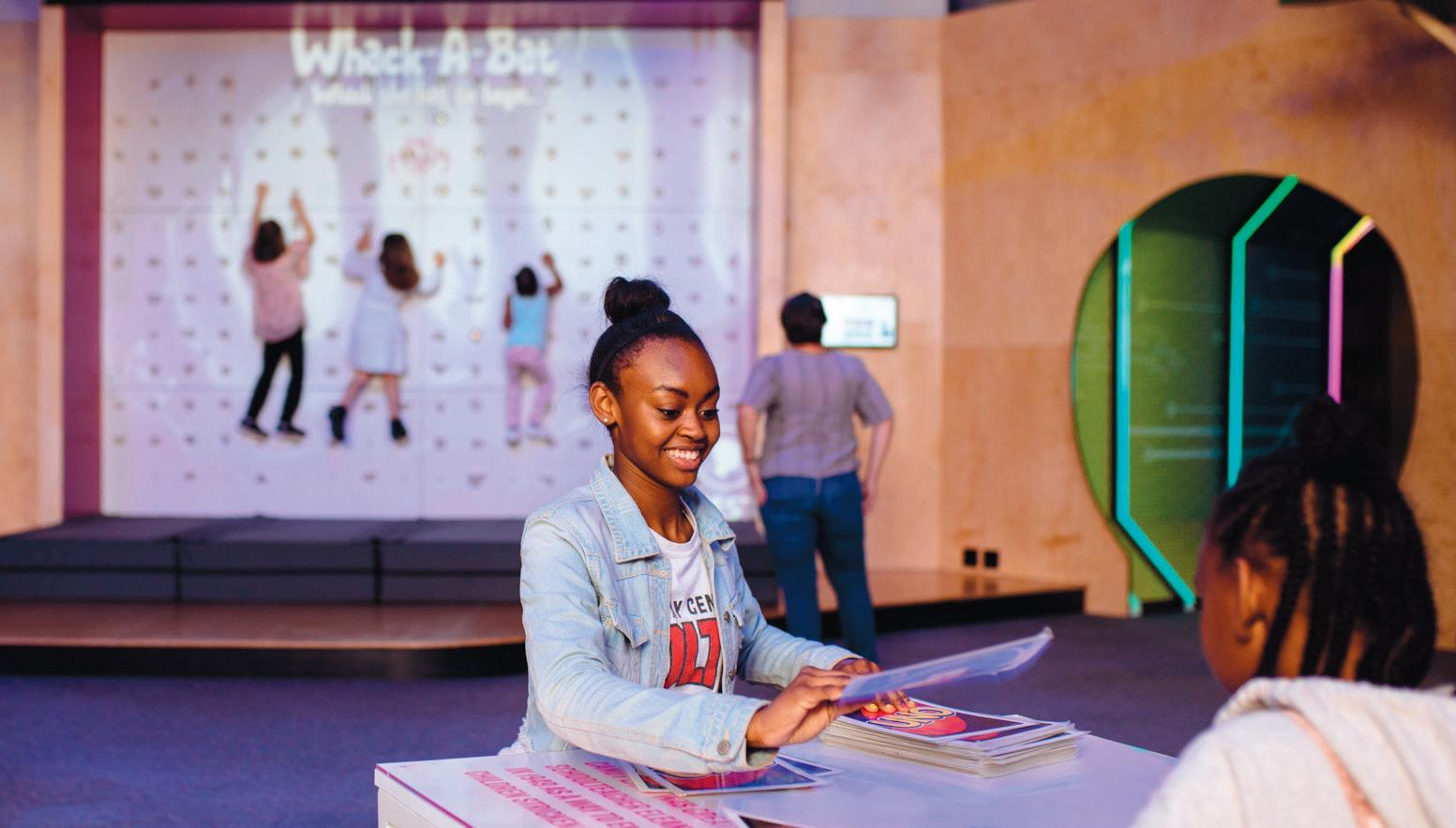
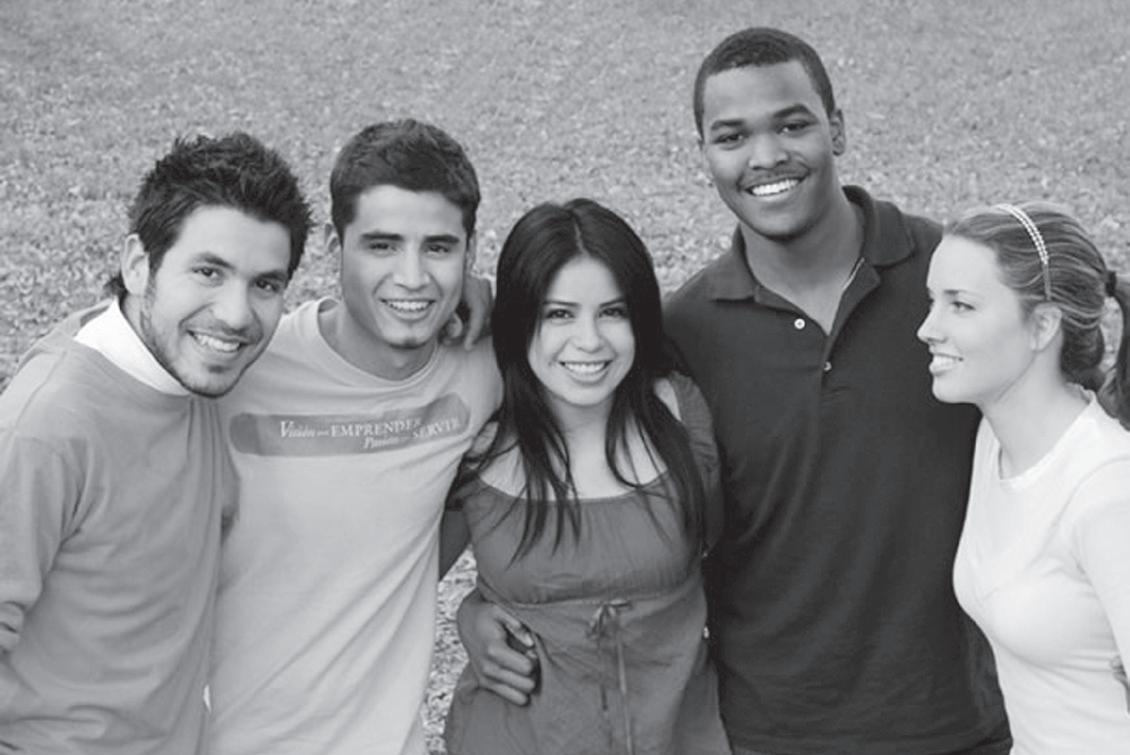


The American’s Earl Austin Jr. among the awardees
By Angelia Bills For The St. Louis
American
The Greater St. Louis Association of Black Journalists (GSLABJ) has announced that they will recognize three outstanding colleagues at the 2021 Living Legends Awards Reception on Saturday, November 6, at Il Monastero (3050 Olive Blvd., St. Louis). This year’s honorees are St. Louis American Sports Editor Earl Austin, Jr.; KMOX radio host and GSLABJ past president Carol Daniel; and Chris Lee, who has worked in print communications, public and community relations, and nonprofit consulting and management.
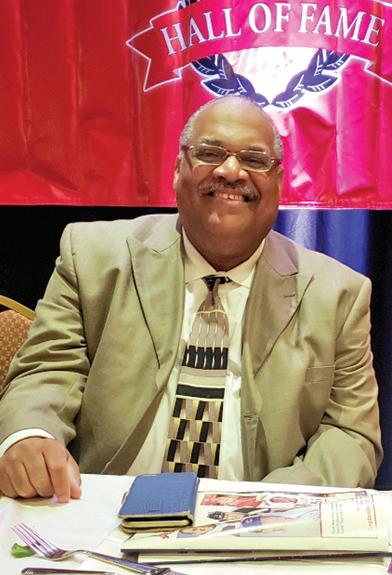
the African-American story in the St. Louis region through television, newspaper, radio, public relations and photojournalism,” said GSLABJ President Cara Anthony. Austin has been the sports editor of The St. Louis American since 1995, and has received numerous awards for excellence in sports journalism. His career began in 1986 with the Suburban Journals. He worked for the St. Louis PostDispatch and St. Charles Journal for eight years before joining the American.
“These are true Living Legends and inspiring journalists who have led the way in a variety of communications areas,” said Angelia Bills, chair of the GSLABJ’s Living Legends Committee. “We are delighted to give them the honor and recognition they deserve.”
The GSLABJ Living Legend was created in 2013 to celebrate colleagues who have committed themselves to furthering the GSLABJ and building the next generation of journalists.
“We are proud to recognize veteran journalists and other media professionals for telling
Daniel began her career at the “Voice of St. Louis” in 1995 as an anchor, reporter and talk show host. She helped launch the Emmy-winning television talk show, “Great Day St. Louis,” where she was a co-host for four years. She is also a motivational speaker who believes in the biblical verse “To whom much is given, much is required.” Lee served as editor of the JVL News before a 23-year career in public relations at Southwestern Bell (later AT&T). After retiring from AT&T, he established a consulting firm to assist nonprofit organizations with strategic planning and fundraising, which later led to leadership positions with the St. Louis Public Schools Foundation. He was GSLABJ treasurer for 11 years.

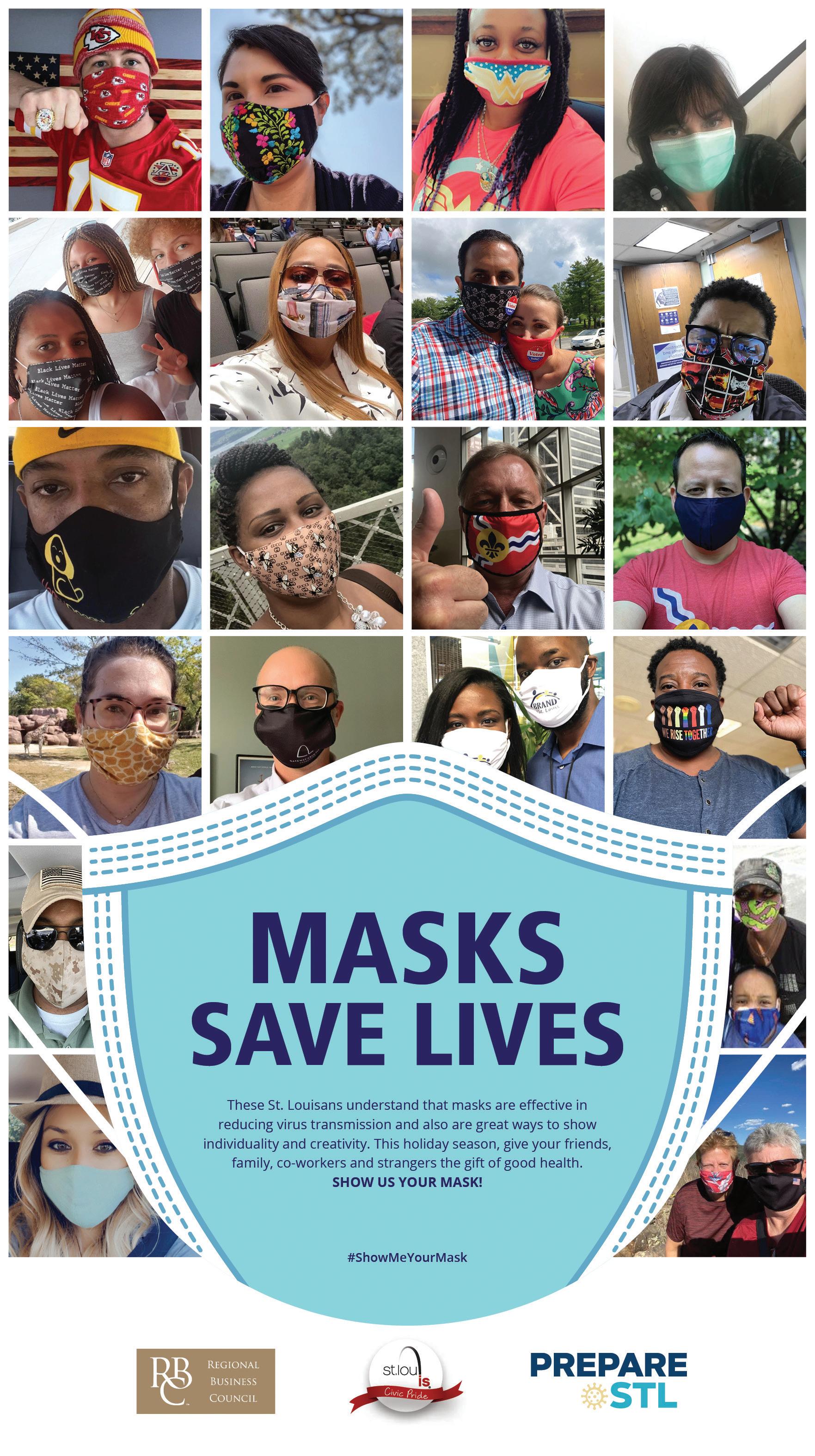

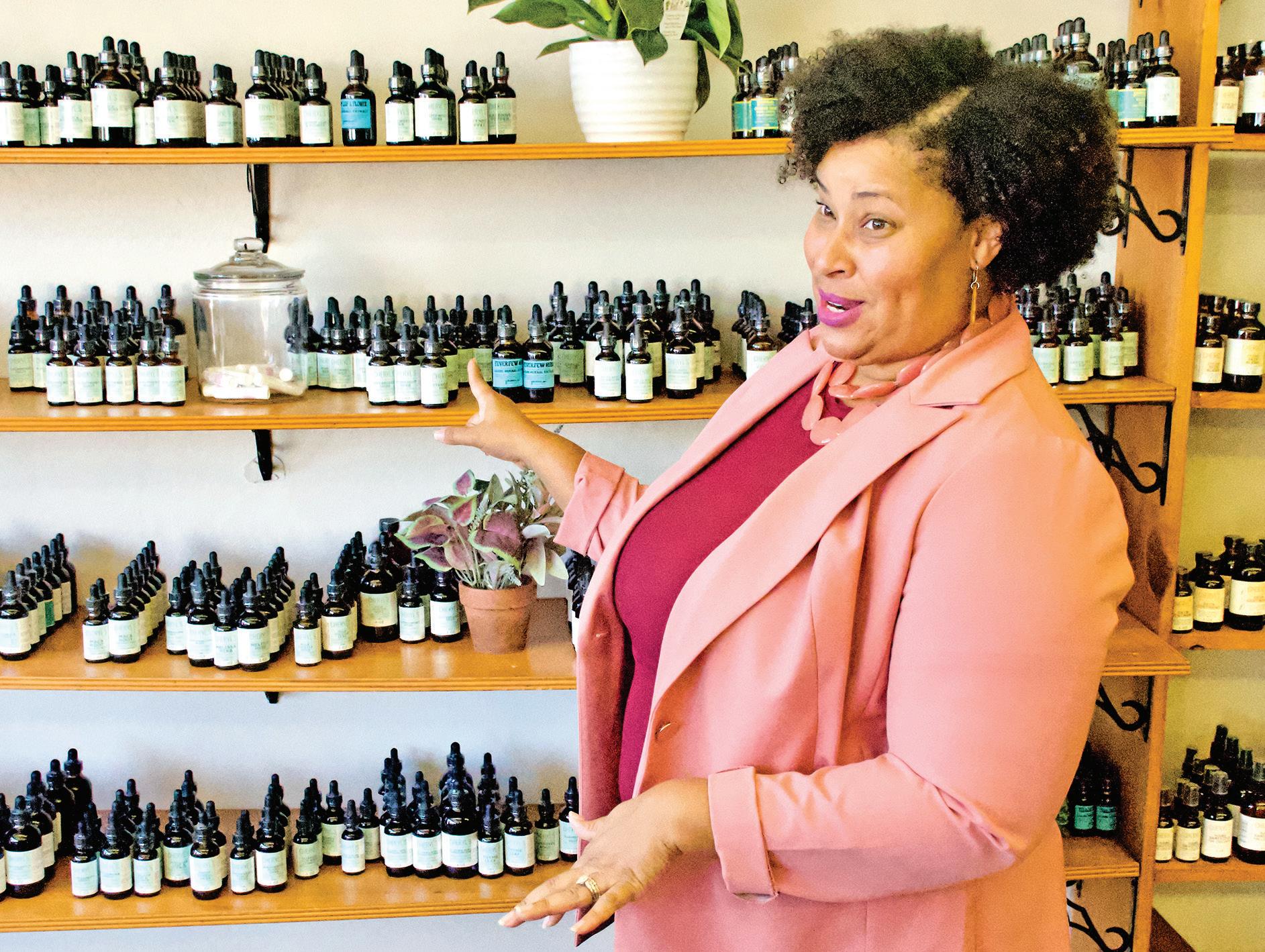
Owner hopes to broaden store’s reach through e-commerce
either have one or the other.”
By Dana Rieck
The St. Louis American
Come down with a cold? Echinacea. Suffering from toenail fungus? Tea tree oil. Living with high cholesterol? Milk thistle.
For three decades, Cheryl’s Herbs in Maplewood has provided people access to natural, homeopathic remedies through herbs and extracts. The store is named for its founder, Cheryl Hoard, who was both an herbalist and registered aromatherapist.
“The cool thing about Cheryl was, to me, she was a woman who was before her time,” Tiffany Jones, the store’s current owner, said. “She was an aromatherapist as well as an herbalist. Sometimes, you don’t find the two mixed. You
Jones acquired the store in July 2019, after Hoard’s family sought to sell the business after Hoard’s death in May 2015.
The store had been a fixture in Jones’ and her husband’s life ever since she moved to St. Louis from South Carolina in 2003. So, when she heard the family was interested in selling, Jones jumped on the opportunity to get to know them and the business.
“I come from a long line of entrepreneurs, and my family always encouraged us to go out and find our passions and do things like that,” she said, later noting her professional background consisted of work in business-to-business sales.
Jones has worked hard since buying the store
to ramp up online sales. This effort, thankfully, was in full swing by the time the pandemic shut down most in-person shopping. As well as online sales, Cheryl’s Herbs has a brick-and-mortar store at 223 Manchester Road and also sells wholesale products to various private labels and places like health food stores, prisons and grocery stores.
“We only sell the things that we make here,” Jones said. “So, we don’t sell anybody else’s products — all the things you see we make.”
She breaks down what the store offers into three main categories: essential oils, dried herbs and liquid extracts. These come in both pre-mixed products and single ingredients. Jones said two of her most popular products are a male-focused
Gwendolyn Taylor’s real estate board game encourages generational wealth
By Danielle Brown The St. Louis American
Gwendolyn Taylor, a foster parent, healthcare manager for a major healthcare company and a small business owner, has always been an avid viewer of the Home and Garden Television Network (HGTV).
During last year’s quarantine for the COVID-19 pandemic, she had more time to herself to indulge in watching more HGTV. There wasn’t much to do or anywhere to go. It was the perfect time to binge her favorite shows.
One Sunday afternoon, while watching the network, she thought it would be cool to play a real estate board game about flipping houses. She went to Amazon and didn’t see anything. She continued looking on other websites, and still nothing.
That’s when the idea came to her that she could make her own game. Her “Flip That House The Board Game” invention was born.
Flip That House Board Game is an educational game that explains the process of flipping houses, which means buying and reselling a home for profit after remodeling it. It includes about 50 common real estate and financial terms, including mortgage, credit score, escrow, and foreclosure. She began drawing and sketching how she wants the game to look and how to play it.
Then, she sent her sketches to a graphic designer to
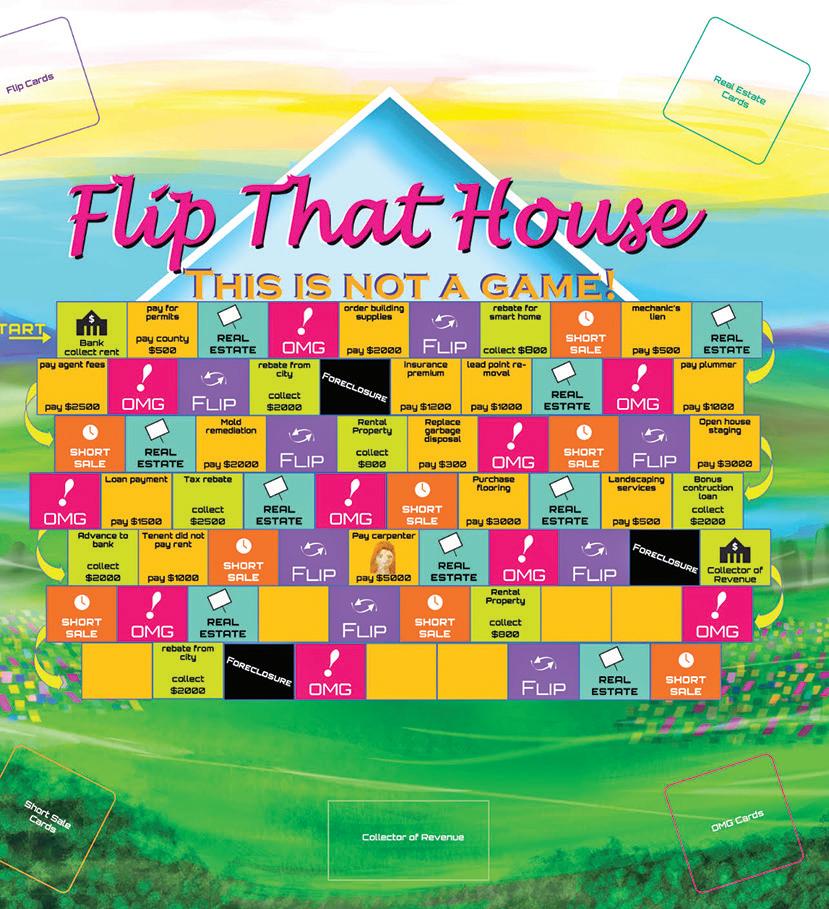
Hooks-Anderson named to heart A.H.A. board
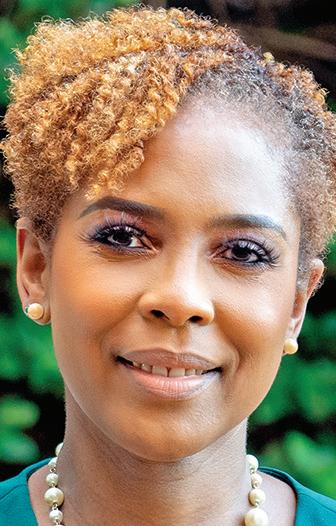
Dr. Denise HooksAnderson
Cardinal Ritter hires Irvin to lead HR
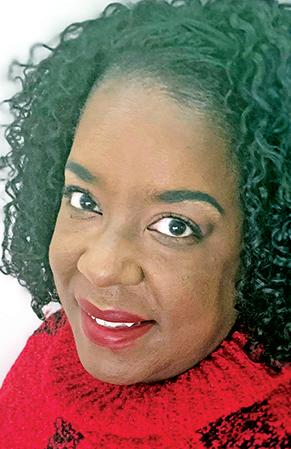
Cardinal Ritter Senior Services, South County’s largest independent and assisted living nonprofit community, recently appointed Rhea Irvin as director of human resources. In this position, she will oversee the nonprofit’s employee relations, hiring, training and leadership development. Her responsibilities include ongoing communication of all policies and procedures, managing employee benefit plans, and ensuring compliance for the senior community. Irvin has more than 25 years of human resource experience and is currently an adjunct professor at Webster University teaching human resources graduate and undergraduate courses.
Avant-Elliott named to administrative board
Dr. Denise Hooks-Anderson, associate professor, family and community medicine, interim assistant dean of diversity, equity and inclusion at St. Louis University School of Medicine, has been appointed to the board of directors of the American Heart Association’s Midwest region for a two-year term. In this role, HooksAnderson will help lead the achievement of the association’s mission to be relentless force for a world of longer, healthier lives through oversight of local revenue generation and health impact activities. See HERBS, B2
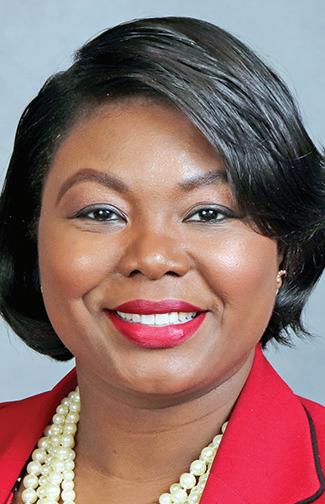
The State Board of Education today issued a proclamation to add Dr. Miranda Avant-Elliott to the Riverview Gardens School District Special Administrative Board. AvantElliott recently assumed the role of Educational Coordinator at the Urban League of Metropolitan St. Louis. Prior to that, she held several different positions during her time at St. Louis Public Schools, serving as a special education teacher and department head, interim principal and director of Fresh Start, and supervisor of college and career readiness.
Cummings recognized for national CPA award
Gwendolyn Taylor’s “Flip That House The Board Game” caters to real estate and HGTV enthusiasts like herself.
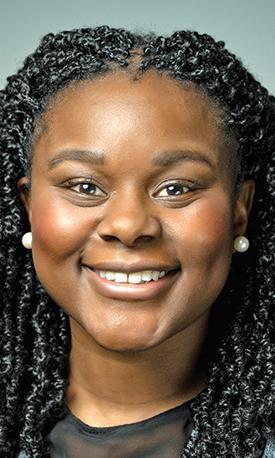
Brittany Cummings, tax director at BKD CPAs & Advisors in the St. Louis office, has been recognized as a recipient of a 2021 40 Under 40 Black CPA Award. The 40 Under 40 Black CPA Award recognizes high-achieving Black CPAs influencing the profession, breaking barriers, and making an impact in the community. The award is part of the Black CPA Centennial, a yearlong celebration in recognition of the 100th anniversary of the first Black CPA in the United States, John W. Cromwell Jr.

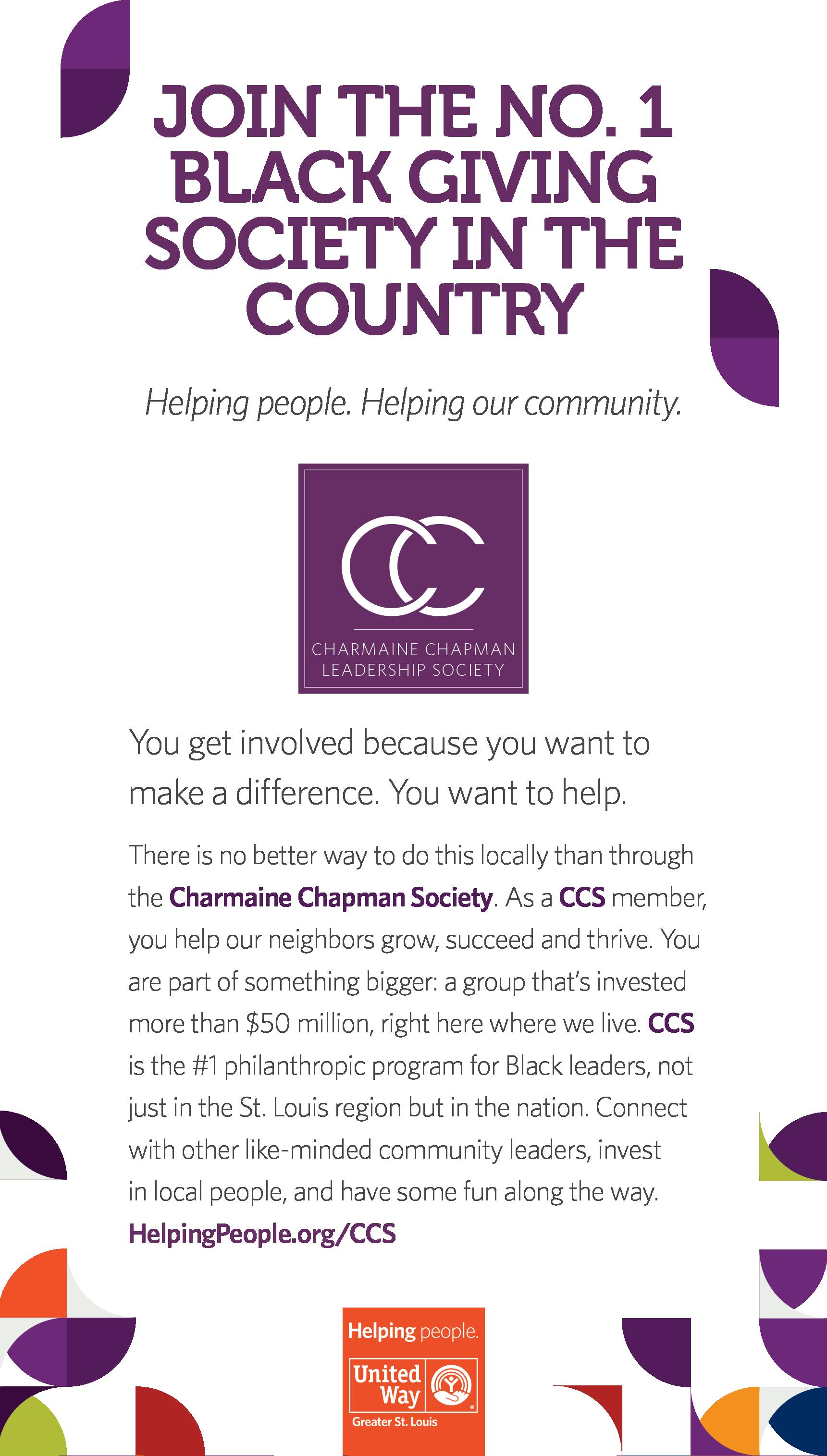
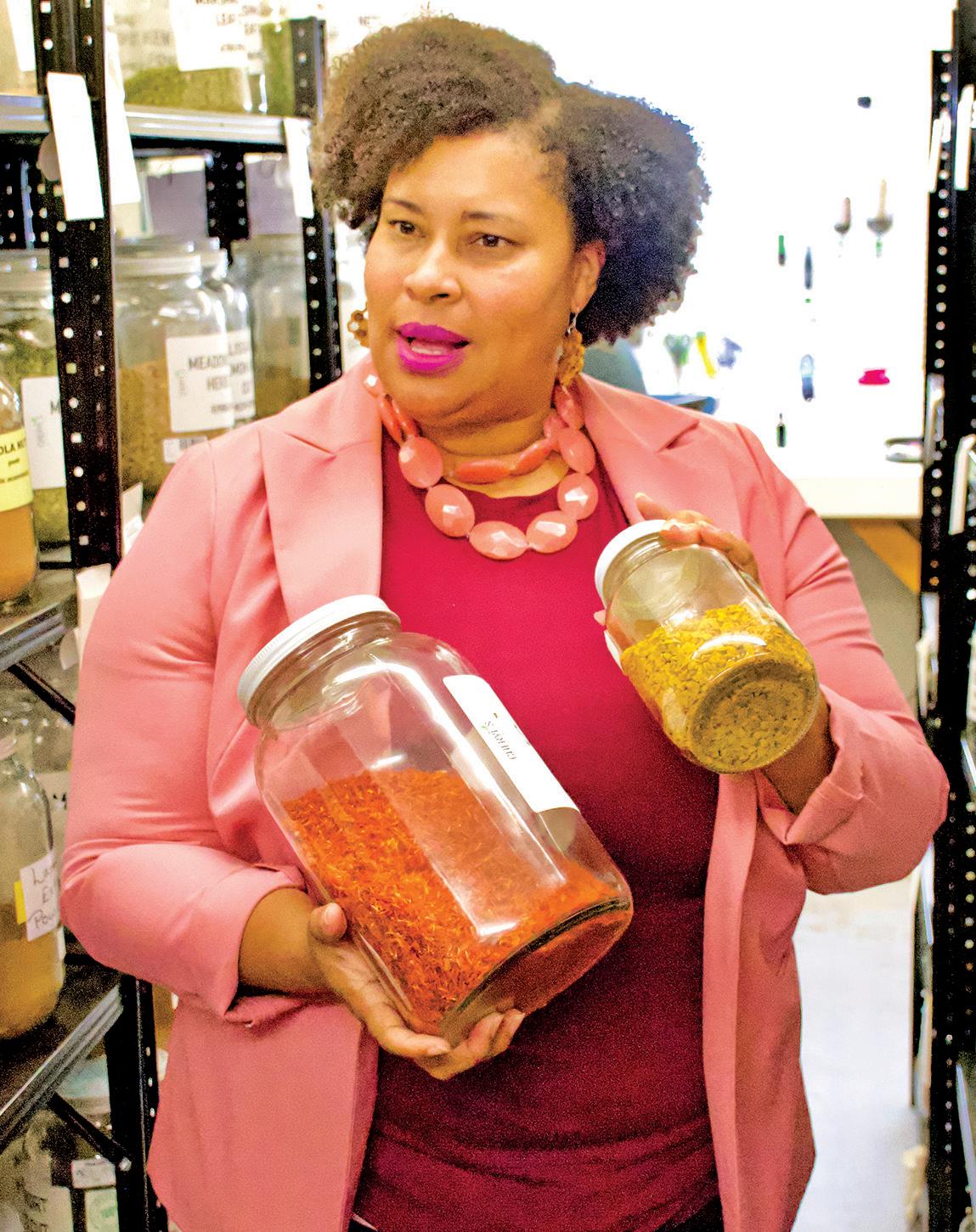
liquid formula that combats erectile dysfunction and a female-focused liquid extract that eases PMS and menopausal symptoms.
“When people come in, and they’re like, ‘Oh this helped me from the night sweats and the irritability’ or, for men, getting aroused so that they don’t have to use Viagra, I’m just like, that’s amazing,” Jones said. “I love that we can provide people with things that come from plants.”
Jones and her seven-employee team also provide research and other information to their customers online and throughout the store on bookshelves. She confirmed they saw an uptick in interest in homeopathic treatments in the wake of COVID-19.
“People were just trying to take care of themselves and their respiratory system,” she said.
Jones recently graduated from the WEPOWER Elevate accelerator, a six-month entre-
Continued from B1
professionally design it. After getting it back from the designer and sending it to the printer, she shipped it off for the official prototype to be created.
Right now, the game is still in progress. It’s sitting with a major toy and game company for further consideration and a potential licensing deal.
Focus groups are using it to provide constructive feedback
preneurship development program for Black & Latinx entrepreneurs that provides curriculum, connections, community and access to capital through grants. She said the people in that program made her success possible.
Buying Cheryl’s Herbs brought its share of challenges, mainly because it wasn’t
n “Our goal is to be a national brand where people can recognize us, no matter where they are.”
—Tiffany Jones
just a retail store. There’s a whole production operation just behind a wall covered in greenery at her shop. Add to that Cheryl’s Herbs customers who were worried she would change what they loved about the store.
While Jones said she revamped the labeling and brought the store’s systems up to date technology-wise (they no longer accept cash), the rec-
and potential improvements.
Mike Jackson, host of HGTV’s “Married to Real Estate” with his wife Egypt Sherrod and a host and judge on other shows on the network, is one of the people participating in a focus group.
This summer, Taylor pitched the game virtually to Shark Tank. A yes or no hasn’t been confirmed yet by the show.
Taylor said she felt it was important to include the terms and definitions in the game because she remembers not

ipes and the shop’s core remain the same.
“It’s a new ownership, and I think a lot of people felt like we were changing, but we stayed the same in our recipes and our products,” Jones said.
“So, we wanted to let people know the changes that we did make were for the benefit of the business, to bring it into the new century.”
The business owner said her goals for the future of Cheryl’s Herbs involve leaning into more wholesale and private label business as demand increases for larger quantities of products. She also wants to become a well-known name providing remedies for people no matter where they might be.
“Our goal is to be a national brand where people can recognize us no matter where they are,” Jones said. “I remember with my mom because we were in a small town, and she was looking for something to help her with her cancer, but it wasn’t available. And now you can go online and order it, and we can ship it anywhere.” To learn more, visit cherylsherbs.com.
knowing them when she was a first-time homebuyer. Other information included in the game are hard money loans, opportunity zones, titles, housing and urban development and solar-powered energy. The game begins with $100,000 in cash from a flip. At that moment, the flipper can continue to gain assets and equity moving toward a million dollars, or they can lose while competing with other flippers. It’s primarily focused on real estate investing. A flipper can buy a distressed property, put money in it and flip it for profit. Taylor said she learned about after repair value (ARV), which estimates how profitable a property will be after repairs. An example she used was flipping for $30,000, and after you repay it, it’s worth $95,000. She hopes the game can be used as a tool to instill generational wealth and encourage youth to enter the real estate business.
“I want our readers to know that this is a gamechanger,” she said. “This is something they wanna have for their children, grandchildren, and families. I would love to have their support, and I’m looking forward to sharing even greater news in the not-so-distant future about it going national.”
Pre-orders are available at http://flipthathouseboardgame. com/. Taylor said she anticipates the game being in full production by January 2022.
By Earl Austin Jr.
The University of Missouri football program scored one of its biggest recruiting victories in its history when five-star wide receiver Luther Burden III of East St. Louis gave the Tigers a verbal commitment last week.
As Burden sat down at a table at the Herbert Hoover Boys & Girls Club Oct. 19 to make his announcement, fan bases from Alabama and Georgia anxiously awaited his choice.
When Burden picked up the Mizzou baseball cap and put it on, it touched off celebration around the state. While looking at Twitter, I came across watch parties with Mizzou fans going crazy after Burden’s announcement.
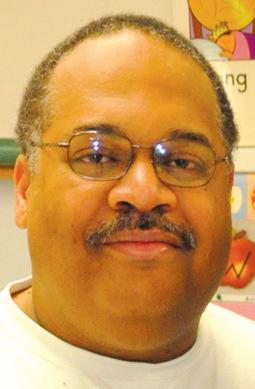
There was also a video of Mizzou head coach Eli Drinkwitz and his staff celebrating the good news. It was quite a festive scene at the Mizzou football offices.
The Mizzou program has successfully recruited its share of top athletes over the years, with many going on to great careers wearing the black and gold. However, it is rare for a prominent local athlete with Burden’s stature to stay close to home while turning down two college football superpowers.
Burden is ranked the No. 1 wide receiver nationwide and is among the best overall prospects at any position. This makes his commitment seismic.
“Touchdown Luther” will be a Tiger, which got me thinking about other national-level prospects that Mizzou landed.
The most notable came in 1979 when AllAmerican basketball player Steve Stipanovich of DeSmet Jesuit chose to play for Mizzou and coach Norm Stewart. The 7’0” Stipanovich was one of the top five prospects in the nation and could have played anywhere in the country. Notre Dame, North Carolina and Duke, which had all been to the Final Four of the NCAA Tournament in the previous two seasons, recruited him. Instead, he stayed home and led Mizzou to four consecutive Big 8 Conference championships and four NCAA Tournament bids. When “Stipo” arrived in Columbia for his official visit

to Mizzou, Gov. Joseph Teasdale greeted him. Six years later, the Mizzou football program received a similar boost when star running back Tony Van Zant of Hazelwood Central signed with the Tigers and head coach Woody Widenhofer. Van Zant was a Parade AllAmerican and considered one of the best in the country after his legendary prep career with the Hawks. However, TVZ’s career was derailed by a knee injury in a postseason All-Star game. He was never the same, but many will tell you that he was the best running back this area had ever produced before the injury. He was that good.
Under the guidance of coach Gary Pinkel,
Mizzou also successfully recruited All-American defensive lineman Sheldon Richardson from Gateway Tech in 2009. Richardson was rated the top defensive tackle in the nation and a topfive prospect overall when he was a senior in high school. Pinkel landed another huge in-state recruit in wide receiver Dorial-Green Beckham of Springfield Parkview just three years later. He was ranked as high as No. 1 in the nation by Rivals.com in 2012. His announcement to attend Mizzou was carried live on the ESPN networks. Another top basketball player who cast his lot with the Tigers was Michael Porter Jr., the No. 1 player in the country in 2017. Porter spent
With Brian Armstead
will play for Missouri, picking the Tigers over SEC rivals Alabama and Georgia.
his first three years of high school at Father Tolton in Columbia before moving to Seattle for his senior year. When Mizzou coach Cuonzo Martin hired Porter’s father, Michael Porter Sr., to his staff, Michael also committed to the Tigers. However, a back injury forced MPJ to miss virtually all of the 2018 season. Porter is a rising star with the Denver Nuggets in the National Basketball Association. Now, Burden has added his name to this illustrious list of all-time great prep stars who chose to stay close to home at attend Mizzou. Enjoy him, folks. He’s a showstopper.
By Brian Armstead For the St. Louis American
The popularity of Formula 1 racing has risen over the past decade, partially due to the increase in internet and television coverage.
This year, the very popular Netflix series “Drive to Survive,” a behind-the-scenes look at F1 drivers and their racing teams, has exposed more and more fans to the excitement of F1 racing. They also catch an eye at the driver considered the best the sport has ever seen, Lewis Hamilton and his legend. Hamilton is the only Black driver to ever compete at the Formula 1 level, the pinnacle of open-wheel racing. The 36-year-old racing superstar has won more F1 races (100) than anyone in F1 history, passing the legendary Michael Schumacher for the lead. Hamilton is tied with Schumacher for the most Driver’s Championship titles (7) and is in an exciting battle with 24-year-old Dutch superstar Max Verstappen for the title this year.
To see the battle up close, I traveled to the Aramco U.S.
Grand Prix at the Circuit of the Americas (COTA) in Austin, Texas, for the Oct. 24 race as a guest of Red Bull RacingHonda/Acura.
Fast-forward to 2021, with just five races left in the 2021 Formula 1 season, the outcome of the United States Grand Prix battle between reigning champ Hamilton (AMG-Petronas) and the talented youngster Max Verstappen (Red Bull/Honda) did not disappoint. With Verstappen at the pole position (P1) and Red Bull’s Sergio Perez (P3) sandwiching Hamilton (P2), the strategy for Red Bull was clear. Do NOT allow Hamilton to pass at the start.
Race start was a superb reflex show by Hamilton, who got the jump on Verstappen and bolted into the lead from P2 to P1. “Game on,” said the SkyWest TV race announcer. Verstappen then radioed in that his rear was sliding through turns. That, combined with turbulent air from Hamilton, meant the task of regaining the lead would be more difficult.
On lap 13, Hamilton pitted and came out behind

and
Verstappen in P2, with Perez in P3. On lap 14, AlphaTauri’s Pierre Gasly broke a suspension component on the notoriously bumpy COTA track and limped back to the pits.
On lap 25, Verstappen radioed more traction issues to his team, while Hamilton continued his charge on tires three
laps fresher. On lap 29, Verstappen changed tires for the second time and logged a slow-forRed Bull 2.8 second time. So the tally was Hamilton P1, Verstappen P2 and Perez P3; with Petronas’ Valtteri Bottas making up ground in P7. On lap 31, Sergio changed tires
again and came out in P4. Lewis radioed into Petronas team strategist Toto Wolf regarding the strategy to the end: “Leave it to me bro,” on lap 33. On lap 38, Hamilton hit the pits for a second time with a fast 2.4-second time, coming out in P2, so the charge to then
race leader Verstappen was on. On lap 39, Petronas radioed: “It’s all about the last three laps.” By lap four, the gap between Hamilton and Verstappen was just over six seconds as Hamilton set the race’s fastest lap. With three laps to go, the gap for Hamilton was 1.5 seconds. When a driver comes within one second of the driver they are pursuing, the
on F1 cars opens, and the so-called
System (DRS) can give a
advantage to the hunter, who is now in the slipstream of the hunted vehicle. Even though Hamilton got within one second of Verstappen, DRS did not activate, and after briefly losing rear-end traction on his car, his time to Verstappen rose above 1.5 seconds again. That gap was too much for Hamilton to overcome, and Verstappen won an amazing race. Verstappen also won F1’s Driver of the Day Web poll. In the points standing, Verstappen now leads Hamilton by 12 points, 287.5 to 275.5.

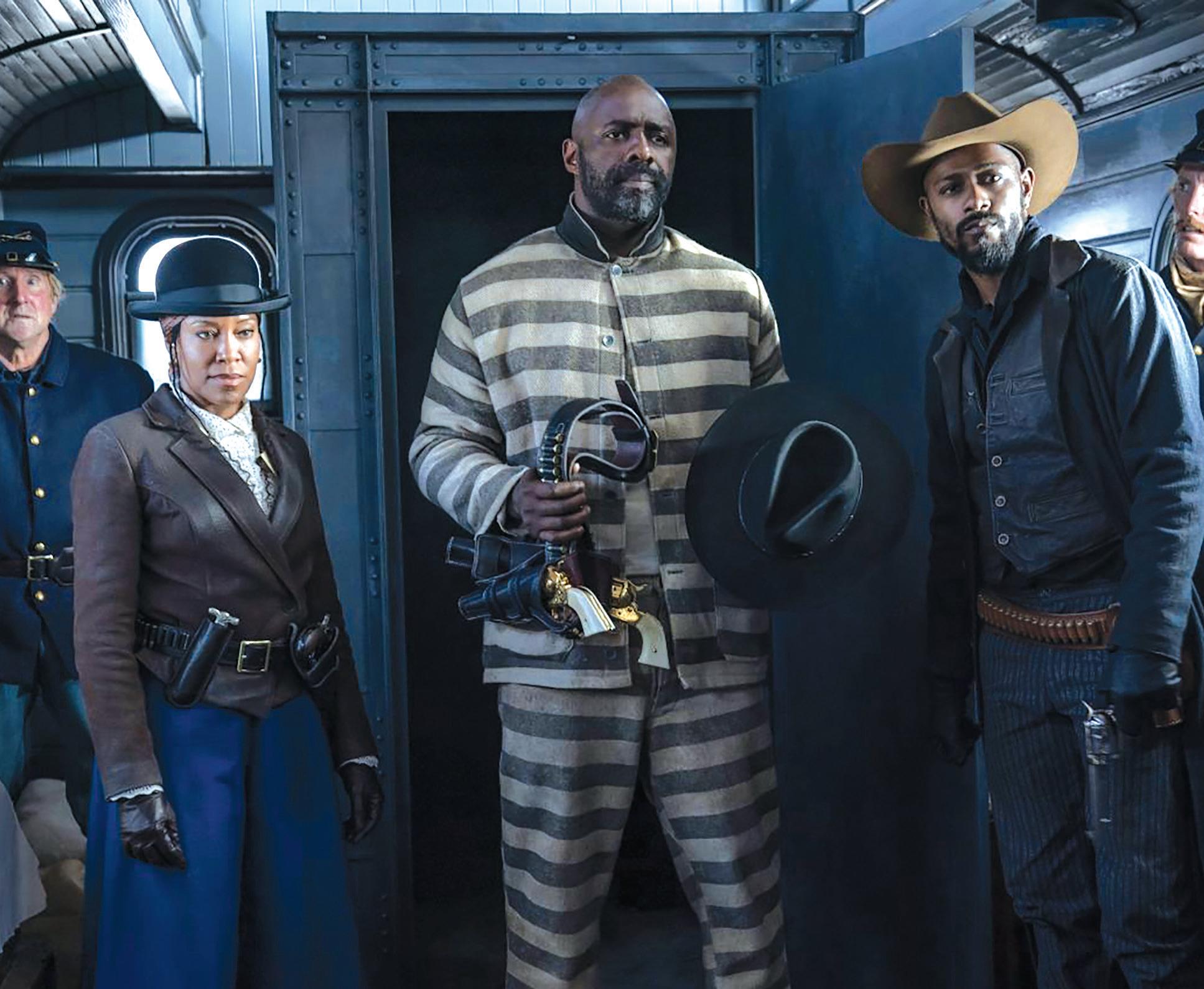
part og the star-studded cast of the new
‘The Harder They Fall’ infuses classic western genre with hip-hop energy
By Kenya Vaughn
For The St. Louis American
A scene deep within “The Harder They Fall” could serve as a response for what inspired British filmmaker Jeymes Samuel to craft his stylish Black western in the first place.
Villain Rufus Buck describes the intention behind his decision to establish the all-Black town of Redwood City. He essentially tells citizens he was motivated by the idea of presenting a thriving community without codependence, influence, or the mere presence of their oppressors. Even if Buck had to do it by hook, crook, or bloody murder, he hoped that the concept would compel Black people to understand their worth fully.
“The Harder They Fall,” which opened in theatres last weekend and makes its Netflix premiere on Wednesday, Nov. 3, is an unapologetic reminder of the invaluable creative and cultural capital inextricably tethered to Blackness. Is it a film without flaws? No, but it is perfect in how it blends the feel of hip-hop culture with
University City producers, brothers define their own lane amongst thriving local music scene
By Danielle Brown
American
The St. Louis
Biological brothers and musical production duo 22-year-old Alex(AR), and 20-year-old Ray(RayRay) Cunningham of RayRay&AR just may be the youngest talents part of St. Louis’ stellar production renaissance.
Other major St. Louis producers include The Trak Starz, Metro Boomin, ChaseTheMoney, JRod, Chopsquad DJ, and more.
RayRay sparked an interest in producing first. At the time, he was in his eighth-grade year and began making beats because of his love for music. AR helped him get the software and everything else he needed.
While it was unorthodox, AR reveals he downloaded the Adobe Creative Suite software without having a paid subscription. He said he discovered it was fun and played around with the different programs there. That’s how he first learned how to produce.
He made a beat one day with the hope of getting a reaction out of his brother. It worked.
the film’s historically white genre, extremely solid as part of the continuum of the limited canon of Black Westerns and a home run of a full-length feature film debut for Samuel. The swagger-filled film tells the story of
n Besides how the characters are named, the film’s pace, the cadence of the dialogue, and the music are also liberties taken to flex Black culture seasoned to satisfy the hip-hop generation’s palate.
Nat Love, who is relentlessly pursuing retribution for a traumatic childhood experience that shaped his destiny as a robber of robbers. As he seeks his brand of justice, the law is at his

RayRay was impressed and also surprised by his skill level.
RayRay suggested they work together. AR obliged, and after four months, they decided to take it seriously. They haven’t looked back since.
“It’s one of those things where when you’re first going into it, you’re like ‘man, I wish I had somebody to help me,” AR said. “Once you start learning and developing your own sound and your own swag, you appreciate it so much more because you know there’s not another you out there.”
The first well-known artist they produced a song for is another hometown hero, Luh Kel. They produced his song, “Pull Up,” off his
heels, and love is in his heart. His loyal gang is eager to see that he escapes the law and entraps his enemy – despite his determination to do it alone for the sake of their safety. The film stays true to the traditional format of 19th-century Western films – from the storylines and fashion to the cinematography – but piles on side narratives, character arcs, and subplots that play out just before the viewer loses interest.
Black history buffs and Western lovers alike took issue with the major characters being named as a tribute to actual historical figures within the Wild West. There was the expectation that there would be an interweaving of the illustrious contributions associated with the names assigned to characters within “The Harder They Fall.” Samuel’s disclaimer at the start of the events within the film are purely fiction – though the people actually existed –doesn’t seem to be enough to quell their reservations.
See Saddles, C8
Biological brothers and musical production duo 22-year-old Alex(AR) and 20-year-old Ray(RayRay) Cunningham of RayRay&AR are part of St. Louis’ stellar production renaissance. Other major St. Louis producers include The Trak Starz, Metro Boomin, ChaseTheMoney, JRod and Chopsquad DJ.
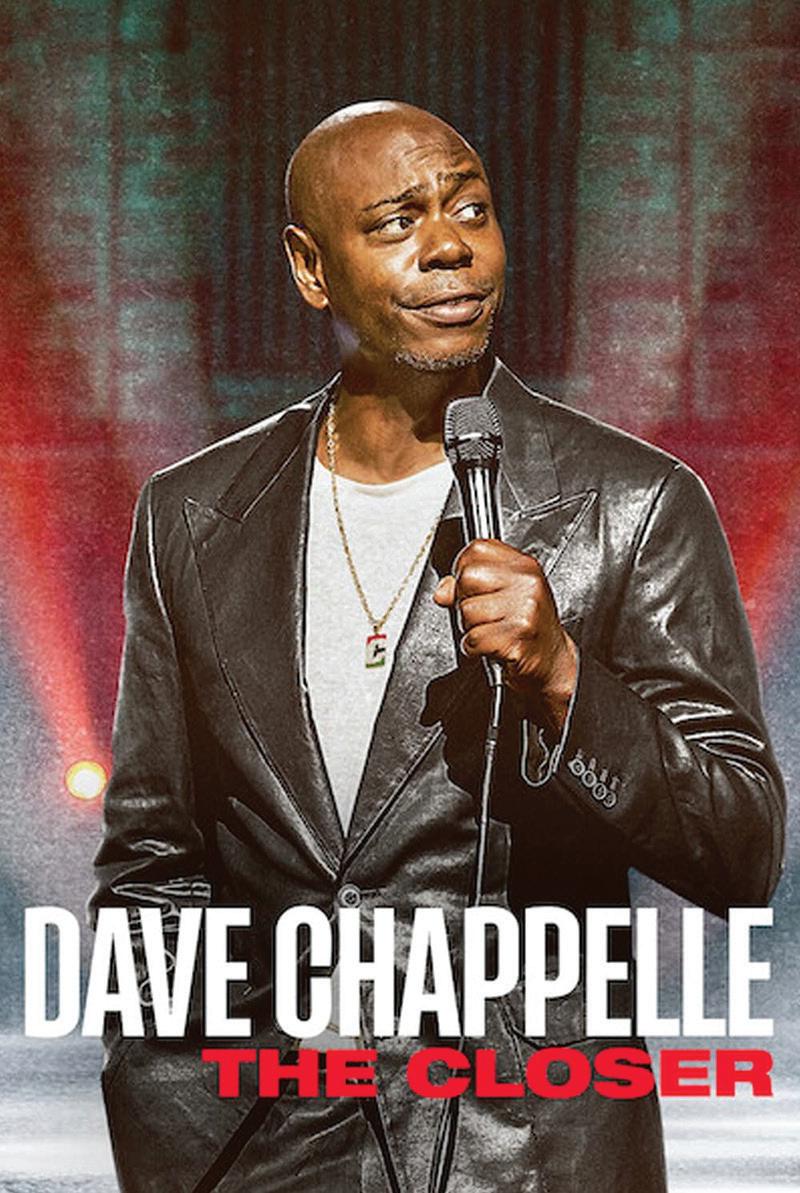
By Danielle Brown The St. Louis American Stacy M. Brown NNPA
Comedian Dave Chappelle said he’s been disinvited to film festivals, and no company or studio will entertain his new documentary because of the fallout from his controversial Netflix special, “The Closer.”
And while he’s willing to meet with the transgender community and Netflix employees who voiced outrage over his act, Chappelle made it clear that he wouldn’t kowtow to anyone.
“To the transgender community, I am more than willing to give you an audience, but you will not summon me,” Chappelle said in a video.
“I am not bending to anyone’s demands,” he insisted.
Chappelle double-downed on his remarks from The Closer in which many in the LGBTQ community called homophobic. “I said what I said,” Chappelle declared.
He also clarified reports that he has sought meetings with transgender Netflix employees angered by his special.
“It’s been said in the press that I was invited to speak to the transgender employees of Netflix, and I refused. That is not true — if they had invited me, I would have accepted it, although I am confused about what we would be speaking about,” Chappelle remarked in the viral video.
n “To the transgender community, I am more than willing to give you an audience, but you will not summon me. I am not bending to anyone’s demands ”
- Dave Chappelle
debut album “Mixed Emotions,” released in 2019. The hit gave them that push and reassurance they were doing well.
The song has had amazing success since its release. Last year, it went gold, and it just went platinum this year.
The brothers and University City natives are overjoyed about the major W they’ve received with the single. Their debut project, “Last of the Leaders,” dropped in the summer. Although they were accustomed to being behind the scenes, they felt they were sitting on too much music not to release it.
With hundreds of records no one had heard, including songs with artists such as Yung Bleu and Future, they felt it was finally time to release their own music.
“We said ‘you know what, let’s be smart,” AR said. “We are gaining this platform. Why
See Leaders, C2
Chappelle’s “The Closer” has also drawn local reaction.
From a comedic standpoint, University City native and comedian Darius Bradford said Chappelle’s withdrawn invitations are about event hosts not taking a risk or possibly offending anyone.
“That’s why in this field right here we are speakers,” he said.
“In general your opinion can alter someone’s energy or mood. If you allow someone to say something, then it frees up too many other people and that becomes law.
“He’s like ‘can’t I free up these people who are silent, who have no voice, who’ve been one of those people.’ But the other people are saying but then that means we might have to shut up. It’s a slippery slope.”
Maxi Glamour, nonbinary community activist and national drag star, differs with Bradford about Chappelle’s comments, saying the backlash is warranted and that Chappelle should be held accountable for his statements.
“I think people should be held accountable with what they say especially if they’re inflammatory to a community that they’re not apart of,” they said.
“Especially if that community has rights, visibility and historically has been more oppressed than the one that’s making those comments.”
In addition to Chappelle’s remarks they think one of the biggest issues they see in people’s lack
See Chappelle, C2

not release our own stuff? We were so happy it was our first album. We were just enjoying the experience. So the response was extremely overwhelming. We were like, ‘oh my God, everybody loves it.’ It was definitely awesome.”
The songs on the project are a mix of beats they sent to artists, songs artists already had and the majority were with artists they had long studio sessions with.
“We pull up to the crib with them to just chill out, talk and do music,” AR said. “A lot of those records just came from us sitting at the studio or at people’s houses bored like ‘man, let’s record.’”
“Grown,” one of the album’s most popular tracks with one of St. Louis’ elite emcees LA4ss was recorded in about ten minutes. AR said they were sitting around bored, teasing each other. Someone mentioned the word grown, and 4ss went in the booth and recorded the hook immediately.
RayRay describes their sound as a mixture of different elements, including synthesizers playing a major role.
“We use a lot of electric stuff like a lot of synthesizers and plug-ins,” RayRay said.
“It’s an electric soul kind of thing with some there too, ‘cause we do mess with a lot of trap artists.”
They said they’ve learned a lot and have gained a lot of wisdom from those who’ve paved the way for them, including Metro Boomin, who mentors them.
“As a producer from St.
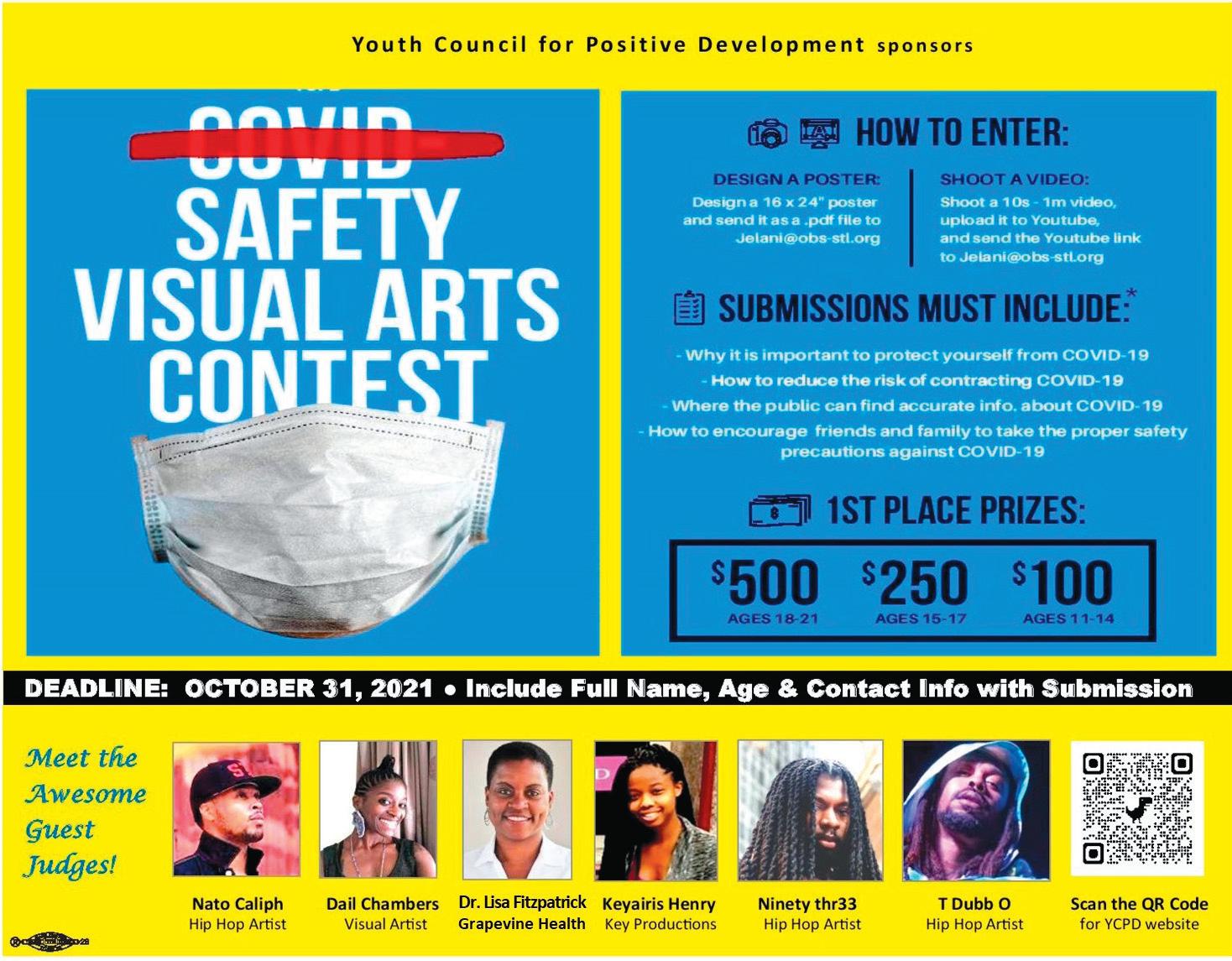

Louis, it’s easier to get lost,” AR said. “It’s easy to get trampled over in the game just by the workload and the environment. It’s easier to get overwhelmed by everything, and just by seeing Metro the way he moves, the way he’s conducted himself throughout the years, it made us know in our heart, you ain’t gotta do anything crazy.” AR added you don’t have to have a big ego when it comes to producing certain genres.
“He [Metro] showed us you can move a certain way, make hard beats, be around hardcore rappers, do yo thang, and still have people respect you even if you play around with different genres,” he said.
Some advice RayRay gives to up-and-coming local producers, especially the youth, is to keep going even when you get discouraged.
You get to thinking ‘I’m not good enough,’” he said. “You’ll have to go through it to see yourself [and] actually be a better producer. Keep going and keep working cause eventually,
Continued from C1
of knowledge with the intersectionality of sexual orientation and gender is that they think its a new concept.
“I think there’s really a huge caveat as a Black person growing up,” they said.
“I think there’s a generational gap. I think older Black folk espeically cis-hetero ones don’t understand the complexity of gender, they think its something new and ignore the nuance of it. As a Black person I feel sometimes its Black people that are the most homophobic or transphobic. Perpetuating negative ideology about trans people within the Black community is super harmful.: Washington Informer Editor D. Kevin McNeir, who is openly gay, has said he didn’t have an issue with Chappelle’s
it’s gonna pay off.”
Since the brothers are fairly young, they say it feels surreal sometimes they’re in the position they’re in now.
“It’s just one of those things where it hits you at a time where you don’t expect it,” AR said. “I can be at a family reunion with my family chilling. Then I get to thinking my family looks at me as a baby because I’m 22, but to the world, it’s a different story. That right there... It’s like I’m doing something right. It’s definitely humbling. You can’t do anything but just smile and be like ‘man, wow.’ We thought of this stuff five years ago. To actually see it in our faces, it’s unbelievable.”
RayRay&AR’s music is available on all digital streaming platforms. Their merchandise is available for purchase on https://lastoftheleaders.com/.
Follow the duo at RayRayandAR on Twitter, Instagram, and TikTok.
remarks in The Closer.
“I listened closely to what he said and then listened to his explanation for the subjects he had chosen and his rationale for his perspectives. And he made sense. I understood. And I was not offended,” McNeir wrote in an op-ed for the Informer.
“I cannot understand why those who make up the transgender community would go through so much pain and oppression because of how they feel inside. But I’ve had my own pain to address and hurdles to overcome. In addition, I’m still dealing with male privilege notions and my own prejudices. This is my truth and my cross to bear,” McNeir insisted.
“Do not blame the LBGTQ [sic] community for any of this [mess]. This has nothing to do with them. It’s about corporate interests and what I can say and what I cannot say,” Chappelle said.

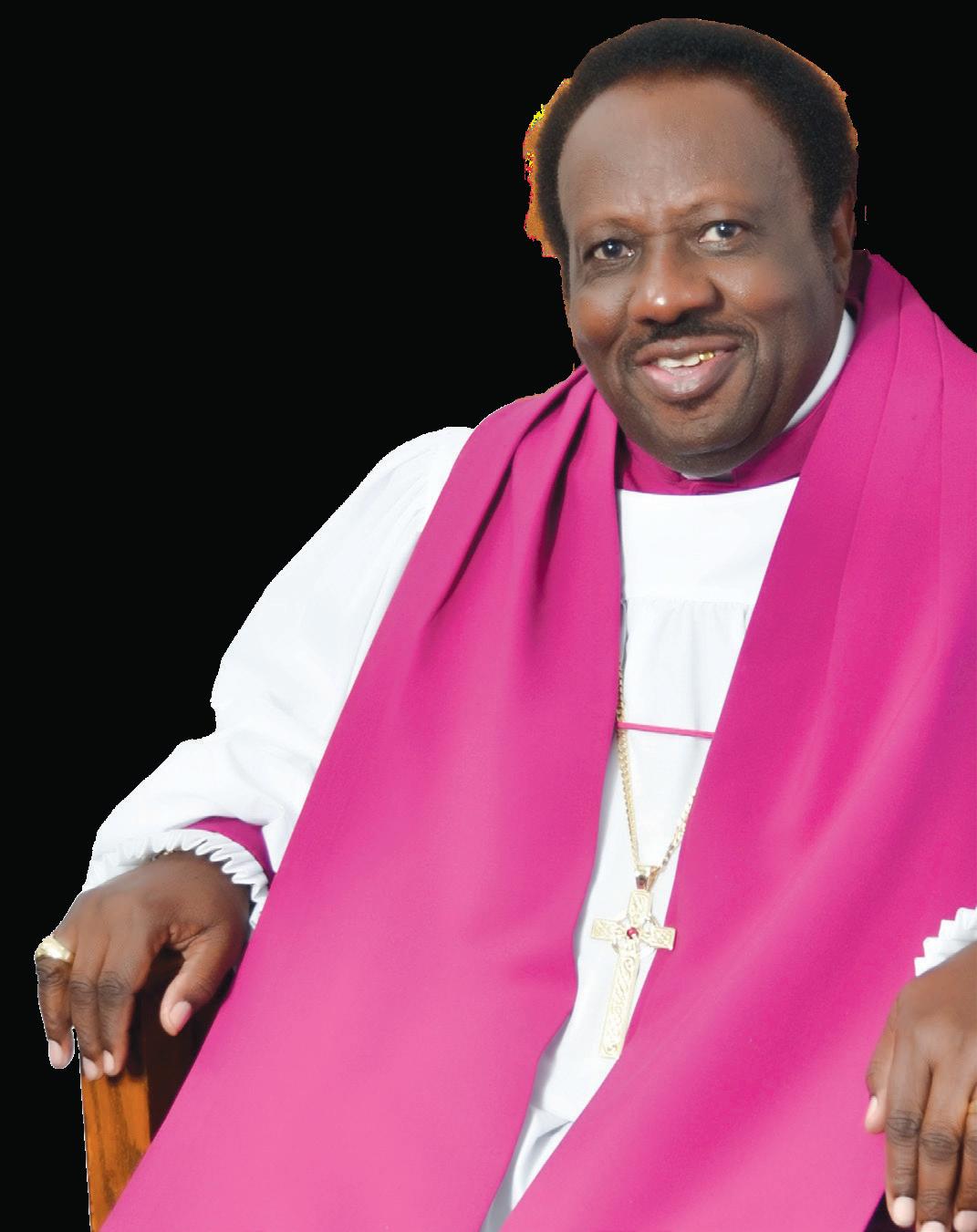

By the Missouri Historical Society
The Missouri Historical Society welcomes Cicely Hunter as our African American History Initiative (AAHI) public historian! Hunter will share St. Louis’s African American history through exhibits at the Missouri History Museum, online initiatives, public presentations, written articles, and media interviews.
“Public historians research, interpret, and share stories about the past,” Hunter explains. “This essentially means that I will be sharing knowledge about St. Louis African American history.” Hunter was born and raised in Kenosha, Wisconsin. She is a 2014 graduate of Marquette University, where she majored in history and political science and minored in Africana studies. In 2016 she received a master’s degree from Saint Louis University, where she is currently a doctoral candidate in the American studies department.
As a graduate research assistant at SLU, she worked on the Slavery, History, Memory, and Reconciliation Project, a joint initiative between SLU and the Jesuit Conference of Canada and the United States that is focused on researching the lived experiences and descendants of enslaved people whom the Jesuits owned. She also taught several classes for Marquette University’s TRIO educational opportunity programs and SLU undergraduate students. Most recently Hunter served as the assistant director of equity and inclusion at Carthage College in Kenosha.
“I’ve always enjoyed learning about history, but I didn’t realize the ways that it could translate into a career such as public history,” says Hunter. “My desire to pursue history began after I did a summer research program at Marquette. After this program, I declared my majors and minor. I was always told that your gifts will make room for you, and so I trusted the process and continued my education at SLU as a graduate student. My coursework, teaching, and researching allowed me to challenge myself in ways that I never thought possible. My passion for Black history continued to show up in the work I did at Marquette, and so I thought MHS’s public historian position would be a good fit. I truly believe that everything happens for a reason, and I am elated to be able to return to St. Louis and share Black history.”
“At MHS I am excited to
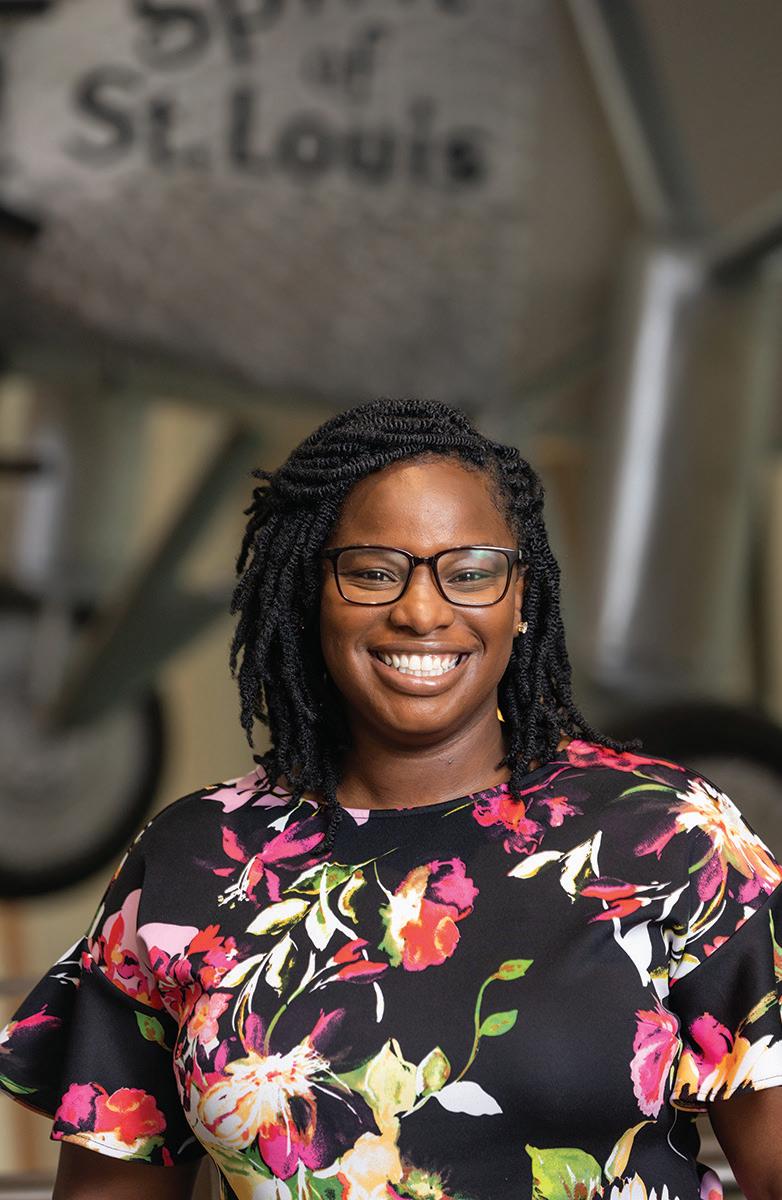
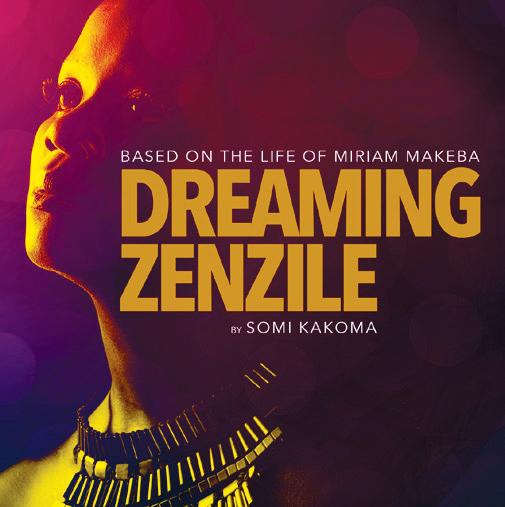

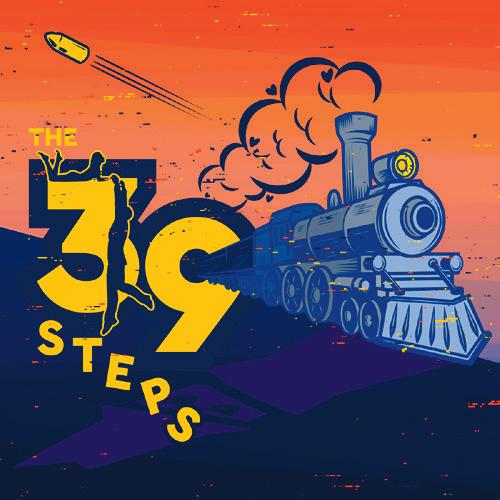



learn how to develop exhibits, help build our collections, and share St. Louis’s rich African American history with the public,” Hunter adds. “I am also interested in hearing more social history. For example, who were the St. Louis movers and shakers that we don’t hear discussed as much in our history? I’d like to know what was life like in the early 20th century and the ways people came together and created community despite racism and discrimination. I want to hear more stories about ‘Black joy’ and the prosperity that came because of strong community ties, and the local Black-owned businesses that were considered the places to go in St. Louis.” Asked about her favorite periods in US history, Hunter cites the 1910s and 1920s and particularly the Harlem Renaissance. “I’ve always enjoyed learning about the ways Black people thought about the arts, politics, and the making of Black identity. A few of my favorite people from this time include Langston
Hughes, Claude McKay, Ida B. Wells, Annie Malone, W. E. B. Du Bois, James Weldon Johnson, Zora Neale Hurston, Arthur Schomburg, and so many more. Each of them had a significant impact on the period and the development of Black history as we know it today.”
Hunter will be a regular contributor to MHS’s biweekly column in the St. Louis American; will write for History Happens Here, the blog of the Missouri Historical Society; and will appear on KDHX. You may see her on and in the local news and leading MHS tours as well. She looks forward to working with the St. Louis community to share history with future generations. Hunter concludes, “I want to find stories that can be relatable topics for us today and find ways to get people talking about the ways the past informs our present and future. I truly believe that knowledge is power, and I am excited to be able to share this knowledge as MHS’s AAHI public historian.”


St. Louis American staff
Fisk University in Nashville is one of the first Historically Black Colleges and Universities (HBCU) institutions to be established in America, with its first classes being held in January 1866. The Civil War had ended less than a year earlier. There would be no assistance from the state of Tennessee and little financial support from a population that was certainly bitter at the end of the war. To survive, the school needed to raise money – and fast.
“In 1871, the Fisk Jubilee Singers, led by their director,
George White, traveled around the United States singing songs,” Paul T. Kwami, ensemble musical director and chair, told National Public Radio.
According to Kwami, White told his young singers to perform Western classical music because he had no idea how white audiences would greet an African American choral group.
“They happened to sing the Negro spirituals, and that was a time when they introduced this wonderful genre of music to the whole world,” he said.
To honor its history and commemorate the 150th anniversary of the ensemble, the Fisk Jubilee Singers will host and
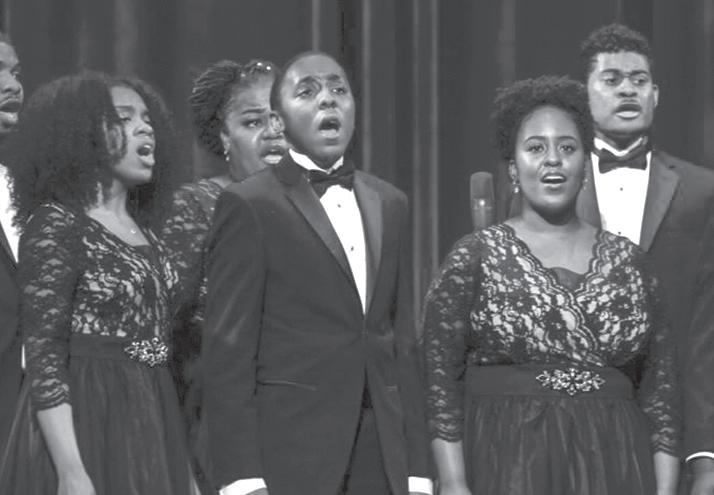
perform at a benefit concert in Nashville’s Ryman Auditorium on Nov. 11, 2021.
As the landmark Oct. 6 150th anniversary neared, the group made history in March 2021 by winning its first Grammy Award for Best Roots Gospel Album, making Fisk University the first HBCU to receive the coveted recognition. It was also honored with the Rhapsody and Rhythm Award from Nashville’s
National Museum of African American Music and a Dove Award nomination.
“This has been an extraordinary year, and we are so excited about the future of the Fisk Jubilee Singers,” Jens Frederiksen, Fisk executive vice president, said in a release.
“The voices of the Fisk Jubilee Singers have inspired generations across the country and the world, and today’s ensemble
To honor its history and commemorate the 150th anniversary of the ensemble, the Fisk Jubilee Singers will host and perform at a benefit concert in Nashville’s Ryman Auditorium on Nov. 11, 2021.
continues to exemplify everything that makes Fisk University such a special place.”
Kwami, who was born in Ghana, came to Fisk as a student, performed with the group, and became the Jubilee Singers music director in 1994.
“These songs, the Negro spirituals, still contain powerful messages that are lifechanging,” he said. “When I teach my students, we always talk about the lyrics. We do talk about the historical significance of the songs, but we always talk about the effect the messages and the melodies and harmonies
have on us today. As a result of such discussions, we develop an emotional attachment with each song. And so, when we are performing, we perform as if we are the ones who actually wrote these songs. We also have the responsibility of sharing the messages of these songs with all of our listeners.”
The ensemble comprises only Fisk University students, who are selected annually through an audition process. Kwami said some of the original Fisk Jubilee Singers had been slaves who never knew their parents.
“If they were to come back today, I am sure they will be very happy that we are still singing the Negro spirituals and also still talking about them,” he said.
By Kiana Cox
Black houses of worship have often been the foundation from which public battles for freedom and racial equality have been waged. At the same time, according to a recent Pew Research Center survey, race plays a fundamental and complex role in the religious and personal lives of Black adults.
Three-quarters of Black Americans say that opposing racism is essential to their faith
or sense of morality, a view that extends across faith traditions. The majority of Black Protestants – regardless of the race of their congregations – along with Black Catholics and other Christians, such as Jehovah’s Witnesses, Orthodox Christians, and other groups, say that opposing racism is essential to what being a Christian means to them.
Likewise, 82% of Black nonChristians – including Muslims, adherents of traditional African

or Afro-Caribbean religions and other groups – say that opposing racism is essential to what their faith means to them, and 71% of Black religiously unaffiliated adults say that opposing racism is essential to their sense of morality. While race is important to many Black Americans’ personal identities and faith, many Black Americans are open to increased diversity in historically Black congregations. About sixin-ten Black Americans say that


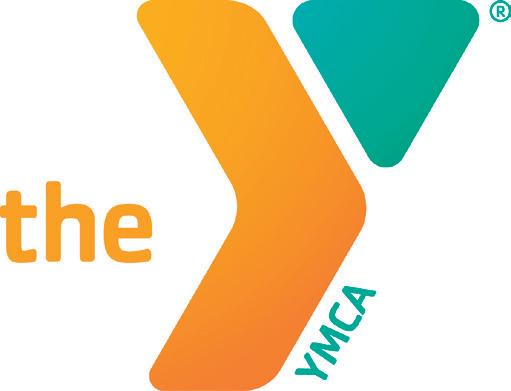
historically Black congregations should try to “become more racially and ethnically diverse.” In contrast, a third say historically Black congregations should try to “preserve their traditional racial character.”
Black Protestants and Catholics have similar views on whether Black congregations should diversify. Black adults who say that being Black is a significant part of how they think of themselves (37%) are more likely than those for whom being Black is less important (26%) to say that Black congregations should preserve their traditional racial character. Black Protestants who attend churches where White people or some other racial

or ethnic group make up the majority are only slightly more likely than those who attend Black churches to say that Black congregations should diversify (69% vs. 62%, respectively). When asked what sorts of things they would prioritize if they were to find themselves looking for a new congregation, few Black adults would prioritize race. Only 14% of Black Americans say it would be “very important” to them to find a house of worship with Black senior religious leaders, and a similar share (13%) says it would be “very important” to find a congregation where most attendees are Black. In contrast, eight-in-ten Black Americans say it would be essential for
houses of worship to have welcoming congregations. While about one-in-five say each of these factors is “somewhat important,” most Black adults say these factors are either “not too important” or “not at all important.”
A small share of Black adults who view being Black as an essential part of their identity say factors like having a Black congregation would be critical in their search for a new house of worship. Even so, they are more likely than those for whom being Black is less important to say that congregations that have Black leadership (18% vs. 6%, respectively) and Black members (16% vs. 5%) would be very important in a new church. Kiana Cox is a research associate focusing on race and ethnicity at Pew Research Center.





Paric Corporation is seeking proposals for the following project: 1717 Olive Street, St. Louis.
The project consists of renovating the Historic recognized Butler Building located on 1717 Olive Street. St Louis, MO into 384 units including amenity spaces such as a pool, walking track, fitness room and community areas. The project also includes an enclosed parking garage and retail spaces.
Fire Sprinkler System, Plumbing, HVAC and Electrical packages are design build and have already been awarded.
Bids for all remaining scopes of work, except finishes, will be due on November 16, 2021 at 2:00pm. Refer to the Bid Manual included in the documents for all design information. Work Packages will be created and issued by addendum. Bid forms and initialed Work Packages must be submitted with your proposal.
A walk thru / Pre-Bid Meeting will be held on site October 26, 2021 @ 9:00am Please send questions to Ruben Guzman at rmguzman@paric. com or Terry Turnbeaugh at tlturnbeaugh@paric. com. No questions are to be submitted directly to the design team. All questions to be submitted by end of day November 9th.
Diversity requirements for this project will comply with business and workforce participation as mandated by the latest diversity requirements included in the Bid Manual.
All bids should be delivered to Paric via e-mail (bids@paric.com) or fax (636-561- 9501).
PARIC CORPORATION IS AN EQUAL OPPORTUNITY EMPLOYER
Harris-Stowe State University (HSSU) is requesting proposals for the Abatement services required for Laboratory 221 located at the Dr. Henry Givens, Jr., Administration (HGA) building, 3026 Laclede Avenue, St. Louis, MO 63103
Proposals must be emailed no later than 2:00 p.m. on Tuesday, November 9, 2021 to morrowb@hssu.edu Responses to the RFP will be opened and read at a virtual bid opening on Tuesday, November 9, 2021 at 2:15 p.m.
A pre-bid conference and walk-through will be held on Tuesday, November 2, 2021 at 2:00 p.m. in Laboratory 221 at the HGA building. Masks will be required for entry into the facility and at the pre-bid conference and walk-through. Social Distancing will also be required in the facility.
A copy of the Request for Proposals can be obtained by contacting Ryan Wilson at email address: ryan@navigatebuildingsolutions.com or calling (618) 960-4116.
The link to the virtual bid opening will be emailed out to all interested parties at a later date.
The University reserves the right to accept or reject any or all responses received, or to cancel this request in part or in its entirety if it is in the best interest of the University to do so.
Harris-Stowe State University (HSSU) is requesting proposals for the Abatement services required at 3203-3205 Olive Street (Center of Innovation and Entrepreneurship).
Proposals must be emailed no later than 2:00 p.m. on Thursday, November 11, 2021 to morrowb@ hssu.edu. Responses to the RFP will be opened and read at a virtual bid opening on Thursday, November 11, 2021 at 2:15 p.m.
A mandatory pre-bid conference and walk-through will be held on Thursday, November 4, 2021 at 2:00 p.m. at 3203 Olive Street, St. Louis, MO 63103. Masks will be required for entry into the facility and at the pre-bid conference and walk-through. Social Distancing will also be required in the facility.
A copy of the Request for Proposals can be obtained by contacting Ryan Wilson at email address: ryan@navigatebuildingsolutions.com or Greg Chambliss of PSI at greg.chambliss@intertek.com
The link to the virtual bid opening will be emailed out to all interested parties at a later date.
The University reserves the right to accept or reject any or all proposals and to waive all informalities in proposals.
Notice is hereby given that the Metropolitan St. Louis Sewer District Requests for Quotes, Bids and Proposals are posted online for public download. Please navigate to www.msdprojectclear.org > Doing Business With Us > View Non-Capital Bids (commodities and services) or >Visit Planroom (capital construction bids)
Metropolitan St. Louis Sewer District is an Equal Opportunity Employer.
NORMANDY SCHOOLS COLLABORATIVE INTERIOR IMPROVEMENTS CENTRAL & EAST HALLS – NORMANDY HIGH SCHOOL REQUEST FOR QUALIFICATIONSGENERAL CONTRACTOR
ST. LOUIS COUNTY DEPARTMENT OF HUMAN SERVICES EMERGENCY RENTAL ASSISTANCE PROGRAM FUNDING 2.0 - BID NUMBER 1377
The St. Louis County Department of Human Services received from the United States Department of Treasury $29,864,463,43 for the Emergency Rental Assistance Program 2.0 (ERAP). We are seeking a proposer to develop, implement, and administer a program to disburse the Emergency Rental Assistance Program funding. The funds must be used to aid eligible households that have difficulty making timely payments of rent and utilities due to the COVID-19 pandemic. The services needed include consulting technical solutions, case management and other components necessary to develop, implement, and operate the program. Request For Proposal details and specifications can be obtained at the St. Louis County Vendor Self Service RFPs webpage located at https:// stlouisco.munisselfservice.com/ Vendors/default.aspx
NORMANDY SCHOOLS COLLABORATIVE INTERIOR IMPROVEMENTS CENTRAL & EAST HALLS –NORMANDY HIGH SCHOOL REQUEST FOR PROPOSALS
Paric Corporation is seeking proposals for the following project: MU Teaching Hospital Ct Replacement for The University of Missouri. The scope of work includes but is not limited to Demo, Casework, Drywall Finishes, Fire Protection, Plumbing, HVAC and Electrical.
This project has a diversity participation goal of 10% MBE and 10% combined WBE, DBE, Veteran Owned Business and 3% SDVE.
Bids for this project are due on November 10, at 3:00 p.m. For any questions or would like to find out more detailed information on this opportunity, please contact John Davis at 314-704-6075 or jcdavis@paric.com
All bids should be delivered to Paric via e-mail (bids@paric.com) or fax (636-561-9501).
PARIC CORPORATION IS AN EQUAL OPPORTUNITY EMPLOYER
Normandy Schools Collaborative (NSC) is conducting a prequalification process for General Contractors seeking to participate in competitive bidding to construct Prop. V funded projects. NSC will be accepting qualifications from General Contractors interested in participating in bidding the future improvements at Central and East Halls on the Normandy High School campus. The entire Request for Qualifications (RFQ) package will be made available on Monday, October 25, 2021 by contacting KAI via email at khuntington@kai-db. com. This Prop. V funded project has an estimated construction value of approximately $11M. Construction shall be phased over 10 months starting in January 2022. The project will include Business and Work-Force Diversity Goals. For additional details about this RFQ, or to schedule an information session, please contact KAI via email at khuntington@kai-db.com NOTICE
Normandy Schools Collaborative (NSC) will be accepting sealed bids from Pre-Qualified General Contractor (GC) for the construction of the Interior Improvements Central & East Halls at Normandy High School. The entire bid package will be available electronically on Monday, November 8, 2021 by contacting TR,i Architects, via email at matt.miller@triarchitects.com. Estimated Construction Value is $11M. The project includes Business and Workforce Diversity Goals. Two (2) optional PreBid Informational Meetings will be held: Tuesday, November 9, 2021 @ 7:30 am (CST); and Friday, November 12, 2021 @ 11:00 am (CST). At these meetings, subcontractors, suppliers, and vendors will receive project information and meet NSC certified Pre-Qualified GCs. Only NSC certified Pre-Qualified GCs are eligible to submit GC bids. All subcontractors, suppliers and vendors are eligible to submit proposals to NSC certified Pre-Qualified GCs. To download the entire Advertisement for Bids please visit: www.normandysc.org or contact Matt Miller, with TR,i Architects, at matt.miller@triarchitects.com
SYSTEM RFP 2021
The Saint Louis Zoo seeks bids from qualified firms to submit proposals for Vendor Management System RFP 2021. Bid documents are available as of 10/27/2021 on the Saint Louis Zoo website: stlzoo.org/vendor
The Heartland Regional Investment Fund, LLC (“HRIF”) is a registered Community Development Entity with the Community Development Financial Institutions Fund. HRIF solicits proposals to provide advice and legal counsel as needed in connection with current and future New Markets Tax Credit projects, including, but not limited to, drafting and reviewing documents at all project stages, assisting with compliance matters, and drafting and reviewing related corporate governance documents. The HRIF may select one or more firms to provide the services for up to a threeyear period. A five percent bid preference may be available to certified MBE firms. A copy of the complete RFP is available at https://stlpartnership.com/rfp-rfq/. To be considered, proposals must be received no later than 3:00 PM CST on Friday, November 19, 2021
St. Louis Economic Development Partnership Equal Opportunity Employer
GIRAFFE AND WHITE RHINOCEROS BARN DESIGN PEER REVIEW RFQ 2021
The Saint Louis Zoo seeks qualifications from firms to submit proposals for the Giraffe and White Rhinoceros Barn Design Peer Review RFQ 2021. Submittal documents are available as of 10/28/2021 on the Saint Louis Zoo website: stlzoo.org/vendor
A draft copy of the Housing Authority of St. Louis County’s 2022 Agency Annual Plan and 5 Year Action Plan and the Housing Authority of the City of Hillsdale, Housing Authority of the City of Pagedale and Housing Authority of the City of Olivette 5 Year Action Plan will be available for review by interested parties at the following locations Monday through Friday from 8:30 - 4:30 pm.
• 8865 Natural Bridge, St. Louis, Missouri, 63121
• 133 Plum, Maryland Heights, Missouri, 63043
• 2876 West Pasture, St. Louis, Missouri, 63114
• 6203 Cote Brilliante Avenue, Wellston, Missouri 63133
• Housing Authority of St. Louis County website (www.haslc.com)
A public hearing will be held November 30, 2021, from 1:00 – 2:00 p.m. on zoom to review the plans and receive comments. Join Zoom Meeting https://us06web.zoom.us/j/2127509954?pwd=WnI 0YVRpRkNobHhYSmJVUW0ramRzZz09
Meeting ID: 212 750 9954
Passcode: pf5year
One tap mobile +13126266799,2127509954# US (Chicago) +19294362866,2127509954# US (New York)
ADDENDUM #1
ITB #: 57821294
Harris-Stowe State University (HSSU) is requesting proposals for the Abatement services required for Laboratory 221 located at the Dr. Henry Givens Jr. Administration Building. Proposals must be emailed no later than 2:00 p.m. on Tuesday November 9, 2021 to morrowb@hssu.edu. Responses to the RFP will be opened and read at a virtual bid opening on Tuesday November 9, 2021 at 2:15 p.m.
A pre-bid conference and walk-through will be held on November 2, 2021 at 2:00 pm 10:00 am in Laboratory 221 at the Dr. Henry Givens Jr. Administration Building. Masks will be required for entry into the facility and at the pre-bid conference and walk-through. Social Distancing will also be required in the facility.
A copy of the Request for Proposals can be obtained by contacting Ryan Wilson at email address ryan@navigatebuildingsolutions.com or calling (618)960-4116.
The University reserves the right to reject any and all proposals and to waive all informalities in proposals.
Bids for Missouri State Highway Patrol General Headquarters Annex 2nd Floor R e n o v a t i o n , P r o j e c t N o . R2115-01, will be received by FMDC, State of MO, UNTIL 1 : 3 0 P M , 11/18/2021 via MissouriBUYS. Bidders must be registered t o b i d . F o r specific project information, go to: http://oa.mo. gov/facilities
Normandy Schools Collaborative
Interior Improvements
Central & East Halls –Normandy High School Request for QualificationsGeneral Contractor Normandy Schools Collaborative (NSC) is conducting a prequalification process for General Contractors seeking to participate in competitive bidding to construct Prop. V funded projects. NSC will be accepting qualifications from General Contractors interested in participating in bidding the future improvements at Central and East Halls on the Normandy High School campus. The entire Request for Qualifications (RFQ) package will be made available on Monday, October 25, 2021 by contacting KAI via email at khuntington@kai-db.com This Prop. V funded project has an estimated construction value of approximately $11M. Construction shall be phased over 10 months starting in January 2022. The project will include Business and Work-Force Diversity Goals. For additional details about this RFQ, or to schedule an information session, please contact KAI via email at khuntington@kai-db.com
Sealed bids for Ballas Road Resurfacing, St. Louis County Project No. AR-1683, Federal Project No. STP-5561(609) will be received electronically thru the County’s Vendor Self Service portal at https:// stlouisco.munisselfservice.com/ Vendors/default.aspx, until 2:00 p.m. on November 17, 2021
Plans and specifications will be available on October 18, 2021 from the St. Louis County Web Site (www.stlouiscountymo.gov) or by contacting Cross Rhodes Print & Technologies, 2731 South Jefferson Avenue, St. Louis, Missouri 63118 (314) 678-0087.
DIRECTOR OF PROCUREMENT AND ADMINISTRATIVE SERVICES ST. LOUIS, COUNTY
Sealed bids for the McKelvey Road Resurfacing and Sidewalks Phase I, St. Louis County Project No. AR-1497, will be received electronically thru the County’s Vendor Self Service portal at https:// stlouisco.munisselfservice.com/ Vendors/default.aspx, until 2:00 p.m. on November 17, 2021, Plans and specifications will be available on October 18, 2021 from the St. Louis County Web Site (www.stlouiscountymo.gov) or by contacting Cross Rhodes Print & Technologies, 2731 South Jefferson Avenue, St. Louis, Missouri 63118 (314) 678-0087.
DIRECTOR OF PROCUREMENT AND ADMINISTRATIVE SERVICES ST. LOUIS, COUNTY
Bids for Replace Roof, Benton Hall, Nevada
Habilitation Center, Nevada, MO Project No. M2115-01 will be received by FMDC, State of MO, UNTIL 1:30 PM, December 2, 2021. For specific project information and ordering plans, go to: http://oa.mo. gov/facilities
EXHIBIT AND INTERPRETIVE CONCEPT FACILITATION SERVICES FOR THE “NEW EXPERIENCE FOR CHILDREN AND FAMILIES.” RFP 2021
The Saint Louis Zoo seeks bids from qualified firms to submit proposals for Exhibit and Interpretive Concept Facilitation Services for the “New Experience for Children and Families.” RFP 2021. Bid documents are available as of 10/27/2021 on the Saint Louis Zoo website: stlzoo.org/vendor
Reinhardt Construction, LLC is Soliciting Bids MBE/WBE/DBE/ Veteran/SDVE for the following: University of Missouri Locust Street Building- Modify Space for A&S Relocation CP21921
Bids October 19
Contact: Mike Murray, mikem@reinhardtconstructionllc. com
Phone: 573-682-5505
The St. Louis County Children’s Service Fund (CSF) is seeking proposals from talented and uniquely qualified project manager(s) to coordinate a large-scale internal project on diversity, equity, and inclusion. The project management consultant(s) will be responsible for coordinating and overseeing potentially multiple collaborators for the wide-ranging equity initiative. Bid documents are available https://bit.ly/3sfVct8 bid #1406. Bids are due by November 15, 2021, at 2 PM.
doing business as Verizon Wireless (Verizon Wireless) proposes to collocate antennas on a 39-foot free standing public light. The Site location is near 5214 Walsh Street, St. Louis, St. Louis City County, MO 63109. Public comments regarding potential effects on historic properties may be submitted within 30 days from the date of this publication to: Environmental Resources Management, C/O Danna Allen, Wireless Projects, 235 Magrath Darby Boulevard, Suite 130, Mt. Pleasant, SC 29464, or by email vzwnepa@erm.com, or phone 1-678-904-4399.
CITY OF ST. LOUIS ST. LOUIS LAMBERT INTERNATIONAL AIRPORT REQUEST FOR PROPOSALS (RFP)
Service: Government Relations Services
Pre-Proposal Meeting Date: October 7, 2021 Meeting will be held via teleconference.
siding/roof/carpentry Contact Erin ehugeback@vanstarconstruction.com / 314-770-2400 for more info. This project has MBE/WBE business, workforce, Section 3 goals.
Great Rivers Greenway is seeking Request for Qualifications for Marketing Services. Go to www.greatriversgreenway. org/jobs-bids and submit by November 19, 2021.

Advertised herein is subject to the Federal Fair Housing Act, which makes it illegal to advertise any preference, imitation, or discrimination because of race, color, religion, sex, handicap, familial\status, or national origin, or intention to make any such preference, limitation, or discrimination.“We will not knowingly accept any advertising for real estate which is in violation of the law. All persons are hereby informed that all dwellings advertised are available on an equal opportunity basis.”
Call Angelita Houston at 314-289-5430 or email ahouston@stlamerican.com to place your ads today!


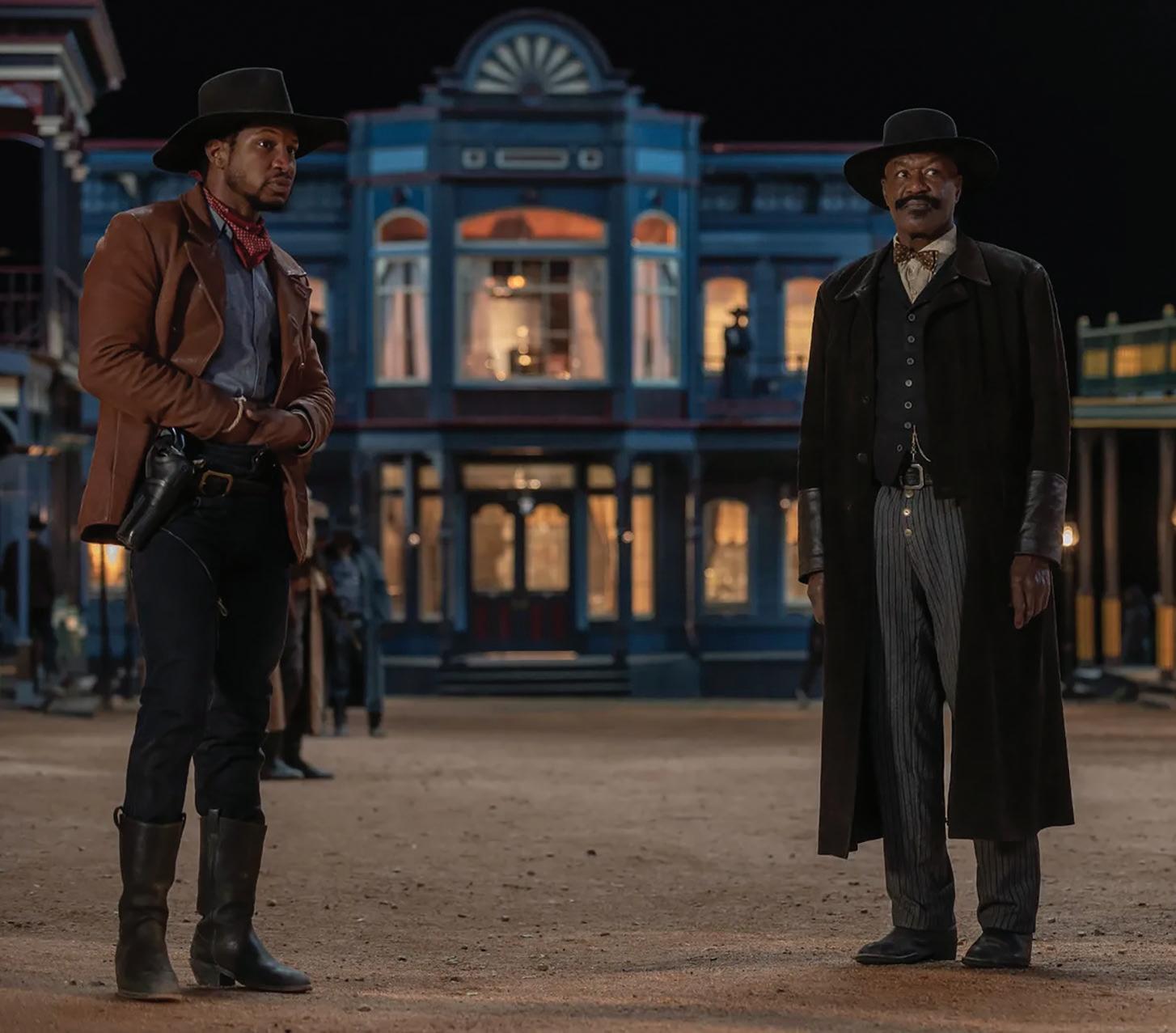
Continued from C1
However, the names alone are how the hip-hop generation pays homage. Artists often assume monikers of both real people and fictional characters, but the narratives are their own.
No one expects David Banner to rap about “The Incredible Hulk” or Foxy Brown’s flow to include famous lines from Pam Grier movies.
Besides how the characters are named, the film’s pace, the cadence of the dialogue, and the music are also liberties taken to flex Black culture seasoned to satisfy the hip-hop generation’s palate.
Along with cowriting (with Boaz Yakin) and directing
credits, “The Harder They Fall” is scored by Samuel, also known as singer/songwriter The Bullitts. Though more focus on the Black music from the time period for which the film was set would have been appreciated, the original music are certified bangers from hiphop royalty such as Lauryn Hill and Jay-Z – who was one of the film’s producers. The soundtrack also featured music from Samuel’s big brother Seal. Reggae, Negro Spirituals (for which Samuel enlists the famed Fisk Jubilee Singers), and AfroBeats are incorporated into the musical mix. A thrilling fight sequence that played out to the sounds of a Fela Kuti classic was especially tantalizing. Samuel’s star-studded cast understood his assignment to make a western for the culture. Idris Elba was understated but
effective in his performance as Rufus Buck, and while the permanent half-cocked smile on her face didn’t match the nefarious nature of her Trudy Smith character, so was Regina King. It was almost as if there was an understanding among them to step aside and let the actors in the cast, who are either emerging or overlooked, have the spotlight. Jonathan Majors accepted the challenge as Nat Love. Zazie Beetz was serviceable as Love’s on-againoff-again Stagecoach Mary, offering just enough for Majors to respond to her with an overload of raw emotion. LaKeith Stanfield’s Cherokee Bill further establishes him as infectiously captivating on screen. Deon Cole made the most of his limited screen time as Buck’s friend-turned-adversary Wiley Escoe. Edi Gathegi’s Bill
Picket was an impressive statement of his capacity to hold his own among a heavy-hitting ensemble. Aside from Delroy Lindo – who deserves the MVP award for his nuanced portrayal of lawman Bass Reeves – was the least known of the core group that deserves the highest praise. RJ Cyler as the quick shooting Jim Beckwourth and Danielle Deadwyler as Stagecoach Mary’s dutiful sidekick Cuffee managed to steal every scene they appeared in, and seeing Cyler and Stanfield square off was a testament to their respective magnetism.
“The Harder They Fall” opened in theatres on October 22 and will stream via Netflix starting Wednesday, Nov. 3. The film is rated R with a running time of 137 minutes.

